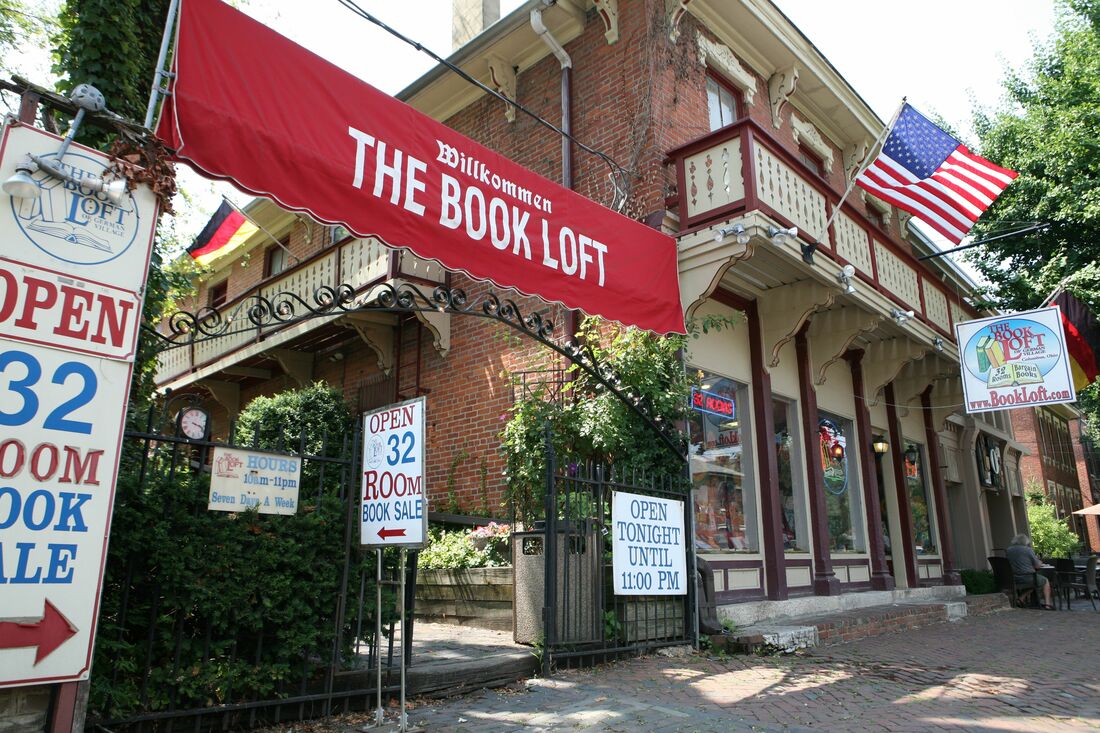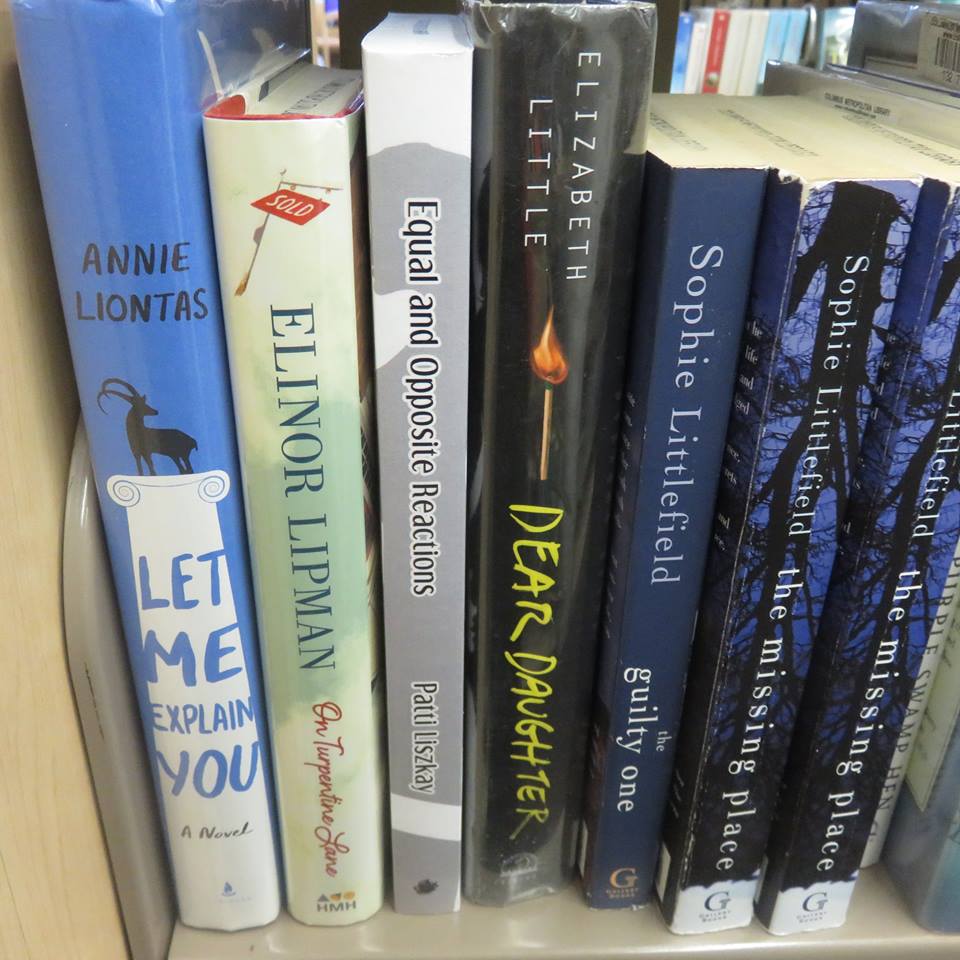|
My friend Marianne asked why there are so many more pilgrims on the Camino this September than last time we were here in September two years ago . A couple of hospitalieros we asked about it both said that, as the summers have been so hot in recent years, the crowds are starting to come in May and September, with the numbers 'way down in the hot summer months. So I guess now the formerly busy summer months are the best time to come to avoid the crowds. But I can tell you of another recent phenomenon that has to be contributing to the pilgrim jam: the Americans have arrived. When Tom and walked the Camino two years ago it was rare to meet an American along the way. Now every other person you meet is American. I'm not at all exaggerating. One young American pilgrim I met mused that all the interest among Americans in the Camino bloomed when "The Way" came to Netflix. "When something comes to Netflix, the whole culture changes," she said. Yesterday morning we set out from Circueña and on the way we saw the lovely, ethereal illusion called cloud islands that occurs in the mountains when the morning clouds float below the mountain tops so that the mountain tops look like islands in the sea. We stopped for brunch in the town of Santo Domingo de la Calzada- we've taken a hankering to a plate of sunny-side eggs, potatoes and bacon a few hours after our usual 7 am typical Spanish breakfast of tostada, which is also very good, Anyway, Santo Domingo de la Calzada is a tourist spot where people come to visit the 13th century cathedral. When we reached the town of Grañon, 13 k's from where we started, we decided to call it a day. We arrived in Grañon a little before 2 pm and the first albergue we tried was already full from pilgrims who's made reservations. We headed on until we arrived at the Casa de las Sonrisas, The House Of Smiles, ....the arty albergue owned by hospitaliero Ernesto, ...who takes in and feeds homeless people as well as pilgrims and so doesn't stamp pilgrim passports soa as not to distinguish between the more and less well-off. When we entered the albergue and asked the hospitaliero if he had any beds he pulled aside some curtains on the wall just inside the entrance, ...and showed us all he had left, three mattresses on the floor. He said we could have the whole room to ourselves. Camino Karma comes through yet again! We jumped on his offer, but insisted that if another pilgrim came in who needed a bed of course they could stay in "our" room. Over the course of the aftenoon several pilgrim couples came in and - in the caring way typical of the hospitalieros - to each he offered that one could sleep on the mattress and one could sleep on the sofa in our room, but they all turned down his offer, even though by then there were no more albergue beds left in town. Maybe they wanted to try the hotel down the way. Once a group of four pilgrims came in and he offered them the mattress and couch in our room, the couch in the hallway, and the couch in the living room, ...which was comfy enough, I thought. But this group, too, decided to seek greener pastures. I hope they all found beds somewhere. Late in the afternoon an exhausted Danish pilgrim, a lovely woman about our age, came dragging into the Camino. She was thrilled to share our space on the floor, and so we finally had a roomate. Anyway, this is the cutest, most whimsical place. The living room has a fireplace, in which the hospitaliero had a nice, cozy fire burning. Here's the garden, where we could wash out and hang our clothes, The walls were covered in Ernesto's art work and pilgrim graffiti. There's only one bathroom and one shower in then whole albergue, but as there were only 15 of us, it all worked out.. Ernesto doesn't charge a set fee, but asks for whatever we're willing to give for a bed, a dinner that he requires all the pilgrims to eat together as a family, and breakfast in the morning. A few minutes before dinner Ernesto came into the living room where most of the pilgrims were gathered chatting around the fire, ...and told us we all had to go outside. As we stood in a circle outside the albergue the hospitaliero told us that the baker next door had our dinner ready but that she wouldn't give it to us until we gathered into groups by our language and each group sang a song in their language. It turned out the languages represented among us were English, German, and Danish. I suggested the English speakers sing "He's Got The Whole World In His Hands", so we did. The Germans sang "Oh Tannenbaum", and I'm not sure what our Danish friend sang. But it was fun. After the singing our hospitaliero called for five volunteers to go onto the bakery while the rest of us waited outside. A few minutes later the volunteers came out with trays of food,.. ...in mandatory wigs.. The volunteers carried the food next door to the albergue then we all sat down to a dinner of potato and canned tuna soup (an acquired taste, I fear), lentil soup, baked potatoes, baked squash, salad, fresh bread, and fresh figs for dessert. After dinner the pilgrims cleaned up and washed the dishes. Tom and our young Camino friend Susan Each evening Ernesto prepares for dinner whatever he can afford to buy from the contributions left by the pilgrims the day before. Sometimes the pilgrims don't leave enough for him to buy food for the next night's dinner. We left him 60€.to help with tonight's dinner.
2 Comments
View on the way from Najera to Cirueña. It had been our plan to walk 21 k's - about 12 1/2 miles - from Najera to the city of Santo Domingo de Calzada, but 15 k's later when we reached the small town of Cirueña, my body parts were ready to stop for the day. So when we saw this sign while walking through the town, ....we followed it off the beaten path to the Albergue Virgen de Guadalupe, which turned out to be a homey, cozy, lovely little place., .....run by the nicest hospitaliera, here in his kitchen/office., ...and his two sweet old dogs. For 7€ each we got our own room, ...with this view from our window:: ...that is, before it started to rain. Unfortunately, as soon as our hospitaliero washed our laundry for us with the plan that we'd hang out our clothes to dry in the sun and the wind, the weather changed suddenly and it started to pour rain. But no problem, we just hung our wet clothes up all around our room. The walls of the albergue are decorated with the hospitaliero's art work and he built a little chapel in the attic for the pilgrims to use. Our hospitaliero, while he prepared dinner, played lovely,soothing classical music: Mozart's "Theme From Eliva Madigan", Bach's Arioso", a Baroque Adagio. Dinner was 7€ each, for which he cooked us a delicious lentil and chorizo stew and for dessert there was yogurt served with the hospitaliero's scrumptious home-made fig preserves. After dinner we sat around in the living room with a very nice Dutch couple and discussed among other things, politics, Tom's pit bull bite, and the problem with pilgrims reserving all the beds in advance. Like us, these pilgrims don't believe in calling ahead to reserve a bed, It's okay for those who want to do it that way, but we agreed that for us it's not our idea of the spirit of the Camino. In any case, we were all grateful to have been led to this little place. It was very Spirit of the Camino. Oh, Marianne - as I'm now about out of computer time, I'll comment tomorrow on theories as to the pilgrim population explosion on the Camino.
Cindy asked in a comment if there were pilgrims sleeping on park benches and in the streets when there's no room at the albergues. I can answer that no, I've never seen a pilgrim sleeping outside in a public place for want of a bed, though once on our last Camino when there were no beds in one town one of the hospitalieros was letting pilgrims sleep on the concrete sidewalk in front of the albergue if they wanted to and use his facililities for free. I can also tell you that the hospitalieros do jump through hoops to try and find a bed for everyone, even if it means putting us up in their own homes or calling a neighbor to take us in. But if there are no beds to be had I guess the bedless pilgrims would have to taxi to the next town that had beds. And not only are the albergues running out of beds but sometimes the restaurants are running out of food and have to turn people away. Other times they'll just offer whatever food they have left. But in spite of the crowded conditions and even a bit of bed-panic that was running along the Camino yesterday, there's still a wonderful spirit of caring and concern among the pilgrims for the welfare of their brother and sister pilgrims, ...and we all do what we can to help each other along. And the state of pilgrim jam is only in the albergue towns; out on the Camino there's plenty of solitude and peace and space to be alone with your thoughts. Anyway, yesterday we walked about 18 k's from Navarrete to Najera. As we're now in the La Rioja region, wine country, the path is lined with vineyards. The grapes looked so beautiful on the vines, ...that I felt tempted to snitch a few but didn't because I think it's wrong for the pilgrims to steal the farmers' grapes. We stopped in the town of Ventosa and went into the town bar, ...where we had the most magnificent breakfast we've ever had on the Camino or maybe anywhere: a plate of salad, fried eggs, french fries, Spanish bacon and, of course, a basket of bread to mop it all up with. At around 2:30 we arrived in Najera, a pretty medium-sized city that in any case appears to be kind of down on its luck. Of the four private albergues in town one was already full because of pilgrims booking ahead their reservations and the other three appeared to be out of business. At the municipal albergue there was a long line out the door. So we walked back towards town and found a hotel, which was also out of business. But across from the hotel we found a hostel, the Hostel Hispano, which we figured was probably our last option, other than going back to the municipal, getting at the end of the line, and crossing our fingers. In her comment yesterday my sister Romaine said that Tom and I must have good Camino Karma because we keep getting the last or almost the last beds in every town. Well, our Camino Karma must have been in play again yesterday as, once again, we snagged for 50€ the last double room in the hostel, seconds ahead of the folks behind us. The Hostal Hispano. These fortunate pilgrims had a reservation. But Tom and I have decided that we are not going to join the albergue-reserve-ahead crowd. Well, we can't anyway since don't have a phone. So we're going to just stay calm, have faith, trust our Camino Karma, and accept that the last part of our journey each day will be the search for a bed. And whether we end up with a 7€ mattress on the floor or have to spring for a 50€ double room, we'll take whatever comes our way. Was this a sign we saw yesterday? Today we walked 22.7 kilometers from Viana to Navarete where, once again, we managed to get beds just by the skin of our teeth. It's that the Camino is so crowded. July has always been the most crowded month on the Camino with the numbers traditionally winding 'way down in September since most albergues, close for the season in November., But apparently this September the number of pilgrims has skyrocketed, leaving July in the dust, not mention June and August. Subsequently the albergues, hostels, pensions and hotels in every town have been jam-packed, and unless one arrives at one's destination town early in the afternoon one will find oneself scrambling for a bed. Unless, that is, one has called ahead and booked one's room in advance, which a lot of pilgrims, young and old, are doing on their smart phones. Anyway, today we crossed from the Kingdom of Navarra, Basque Country, into the region of La Rioja Spanish wine country. Along the way we passed through Logrono, a big, busy, pretty city.. Logrono kind of reminded me of Boston in that the cars stopped for the pedestrians crossing the street; In New York, Chicago, Madrid, they'll run you down for a nickle. But in Logrono and Boston they'll stop for you. We stopped for lunch at a nice Paneraesque cafe with a name that even sounded like Panera: Panaria. We had the 4.50€ lunch special: a generous slice of French bread Spanish ham and vegetable pizza, a soft drink and a coffee. When the cafe owner caught me snapping photos of the yummy desserts we ordered, ...she came over and started talking to us. Turns out she was a flamenco dancer in New York City years ago. She then returned to Madrid where she opened a flamenco dancing school. But she recently sold her school and she and her husband came to Logrono and opened this cafe. The owner is on the end, dressed in black. After lunch we had another 12 long kilometers to walk to Navarrete, and when we arrived at around 5:15 pm we met first one pilgrim in the street,then another, who told us there were no beds left in town. The first albergue we tried was filled, and even the town's 3- star hotel had a completo sign in the window. But as we were walking down the street still looking for a place we passed a bar where a group of our young Camino friends were sitting outside on the patio. There was an old man sitting with them. One of the youngsters called to us and told us that the old man sitting with them was the hospitaliero of the municipal albergue next door and that he was just telling them that although he had no beds left he had a couple of mattresses left that he cold set up on the floor. The boy, a Spaniard who spoke wonderful English, said if we wanted the mattresses he'd ask the hospitaliero for us. Long story short, we grabbed those mattresses. Turned out that although the hospitaliero had the mattresses setting up against a wall,, tbere really wasn't any floor space to lay them down in the already crowded dorm room. So we laid them in the aisleway along the top of the stairs.and hoped nobody would trip over us, which, fortunately, they didn't. While we were setting up our space a young Danish pilgrim we'd been chatting with along the way came into the room.
"We got the last beds in the room," I said to him, assuming that he, too already had a bed. "No," he said, looking around the room in confusion,"My friend and I just arrived and the hospitaliero told us we could sleep on mattresses on the floor up here." Now, there was really not a spot in the room upon which to put even one more mattress, let alone two. "Know what?" I said, "why don't we just move the beds closer together?" So we did, and two more weary pilgrims had a place to lay their weary heads for the night. And so we were packed in like sardines, and the co-ed showers had no latches and there were no shower heads so the water came out from a pipe in the wall in cold 30-second spurts. But still, except for one Italian pilgrim who was ah-fungooling all night long, we were a cozy group of happy campers. Susan, yes, it probably was in Los Arcos where Chris and his friends cooked dinner, as the municipal there did look like a big, nice place - we couldn't get in, though, it was filled - and probably had a nice spacious, well -equipped kitchen and dining area as many of the municipals do. Yes, buying food from the supermercado and cooking up a meal was a smart idea on the part of Chris and his friends. In response to my friend Birdie's observation that my backpack doesn't look light: actually, it does fell a lot heavier this time than last time, The computer I brought along this time has, unfortunately added about 3 pounds by the time you add the protective case bought I bought and the charger. And, small as it is, it takes up space in the backpack and kind of squishes everything together. And then there's the half-dozen rolls of TPand all the little jars of vaseline I also had squished in there But read on. Yesterday we walked another 19 k’s from Los Arcos to the town of Viana. Though the trail was much hillier today, with some inclines and descents, today’s walk was much easier for me than yesterday’s. This may be because yesterday morning I removed from my pack the Giant Eagle shopping bag I’d been using to tote laundry in and in it put a spare pair of socks, my camping pillow, my extra toothbrush, about half-dozen wooden clothespins, my bottle of sunscreen (Tom has a bottle, too), my wrist brace, a pair of free earbuds I’d gotten on the train from Madrid to Pamplona to use for the movie (Spanish trains show free movies), and one roll from my TP stash. I then left the bag of stuff on the “help yourself” shelf in the albergue. Next I removed two of the three remaining rolls of TP from my sack, gave one roll to Tom to carry and stuffed the other roll, flattened and minus its cardboard center, into one of my side pockets. I also removed a couple of my small jars of foot-Vaseline and shoved those into my side pockets, as well. My backpack now felt lighter than it had been the day before. But now, with all the new stuff I’d just stuffed into my side pockets along with all the stuff already in them, I was now definitely the hippiest Pilgrim on the Camino. But my back felt better. Anyway, a few kilometers outside Los Arcos we passed a flock of sheep within which some of the big-hornedrams were having a head-butting tournements. They'd separate, then run towards each other.and bump heads. Then they'd separate and run together again. They reminded me of football players. Off to the side some young lambs whose horns hadn’t yet developed were also practicing their head-butting. I guess they were the junior lamb league. Lamby see, lamby do, right? After we’d been walking for about two hours we passed through Torres del Rio, the last town until Vienna, about another four hours away, though we didn’t realize it was the last town, otherwise we’d have bought some provisions for the way.. After a few more hours we had our eyes pealed for a little town where we could get some , but of course there weren't any. But we did pass a pilgrim rock-garden where pilgrims piled rocks and stones for their prayers and intentions. Lunch time came and went and we were beyond ravenous with nothing on the horizon but fields and mountains off in the distance. Then suddenly on the crest of a hill in the middle of nowhere there appeared, like a dessert mirage, this: A lovely man and wife from Vilna drive up to this hill every day to set up this little Oasis called Casa Lucia to sell grateful pilgrims cold drinks, snacks,and the most delicious ham and cheese canines, with a panini machine powered by a generator they lugged up to this place. The man told me does this because he was a pilgrim, too, having walked the Camino twice. When we got our food the couple’s little dog Foo-Foo became our best friend, especially when I shared. Little Foo-Foo sure loves her some ham and cheese panini. When we arrived in Viana, a beautiful, hilly town with architecture dating from the middle ages and the place where César Borgia was killed in battle, though I don’t know the details, as HBO just had to go and cancel the “The Borgias” after the second season, Anyway, we headed for the same albergue we'd stayed at last time, the Izar, a big, modern building with bunks for 8€ or, a new option, private doubles for 40€, of which we snagged the last one. It was by luck that we happened to be in Viana at this time, as this week is the running of the bulls here. Every evening is a big fiesta, and the streets ar filled with people, especially the youngsters, dressed in the traditional bull-running costume, white tee-shirt and pants with a red neckerchief and red sash belt. There were costume-structures of the festival characters that the children could climg into and dance around in. It was so sweet.. For dnner we got our 9.5€ yummy-as-usual pilgrim meal at a little bar on a tiny street Then after dinner we returned to town to watch the running of the bulls. The main street was barricaded off and the crowds watched as about a dozen bulls the bulls ran up and down the street. Several teen-aged boys participated in the sport of running with the bulls, that is, running ahead of the bulls with the purpose of out-running them. Happily, all the boys did. My Facebook friend Susan asked if I would share what motivated me to do the Camino a second time. Wow. That’s the question I’ve been asking myself ever since I decided that I wanted to do it again. What made me want to walk the Camino the first time was the movie “The Way”. Of course the movie made the journey look much easier than it actually turned out to be, at least for me, so that after I returned from the Camino I swore I’d never again put a backpack on my back. But then about a year later I started thinking about the Camino again, as if were calling to me. I found myself wondering how it would be to do the Camino a second time, just one more time. I guess I think of walking the Camino was kind of like going through childbirth: afterwards you think, boy, I never want to go through that again, but then two years later there you are, doing it again. I guess what I’m saying is that I don’t really know why I wanted to walk the Camino again. I just did. Anyway, yesterday we walked 19 kilometers – about 11 ½ miles – from Ayegui, the suburb of Estella where our albergue was located, to Los Arcos. The walk wasn’t terribly hilly or rocky, but, boy, did it feel long today But,as always, there were some lovely views. A short way outside of Estelle we passed the famous Irache Wine Fountain, a spigot in the wall of a winery we from which pilgrims are invites to fill their scallop shells with wine to fortify themselves for the road, which is great if you like drinking wine at 9 in the morning when you have ahead of you a 7-hour walk carrying a 20-pound backpack. Fortunately there was also a water fountain, of which most of us pilgrims availed ourselves Along the way we also hit the mother lode of sweet blackberries, of which we pilgrims also availed ourselves. We stopped for lunch in the town of Villamayor de Monjardin where we had the most delicious and ingenious- tortillas, kind of a tortilla sandwich with tomatoes, lettuce, and melted cheese (not sure they melted that cheese) between two “slices” of tortilla. A Spanish tortilla, by the way, is like a crustless potato and egg quiche, though other ingredients are often added. Like tuna. At lunch we got into a conversation with another pilgrim, a friendly young Australia woman who told us she first began to feel the call to walk the Camino several years ago. I asked her how her journey was going so far. “Well,” she replied, “It’s not always mystical, but it’s always magical.” I think she nailed it When we arrived at Los Arcos, a small city with a lovely square bordered by a cathedral on one side and a row of restaurants on the other, ery albergue we stopped at was completo – full – until we came to the last albergue on the edge of town, the Casa Alberdi, a small albergue that looks like it was once a big lovely home with a court yard and where the albergue entrance and common room is in the converted garage. The hospitaliera told us that there was nothing left except mattresses on the floor. Perhaps our faces showed our distress, because she then offered us, for 45€, a private room with a “matrimonial” – that means double – bed. We grabbed it. The hospitaliera then led us up some steps to a side entrance into her family’s living quarters. The room she gave us looked like it belonged to a teen-aged girl. We figured her daughter was probably on the phone with her friends, complaining about how she had to sleep on the couch again tonight so some stupid pilgrims could have her bedroom. Trying to find some dinner in the town of Los Arcos was an ordeal last time we were here. This time was no better. There were no seats at the indoor or outdoor tables of t any oc the restaurants in the square. We walked around and found a few bars that sold sandwiches, but the bars were all jammed, and we found another nice-looking restaurant in a nice-looking hotel, but the hotel had a completo sign in the window and the server said he couldn’t serve us, the restaurant was completo, too. The whole town was over-run with pilgrims. So we walked back to the square to see if there were any free tables. There weren’t. We walked into one of the restaurants and the harried server told us there were no seats inside, try outside. Just then an old gent sitting outside the restaurant pointed out one lone 2- seater table in an obscure, rather hidden spot. He told us to go sit there then he called to the server and let her know that we were sitting there. The server eventually came hurrying over to us, apologizing for the wait, took our order, and about half an hour later we had our meals, a delicious seafood paella for me and a delicious sausage and mushroom paella for Tom, served up with more profuse apologies from the waitress. I figure she must run from table to table apologizing to everyone all night long. an Anyway, I asked our server if this was a busy night or if the restaurants were this busy every night. Every night, she replied, and every day, all day, morning to night. “But it’s good for the boss,” she said with a smile, “and good for me, too.” Los Arcos at night. The unwritten rule that eveyrbody in alberguedom knows is that in the dorm rooms lights go out at 10 pm and are turned back on again at 7 am or whenever all the pilgrims are up, whichever comes first. If someone wants to be up and at 'em prior to 7 am or before all the pilgrims in the room are up, etiquette requires that one gets one's things together as quietly as possible by the light of one's torch, which is what Tom and I have taken to calling our flashlights in the manner of our British brethren. One's torch is a critical piece of equipment on the Camino. But anyway, yesterday morning some pilgrim with ants in his backpack flipped on the light in our dorm room at 6 am. Not cool, but it did get us moving and subsequently we got off to an early start. Yesterday was our easiest day so far as we walked only the 10 k's - 6.6 miles - left between Lorca and Estrella and the path was fairly level for a change. Estrella is a good-sized city with an old monastery, ...and a not-quite-as-old church. We decided to walk through the city to the next suburb over, the small town of Ayegui, where we stayed at the most awesome municipal albergue, the San Cipriano de Ayegui. I know I've already declared the municipal in Villava outside Pamplona to be the best municipal on the Camino, but I think this one is at least tied for first place, if not possibly inches ahead. The San Cipriano albergue is in the basement of a big, modern indoor recreational soccer stadium. The dorm room was so homey, and cozy and - miracle of miracles - most of the beds were non-bunk beds! Because of our unintentionally early start, Tom and I were the first ones of the day to arrive at the albergue. We arrived at about 12:20, and the albergue didn't open until 1 pm, but the friendly hospitaliero saw us poking our noses outside the glass door and let us come in and register, pay our 8€ fee .and pick out our beds. Of course we went for single-deckers. The showers were great: clean, plentiful, and - hooray - gender segregated. And the was a bench outside the shower area to leave your clean clothes instead of having to hang them ove the shower door where they get wet from the shower spray. The only minor detail is that the shower stalls have no doors, ....and so you have to do a little walking around in the buff, I heard one of the French guys call to his friends, "Guys, the showers are college-style!" After we'd gotten our beds and unloaded our backpacks we walked through the town a bit looking for somewhere to eat lunch. We found a nice bar where we had tuna and vegetable quiche sandwiches. My siblings, I know you will appreciate the irony of me eating a tuna and vegetable quiche sandwich in Spain. When my sibs and I were young we thought our mother's tuna-veggie quiche was an aberration of nature. Over here Mom's dreaded quiche would have been a huge hit. The Spaniards love tuna in their quiche. They love tuna in everything. I'm starting to love tuna in everything. By the end of the day the albergue had completely filled up, One of our dorm-mates was a young German woman who had been in Afghanistan with the International Police helping to train the Afghan police. She said it was a very interesting, satisfying experience and she hopes to do more international police work. For dinner we ate the 10€ pilgrim meal, mixed salad (with tuna in it, of course), chicken filet and french fries, creme brulee for dessert. We ate dinner in the stadium restaurant which over-looks the soccer floor so we could watch the game going on between the local teams. The young guys reminded me of my soccer-player son Tommy and his friends. Funny, in spite of our language and cultural differences, how much the same we all are.
A couple of days ago when we were climbing the Alto de Perdon – the Hill of Forgiveness – I walked for a bit with a woman from Australia who was carrying a pair of boots. I asked her if she’d brought two pairs of boots with her. She said no, that the boots she was carrying were her boots and they’d been giving her feet grief and blisters from the start. The boots she was now wearing she’d found a little way back sitting by the last scallop shell marker.
The woman believed that that day would be her first blister-free day, and so at that moment she was quite a happy, thankful pilgrim. She was therefore intending to leave her own boots at the next shell marker in hopes that maybe her boots would be the answer to some other pilgrim’s prayer. Many pilgrims are walking the Camino as a spiritual journey and we’ve met pilgrims who are walking for a special intention. I’ve met two who’ve said they are walking as a penance for something they've done in their lives and that they hope to find absolution at the end. A Chinese-American lady told me she was walking in repentance for having been a “Tiger Mom” to her now-grown children. I also heard an obviously very religious middle-aged American lady telling a middle-aged British man that she was walking the Camino as a prayer to God for the poor. While I found her intention a very kind one, I couldn’t help but wonder how this woman hiking 490 miles across Spain could possibly alleviate the plight of the world’s poor. Nor can I conceptualize God in that way, like a parent who gives all the food to the first child and will only feed the second child if the first child walks around the block 50 times. So to speak.. Yesterday I walked a while with my Camino friend Lulu, a middle-aged Zulu woman from Cape Town, South Africa. A Camino friend is someone you meet along the way, connect with, then continue to meet up with at the albergues or walk with now and then as long as your pace coincides. After a few days your paths will diverge, then you’ll separate and you’ll each make new Camino friends. Maybe you’ll meet up later along the way, and you’ll be happy to see each other again. Anyway, Lulu and I were chatting about that most common topic of conversation among pilgrims, the state of our feet, when Lulu recollected that she didn’t get her first pair of shoes until she was 10 years old, and that first pair of shoes was a pair of blue flip-flops. Lulu said that she dearly loved those blue flip-flops and her heart’s desire was to own a pair of red flip-flops, too, but in those days another pair was out of the question. But today her son has a university degree and a good job and her daughter, too, is in university. Yesterday we walked about 12 uphill kilometers over some killer terrain from Puente La Reina to the town of Lorca. It had been our intention to walk 20 kilometers -12 miles –to the town of Estella, but by the time we stopped for lunch five hours later at La Bodega albergue in the town of Lorca I’d hit the wall. So after a great lunch of seafood paella in the albergue café, .....I suggested – nay, begged – that we put down our sticks and packs in this spot and call it a day. And so we did. We’d stayed here on our last Camino, a really pretty place with stone décor, ....and, as we recalled, a terrific pilgrim meal. Last time we stayed here, though, the place was practically empty. This time, even though it was early in the afternoon when we registered, the albergue was almost full and soon would be completely full, as would be the other albergue in town across the street from ours. Later in the afternoon an exhausted, foot-sore pilgrim came dragging into the albergue, and when the hospitaliera told her there was not a bed left in town the girl began to cry and begged to be allowed to sleep on the floor. The kind hospitaliera let her sleep on the couch for free. Tom and I both had to settle for top bunk beds for 7€ each, but that was okay, we were grateful for a bed. We learned that, because of the strenuousness of the trail that day and the heat, we were not the only pilgrims to cut short their plans to bunk at Estrella and decide after lunch to just stay Lorca instead, which was probably why the albergue filled up so early in the day. That night at dinner - a delicious 9€ family-style meal of spaghetti with sauce followed by chicken legs with french fries, bread, wine and water and ice-cream sandwiches for dessert - we managed to be at an all-American table. It turned out that five of the six of us had started at Puenta La Reina, planned to walk to Estrella, and ended up stopping at Lorca instead.
One of our dinner mates, a recently retired Air Force officer, was beating himself up over, "wanking out", not being physically able to meet his distance goal for that day. The rest of us told him to let it go, that on the Camino it didn't matter where one started or stopped, or, for that matter, whether one even finished. And besides, he was in good company with the rest of us wanker-outers. Dinner at La Poseda in the town of "Z" The day before yesterday was a rather hard, mostly urban 16-kilometer trek from one end of Pamplona to the other and then across the beautiful campus of the University of Navarre, ...which kind of reminded me of the campus of Wittenberg University in Springfield, Ohio and where they stamped our pilgrim passport for us in the administration building. We walked on to the small town of Cizur Menor, the western suburb of Pamplona, where we stopped for a lunch of tortillas and bread, ....after which we were back in the countryside and where for the next two hours we slogged up a steep, hot, stony mountain until we reached our destination, the town of Zariquiegui,which no one could pronounce so I just christened it "Z" and I joked with the youngsters that we'd better hope there were no zombies there. We stayed a a cute little - emphasis on "little" albergue called La Poseda,. ...where for 20€ each we got a bed and a lovely 5-course dinner. The dorm rooms were pretty small and squishy, ...but the pilgrims were all friendly, happy campers. Eva and Kati from Dusseldorf Lulu from South Africa One couple from New Zealand told us that on the night they spent in Zubiri there was not a bed to be had in the whole town, and not even a mattress on the floor of the municipal gym was left. So they slept without a mattress on the gym floor! Not me, I'd have taxied it to the next town that had beds. But those two were newly-weds, so maybe their young love softened the hard floor. When I said all the pilgrims were happy campers, I neglected one exception: a group of six older French women whom I christened The French Not-Panera Posse because all they seemed interested in was bee-atching about the accomodatons and busting the nougats of everyone in their space. I witnessed one of them barking in French at the non-French-speaking hospitaliera, a hard-working girl who was flitting around trying to find beds for arriving pilgrims, work the bar and prepare dinner, Anyway, the Non-Posse lady was furious because the dorms were on the second floor and the potties were on the first floor and because one of the three showers in the albergue was located off the dorm room of the Not-Posse group so the pilgrims were walking through “their” room. Big whoop. Like the poor young hospitaliera had designed the building or could do anything about it. And those old gals weren’t carrying any backpacks but had luggage which they were having transported for them from town to town. I wouldn’t put it past them to be taxi-ing the whole Camino. But the rest of the pilgrims were super-nice. ...and seemed to be trying to be nice to and considerate of the young hospitaliera. Among the 36 pilgrims in the albergue there were few who spoke Spanish, so, using my French, survival-Spanish, and my few words of German, I became the albergue translator for the night. Pilgrims kept grabbing me to ask questions of the hospitaliera: what time is dinner? Is it included in the price? What time is breakfast? Is it included in the price? May we have some red wine? What time is the mail pick-up? I felt bad bombing the busy hospitaliera with all those questions, but she seemed to understand that I was just the messenger. In fact she, too, availed herself of my translating service. Apparently someone in the French Non-Panera Posse had stiffed the hospitaliera, not having paid for their room or dinner. The hospitaliera had me ask one of the French women if she had paid, or if she knew who in the group hadn't. But it turned out the hospitaliera had corralled the wrong French woman; this woman wasn't in the Posse and had paid. So I then translated the "I'm sorry's" as well as the "don't worry about it, no problem's" I hope the hospitaliera got her money. Then yesterday we left "Z" town and started the climb up to the Alto de Perdon - The Hill of Forgiveness. During the Middle Ages any pilgrim who made it up to that high point was granted by the Church a plenary indulgence, which was a special dispensation that set a person's sin-o-meter back to zero, and so if the person died at that moment they would die sin-free and so would go directly to heaven. However, if the person continued living for much longer they could, if they didn't watch their p's & q's, start racking up the sins again and so could end up spending the afterlife in The Tropics anyway, all that climbing having gone for naught. These days the Alto de Perdon is a famous spot for pilgrim photo-ops. We stopped for lunch at the town of Uterga, then traveled on for a total of 13 kilometers to the pretty town of Puenta La Reina, ...where we stayed at the Albergue Santiago Apostol, a large, modern, spotlessly clean albergue with 100 beds, but divided into cubicles of four beds each, which gave the place an open yet cozy feel. A bed in one of the four-bed cubicles cost 10€, but for 11€ one could get a 2-bed private room, which was the option Tom and I went for. For as crowded as the place was, the staff was friendly, helpful, and organized, especially with all the pilgrim meals - and delicious they were - that they had to serve. After dinner groups of pilgrims hung around the dining room chatting and socializing, ..and there showed up a foot-first-aid specialist and his nurse who travel up and down the Camino giving any pilgrims who needed it free foot care and advice. One sees much kindness along the Camino. On our way from Zubiri to Villava, the suburb of Pamplona that was our next stop along the way, I spent some time chatting with four delightful older French-speaking ladies from New Caledonia, a 30-mile by 120-mile island in the Pacific half way between Australia and New Zealand. They told me that New Caledonians love Americans because during WWII the Americans saved them from the Japanese. I felt glad that somebody out there still loves us. Anyway, these four ladies kind of reminded me of my Panera Posse, except that they’d started the Camino in Le Puy, France, had already walked 1,000 kilometers to St. Jean Pied-de-Port where we started, and they were now walking another 1,000 kilometers to Santiago de Compostela. I’m not sure the Posse’d be up for that. Not me for sure. Besides the New Caledonia Posse we also met along the way a British man who’d done the Camino in 2010 and has returned to stay and restore this 12th century church, ...a fellow and his donkey, ...two friendly Russian ladies who got a kick out of helping me with the few words of Russian I remember from college, and these little sweeties, ...who we met at the little cafe where we stopped for lunch. When we reached the town of Villava, about 16 kilometers from where we’d started, we headed, believe it or not, straight for the municipal albergue. Now, if Zubiri has the worst municipal on the Camino, Villava has the hands-down best one. The Villava municipal is in a big, beautiful, modern building, ….that looks out over a pretty river, 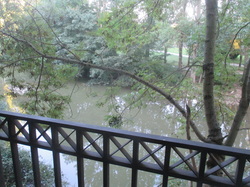 …and is so clean that it smells faintly like Clorox inside, a smell I happen to be quite fond of especially in the albergues along the Camino. And the staff was super-friendly and helpful. Hardly any pilgrims stay at this albergue because they tend to either stay at the famous monastery in the previous town or walk another 4 kilometers into Pamplona and stay there. Subsequently we had a 4-person room to ourselves with our own private bathroom which had a soap dispenser by the sink, paper towels and a hand dryer, and a rack in the shower to set your soap on. These things are very rare treats along the Camino. And though the shower had the standard button that you press to get 30 seconds of water (I counted) then you have to press for another 30 seconds, the water was hot and plentiful during each 30-second interval. Also not a given in the albergues. There was a washer but we had to hang out our clothes to dry from our second-story window. For dinner there was a café attached to the albergue where we had a delicious 8.50€ pilgrim meal, vegetable soup for starters, then a delicious beef stew, and for dessert Tom chose an alcohol-laced ice cream dish called “whiskey pie”. While I went, once again, for the rice pudding. We’d planned to stay at the Villava albergue for 2 nights – most albergues allow you to stay only one night but those in the big cities will allow you 2 nights – so that we could spend a day visiting beautiful Pamplona. Which we did: We also saw the little running man. At the crosswalks when the light turns green the little man starts "truckin'", then as the seconds count down he starts walking faster and faster until the last few seconds before the light turns red, during which time he runs. I love the little running man. We wandered around the city all day, took a brief nap on a park bench, then took the bus back to our albergue in Vallava. We rested up until it was time for another delicious meal at the albergue café – this time Tom had tuna stew made with fresh tuna, strange-sounding but really good, and I ordered this time a chicken filet -again, thin but juicy -with fries. After dinner we walked a quarter-mile through the town of Villava, ...to the monastery in the next small town of Arre, then we walked back. It was nice to have a day without backpacks. |
AuthorPatti Liszkay Archives
November 2015
CategoriesThe sequel to "Equal and Opposite Reactions" in which a woman discovers the naked truth about herself.
A romantic comedy of errors. Lots and lots of errors. "Equal And Opposite Reactions"
by Patti Liszkay Buy it on Kindle: http://amzn.to/2xvcgRa or in print: http://www.blackrosewriting.com/romance/equalandoppositereactions or from The Book Loft of German Village, Columbus, Ohio Or check it out at the Columbus Metropolitan Library
|
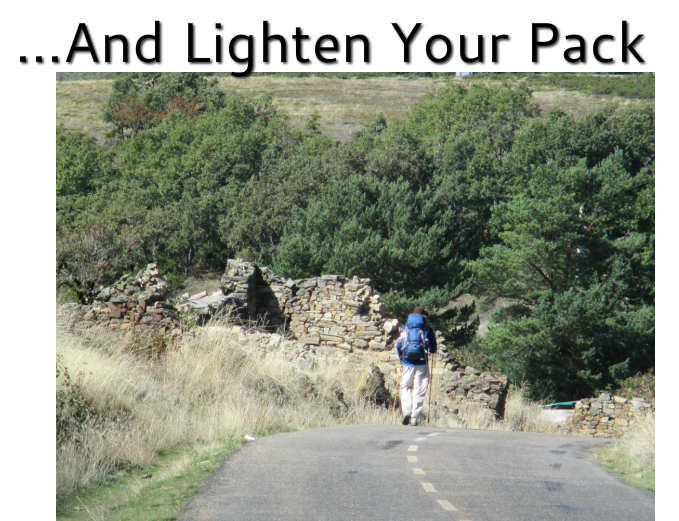
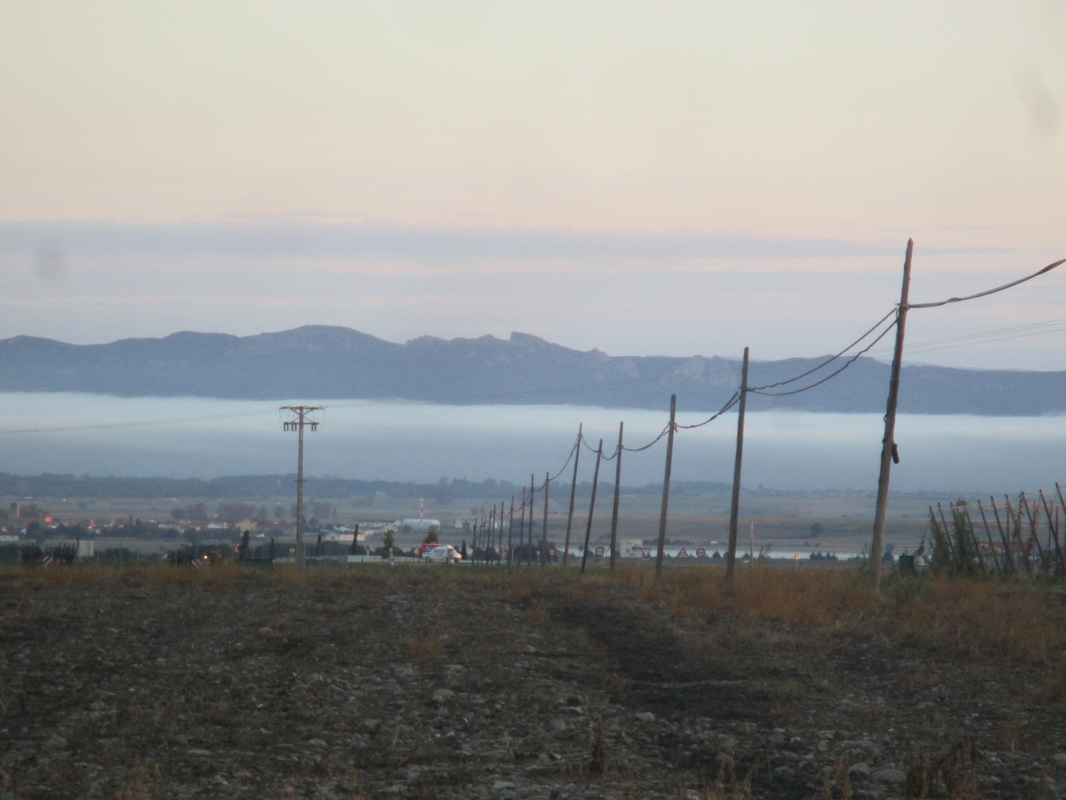
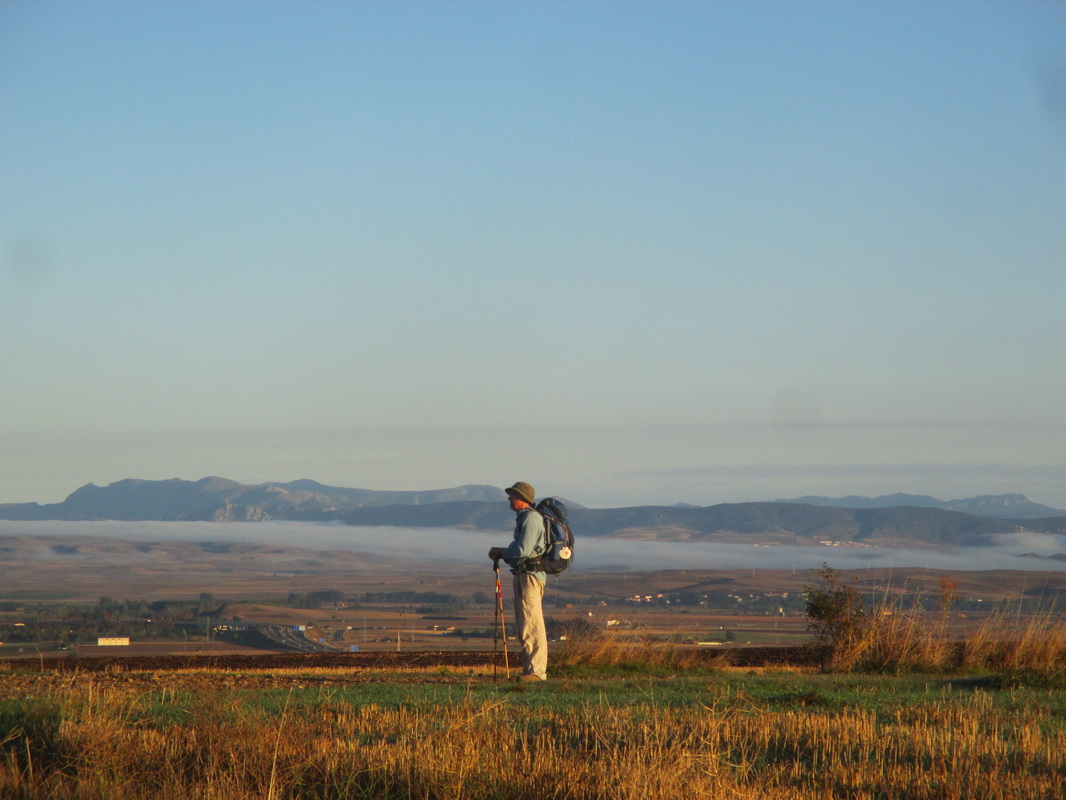
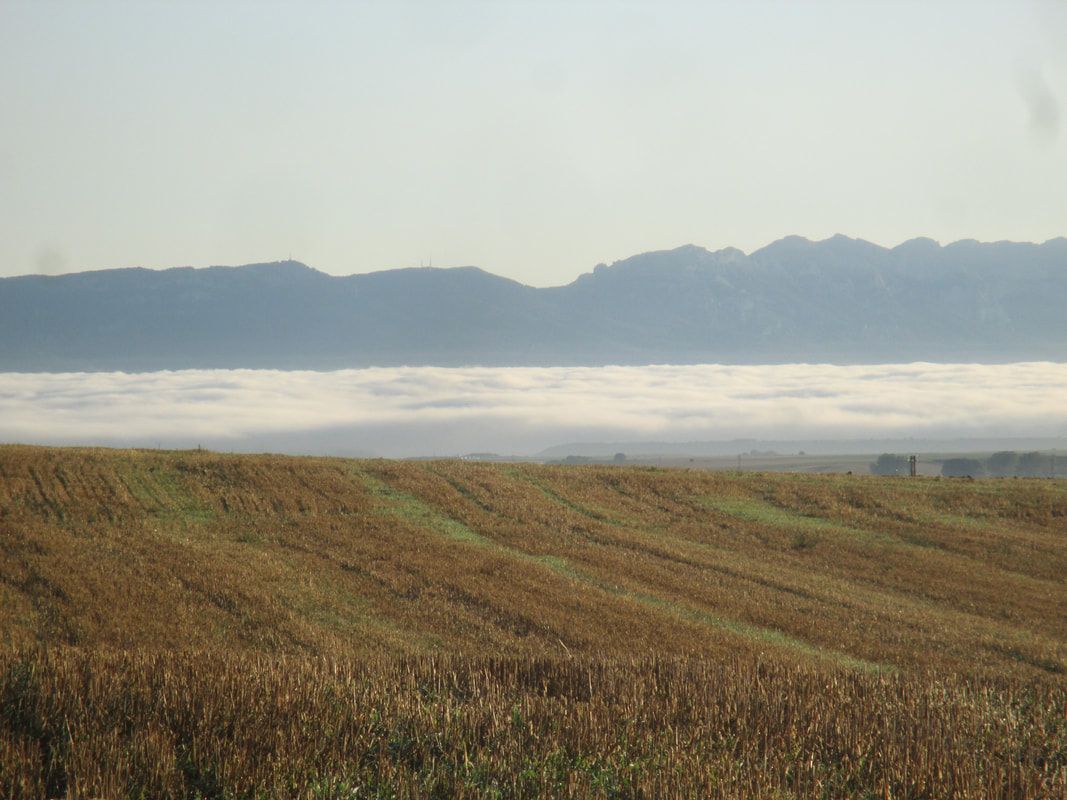
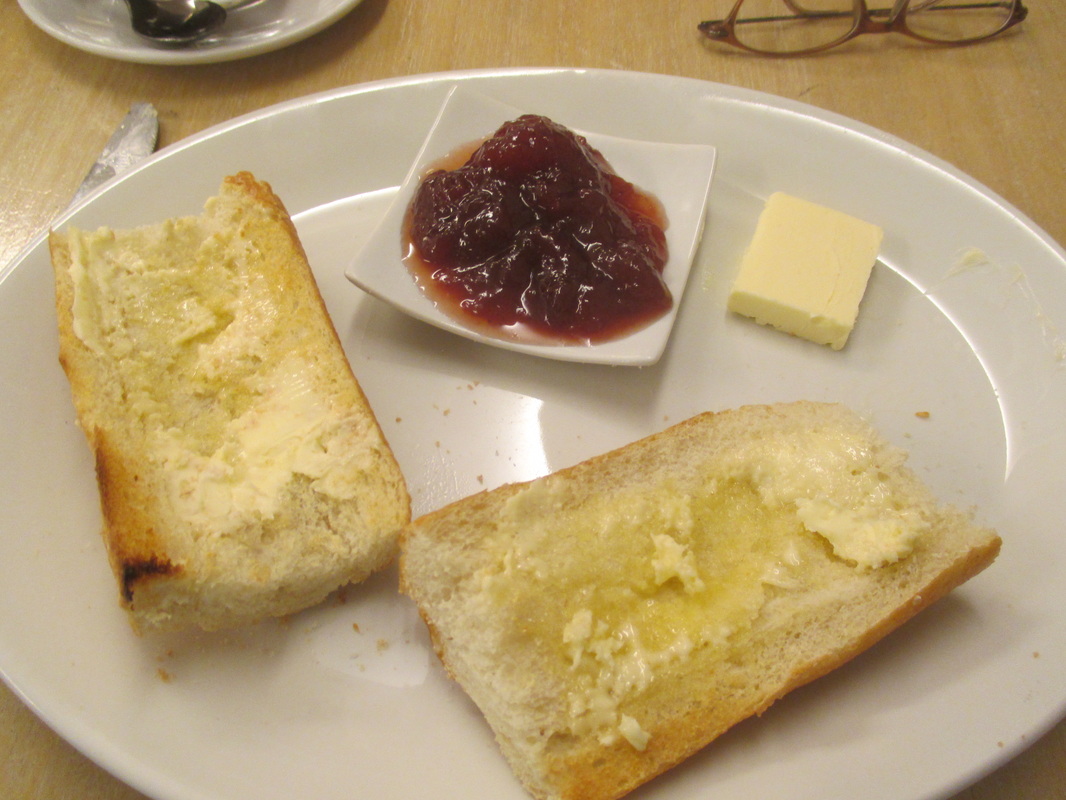
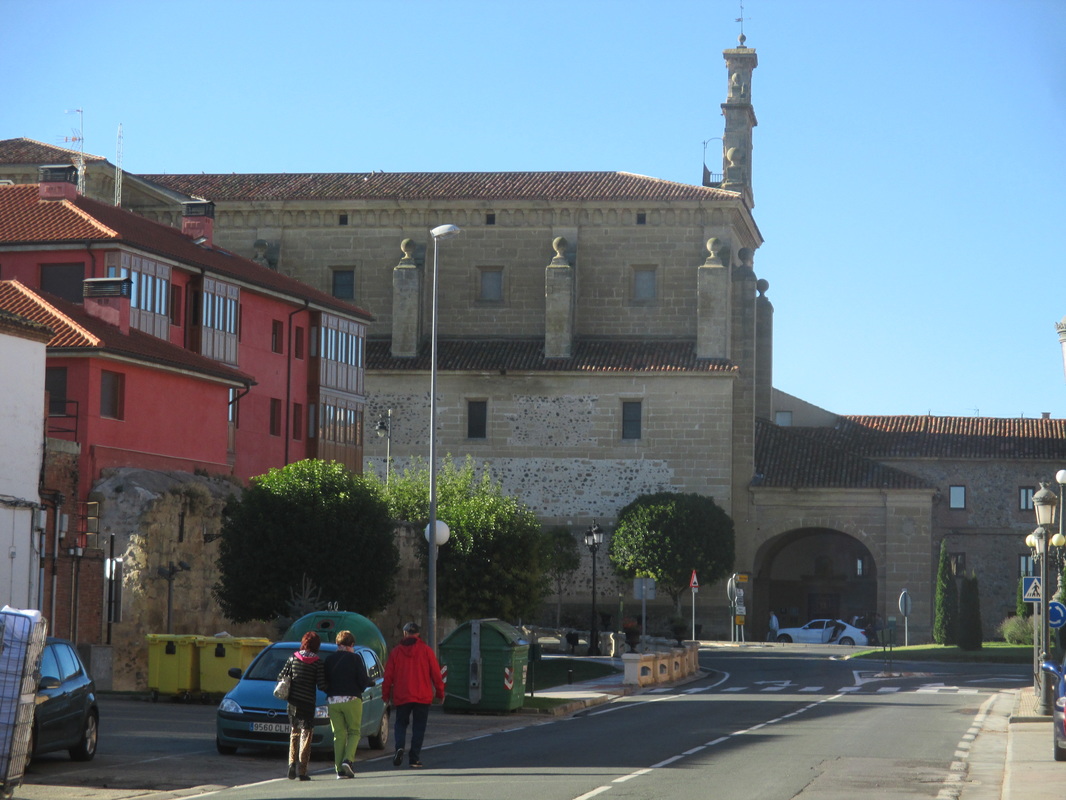
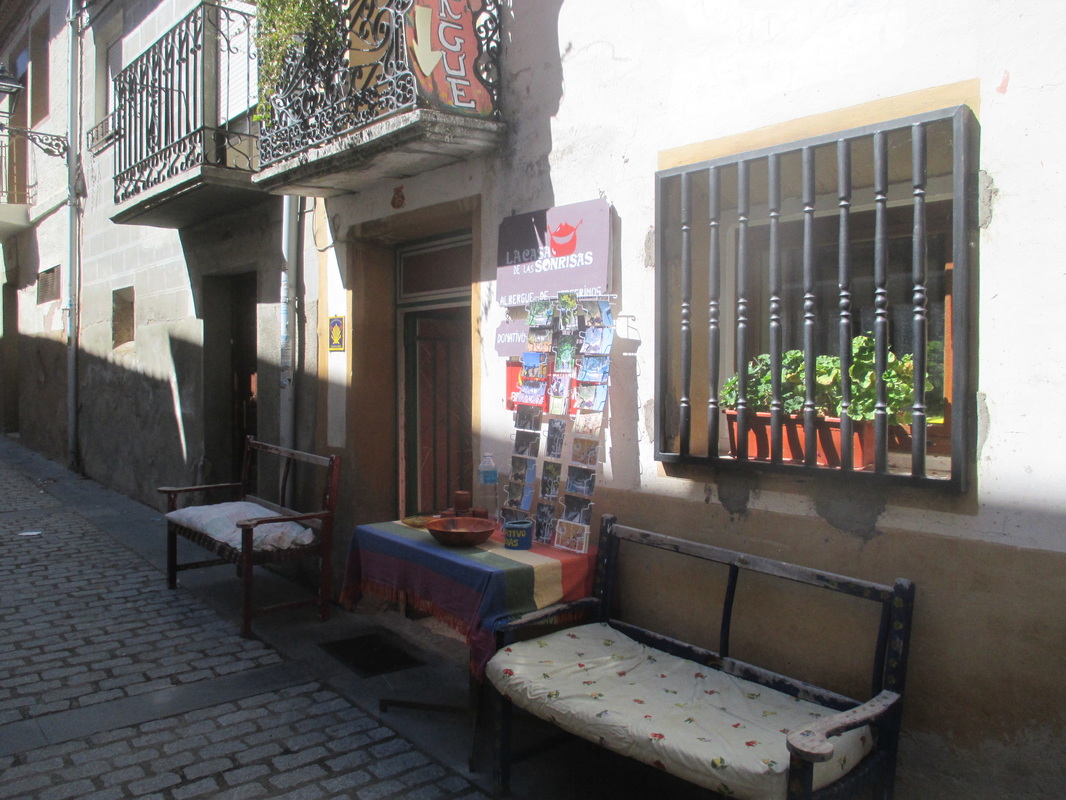
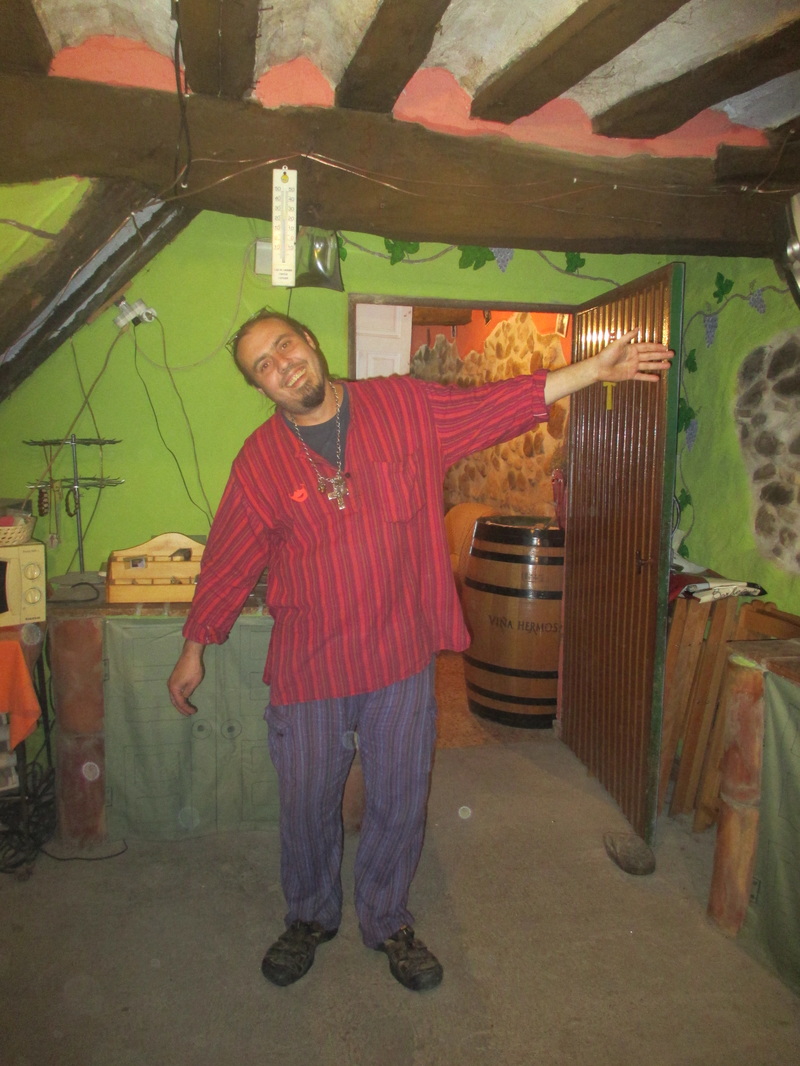
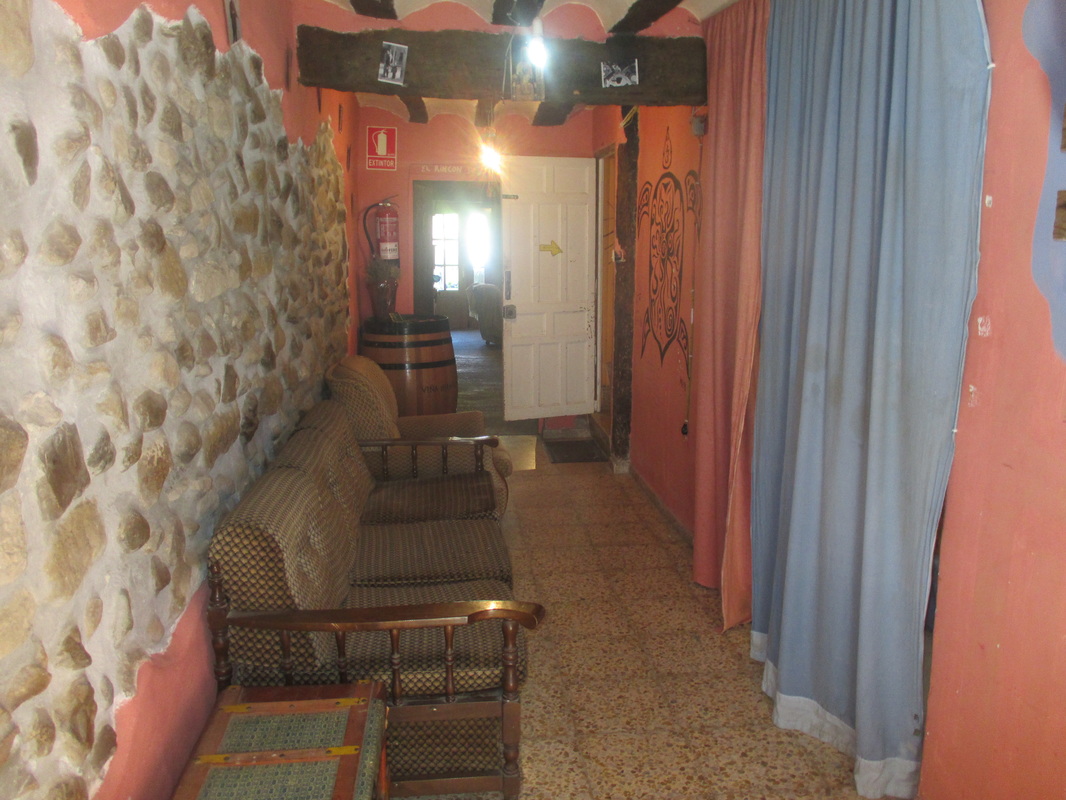
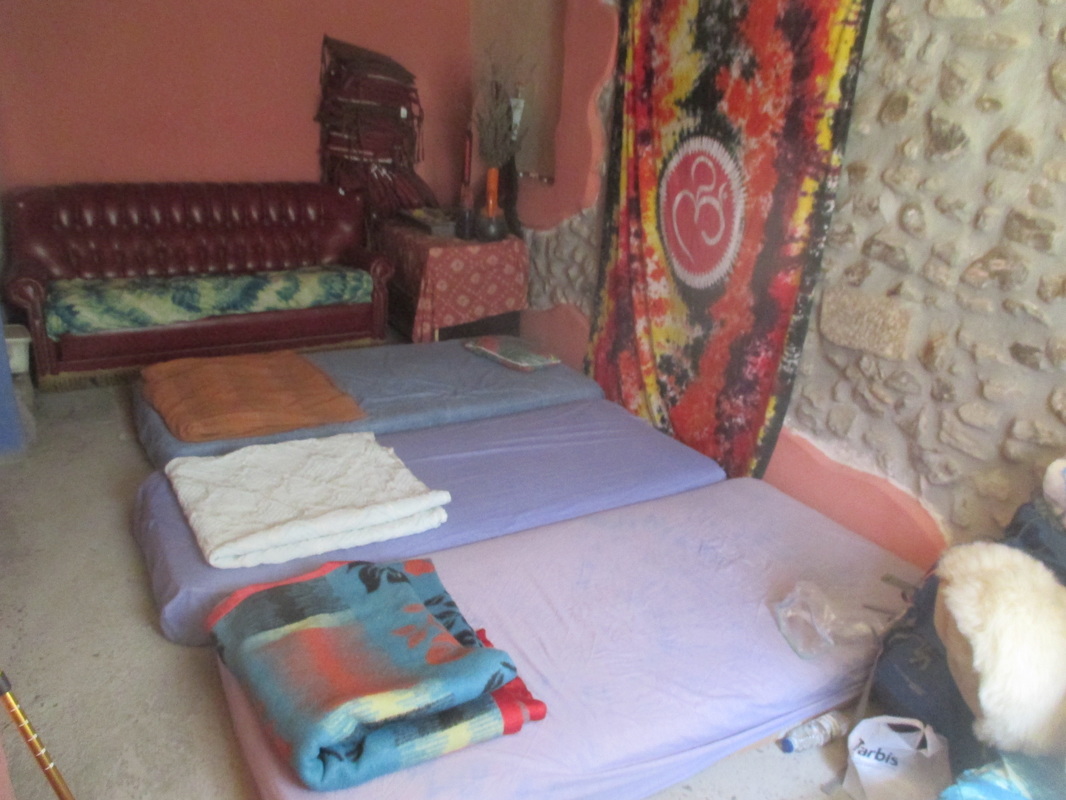
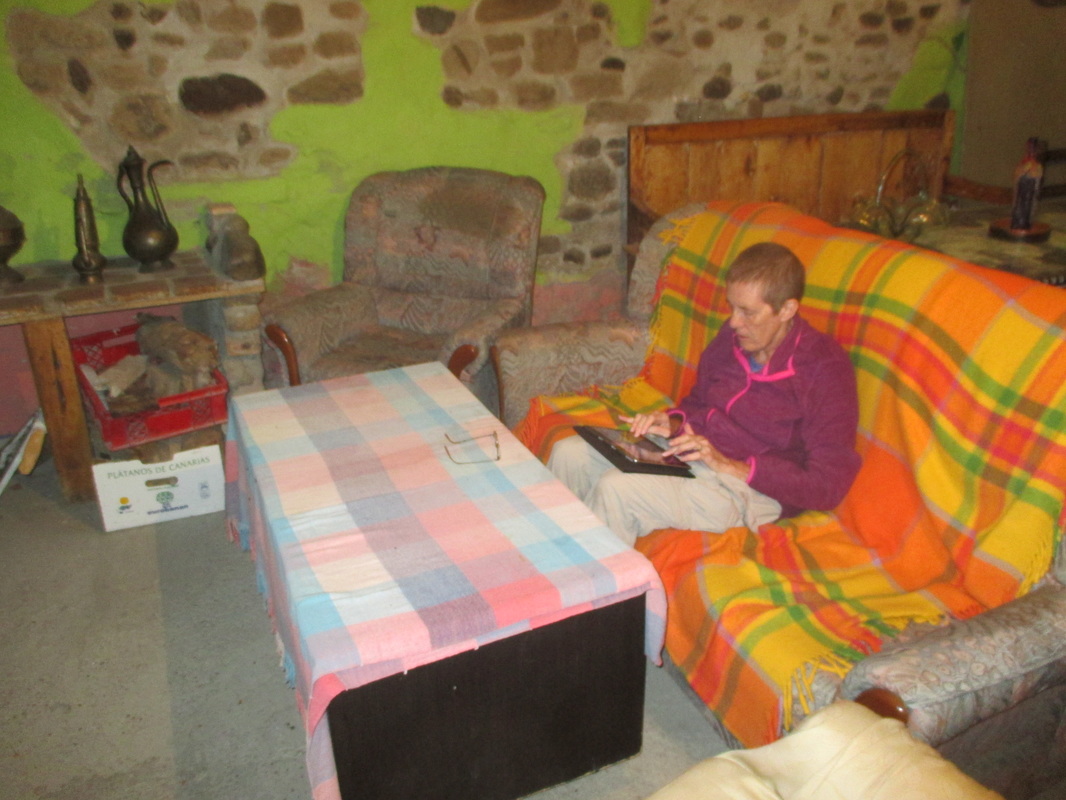
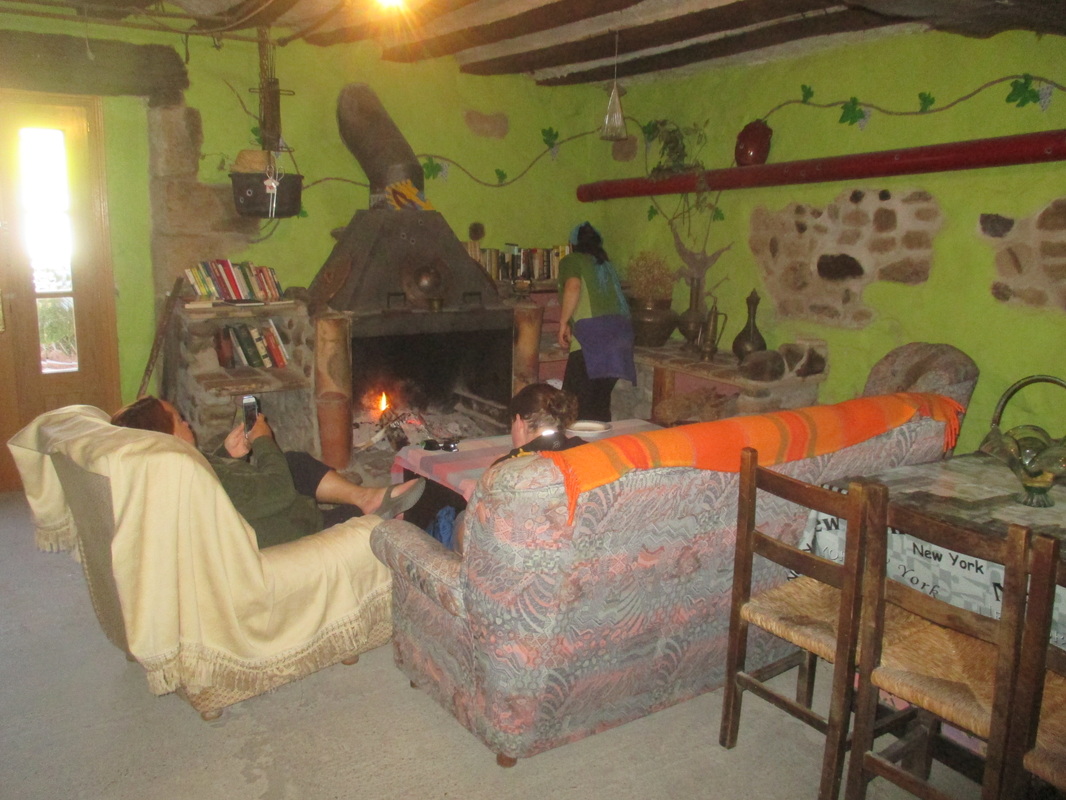
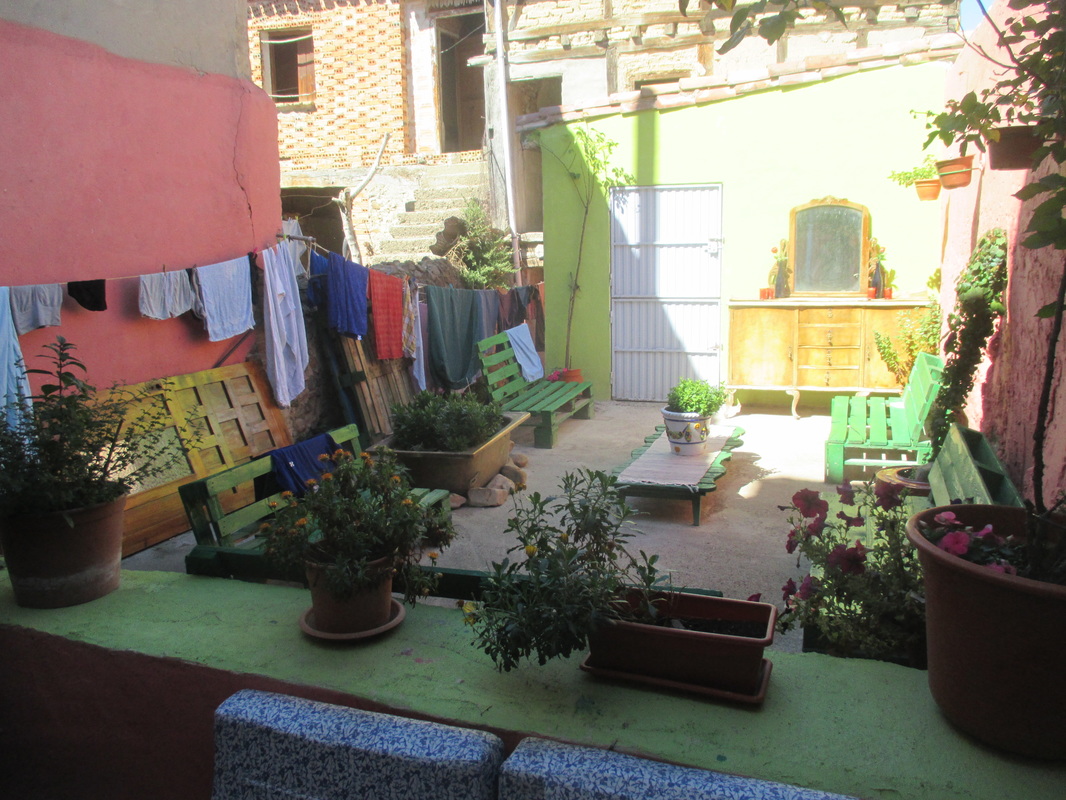
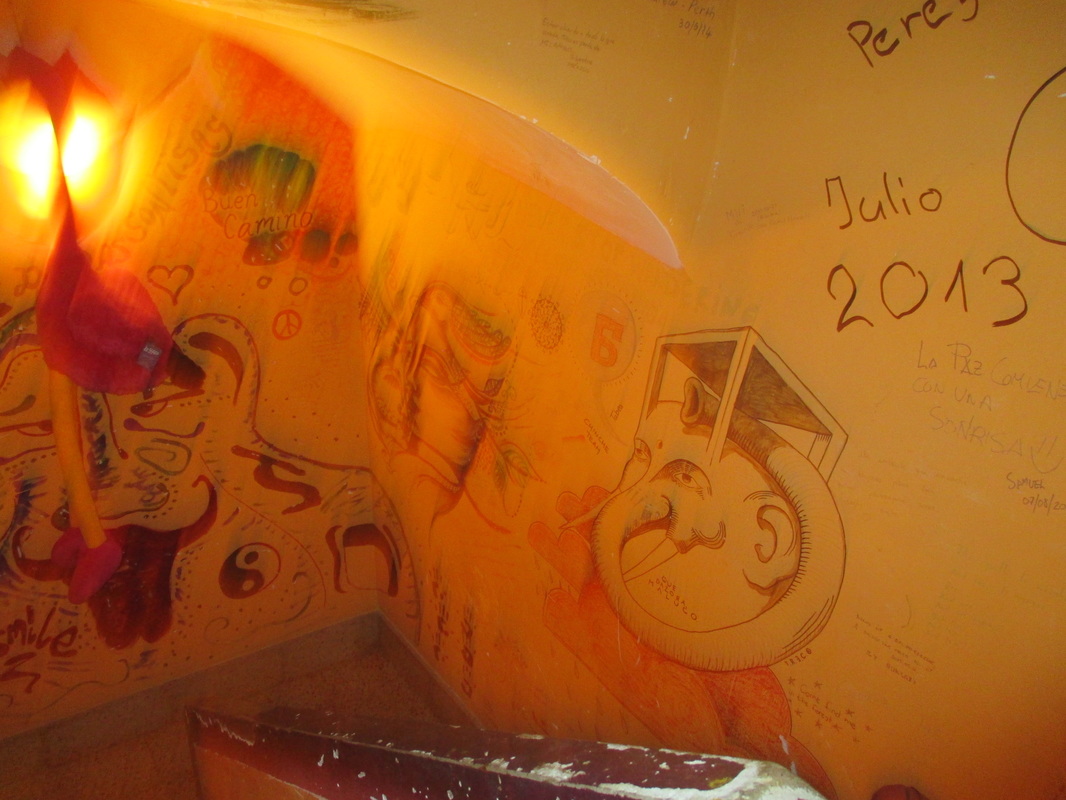
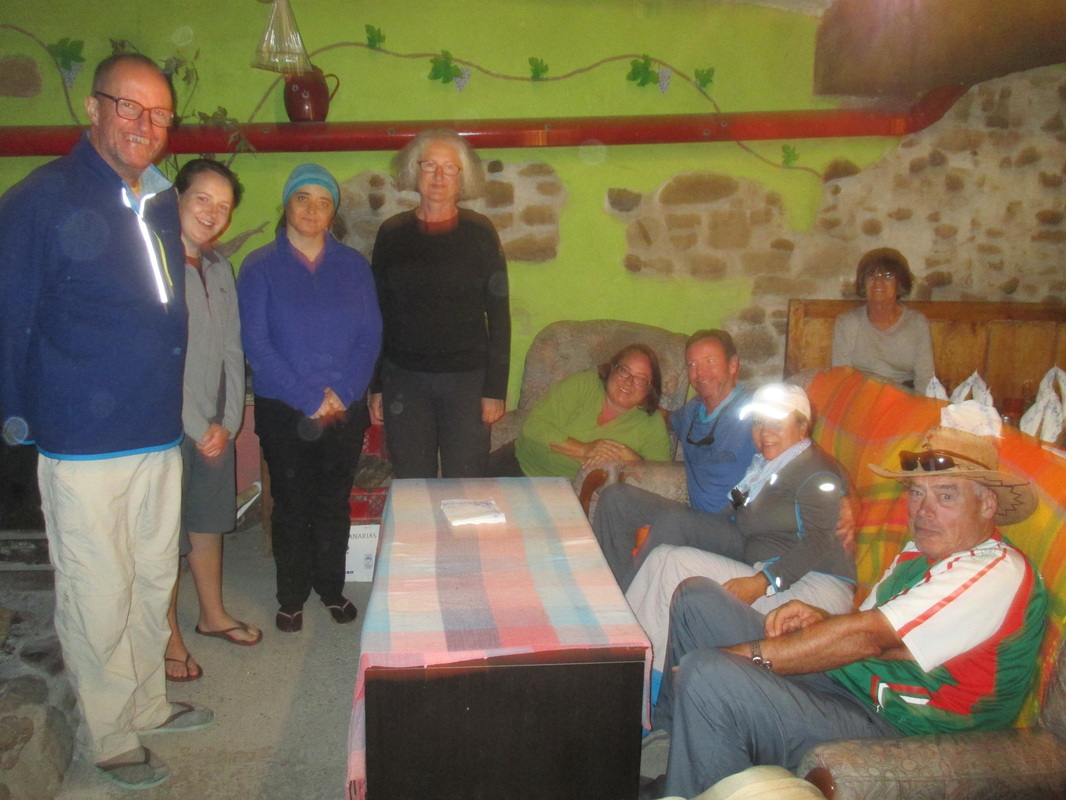
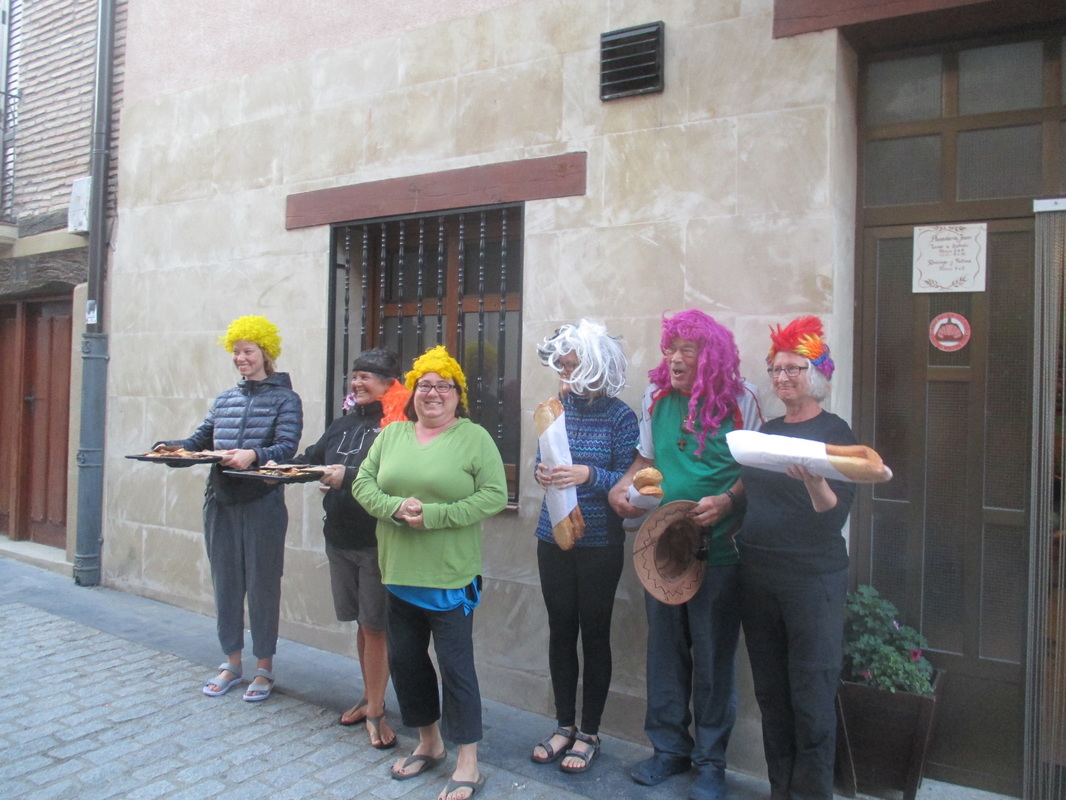
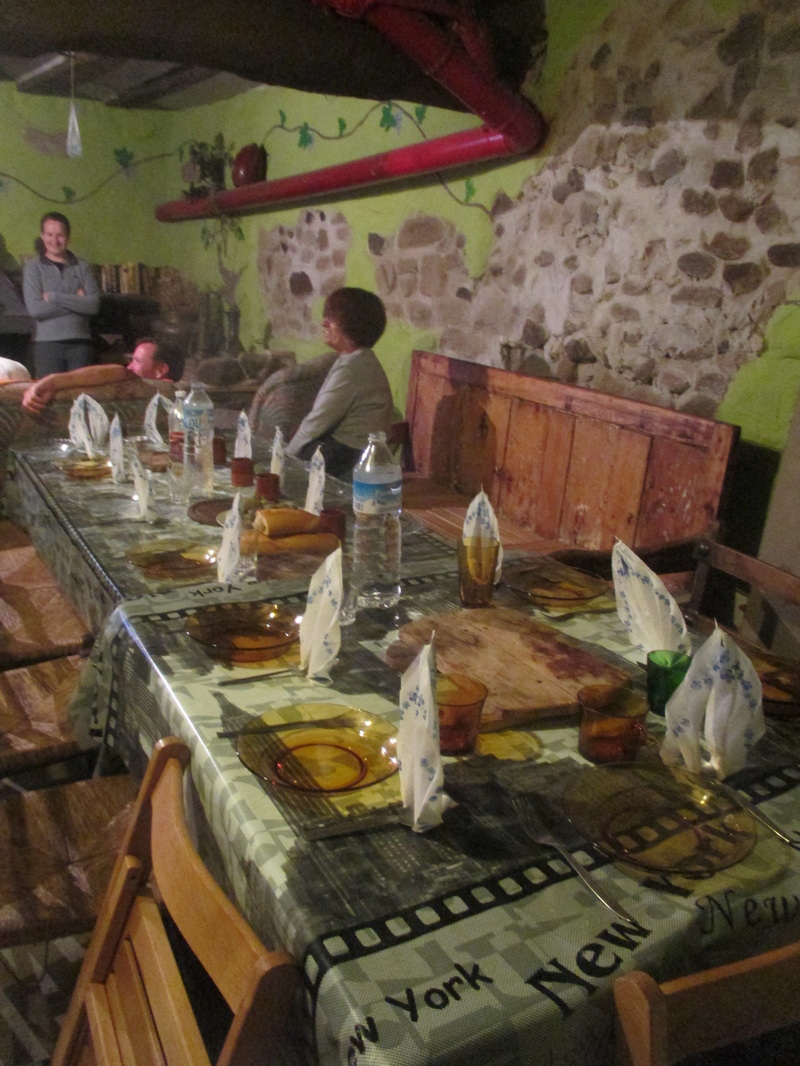
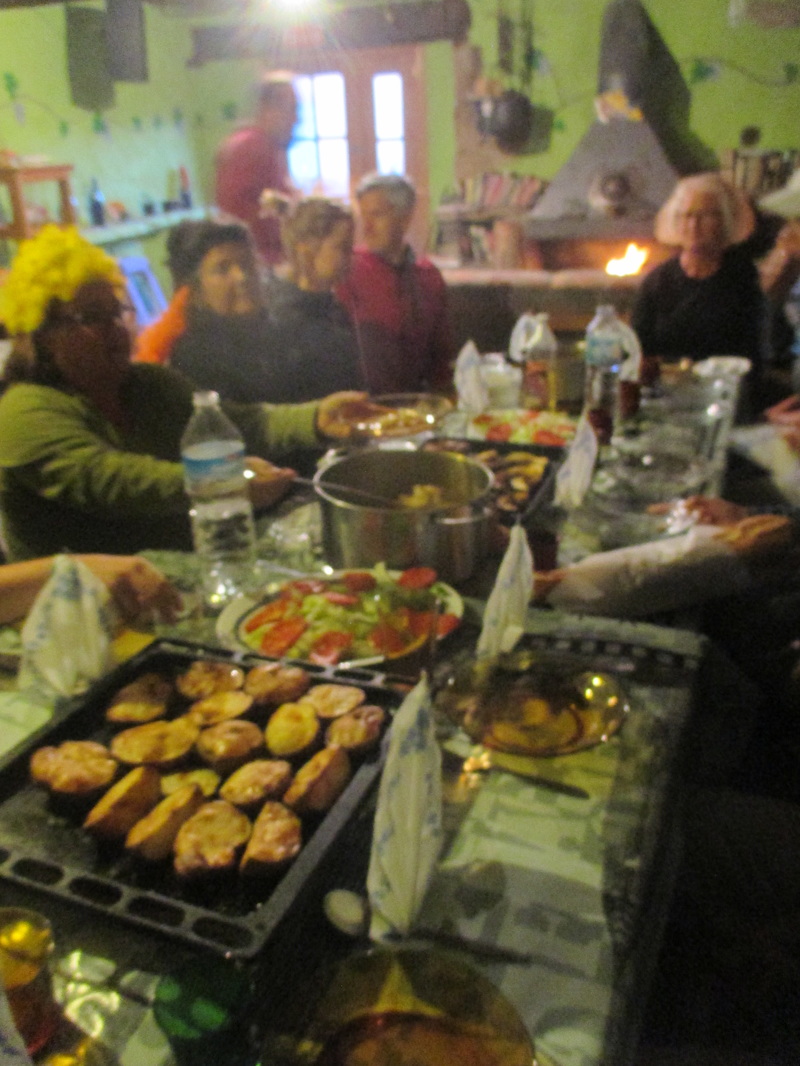
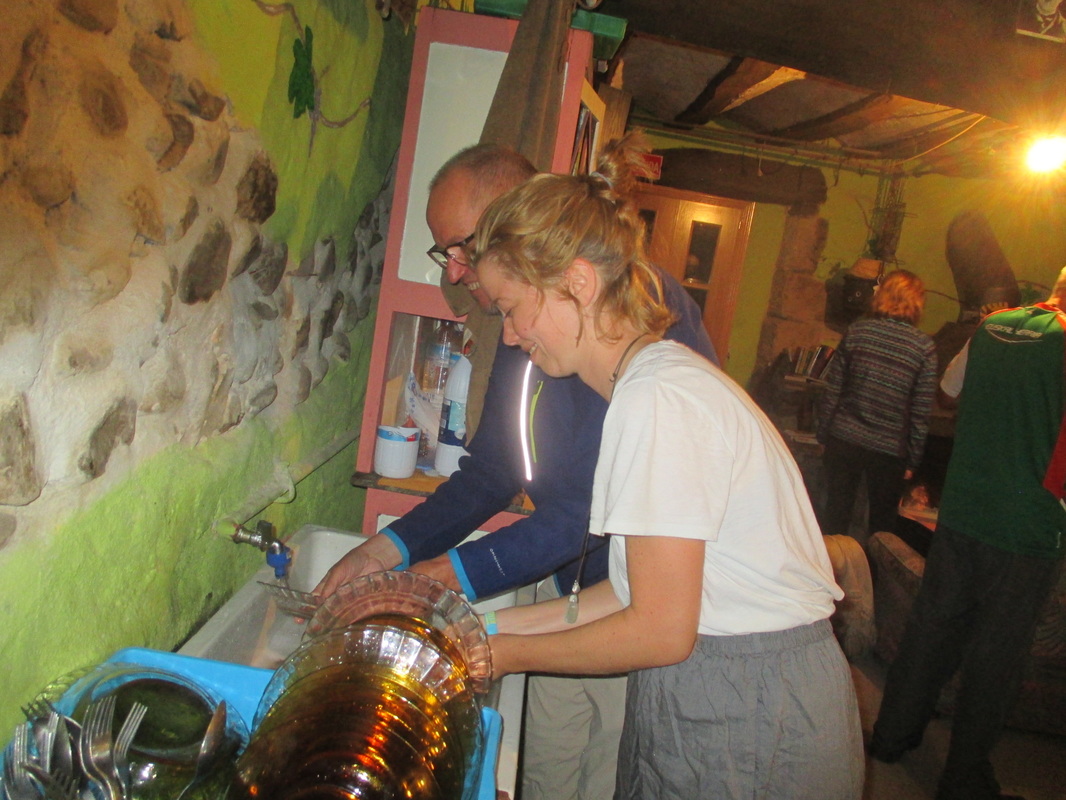
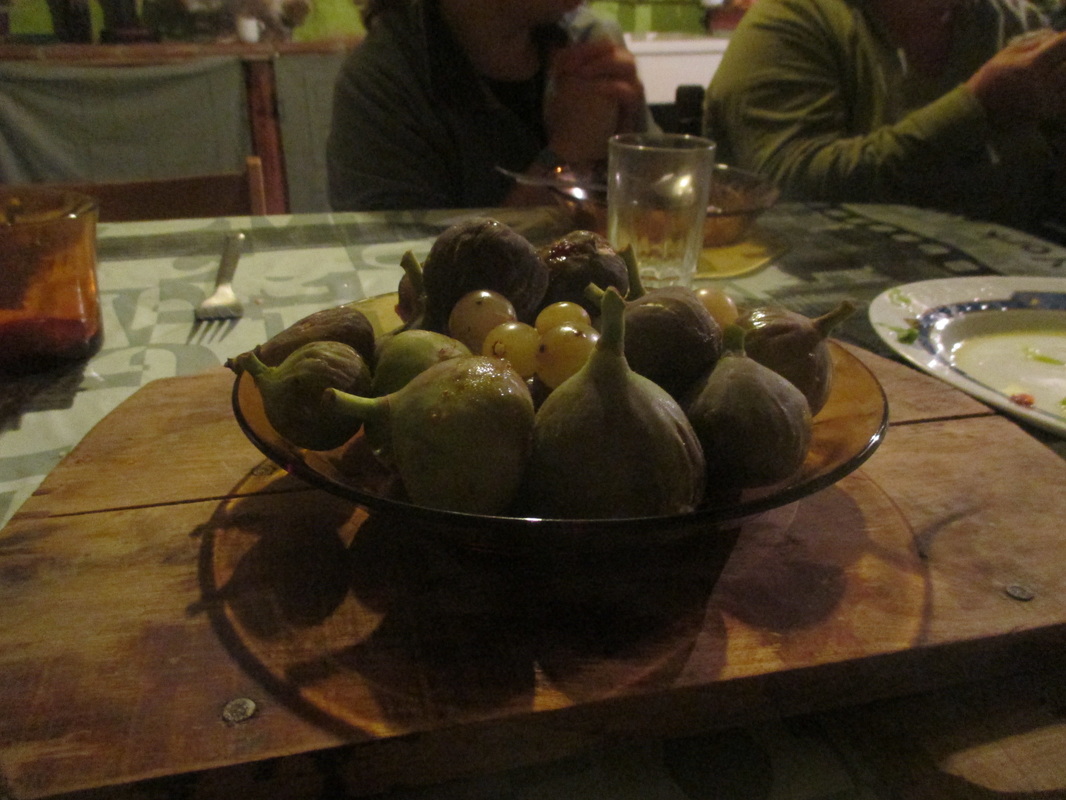
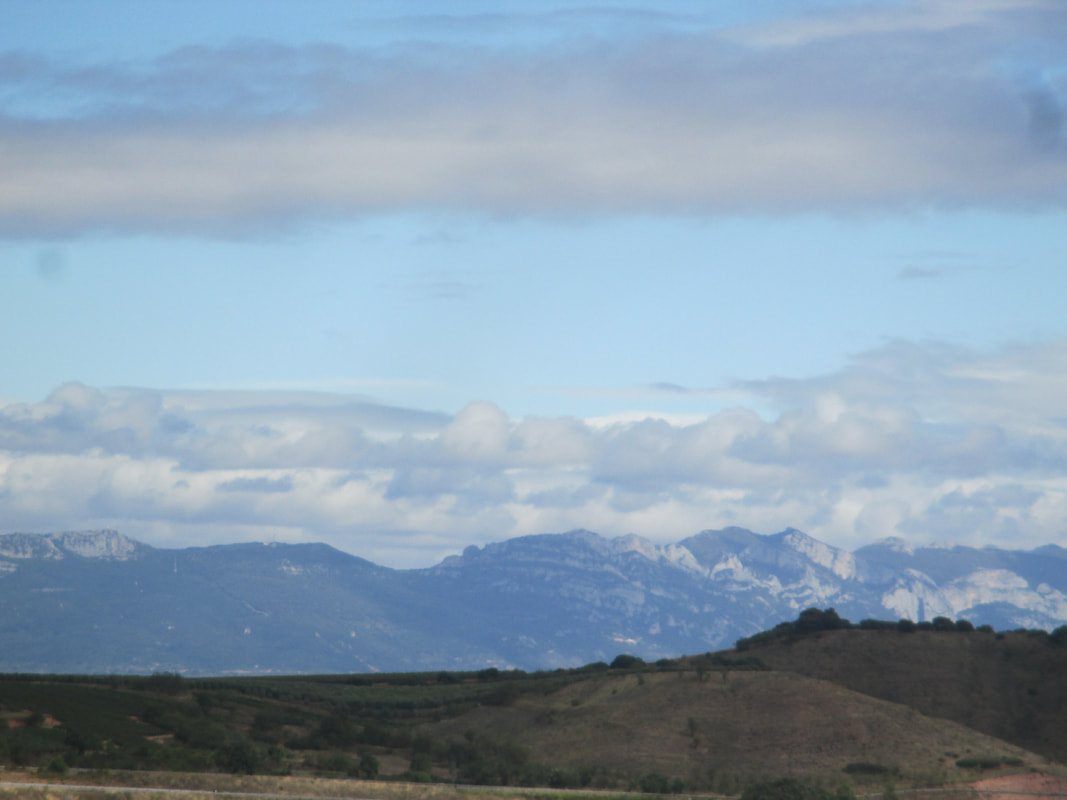
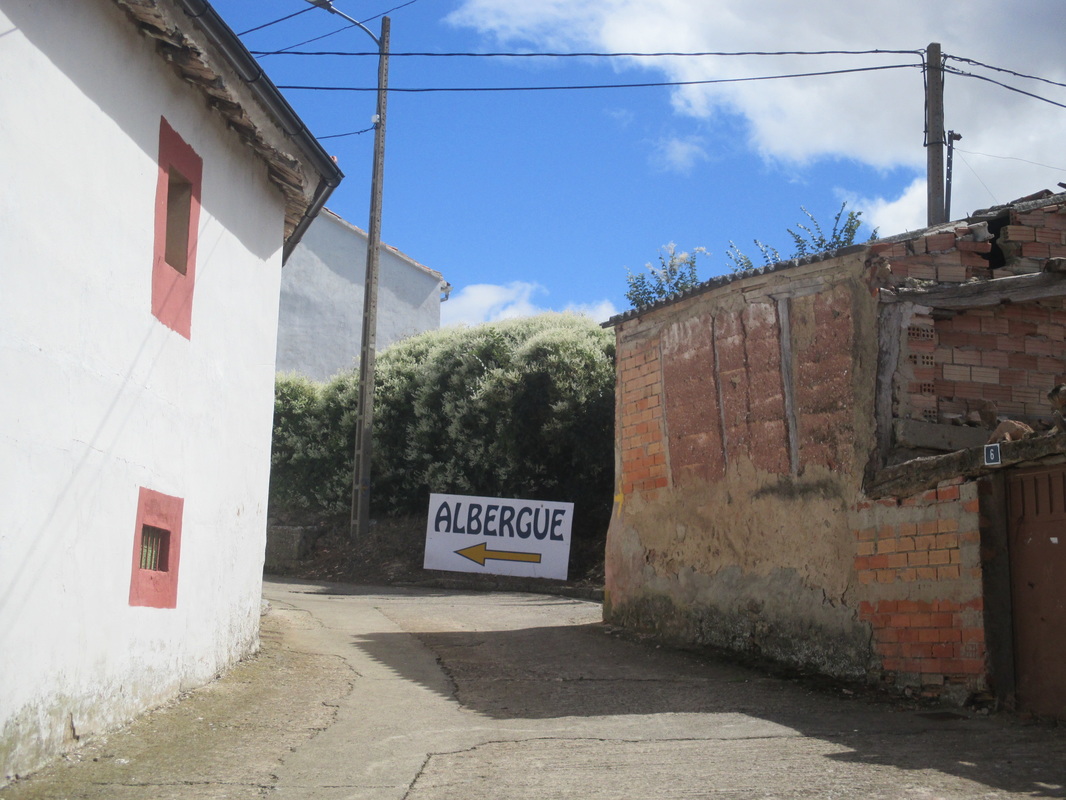
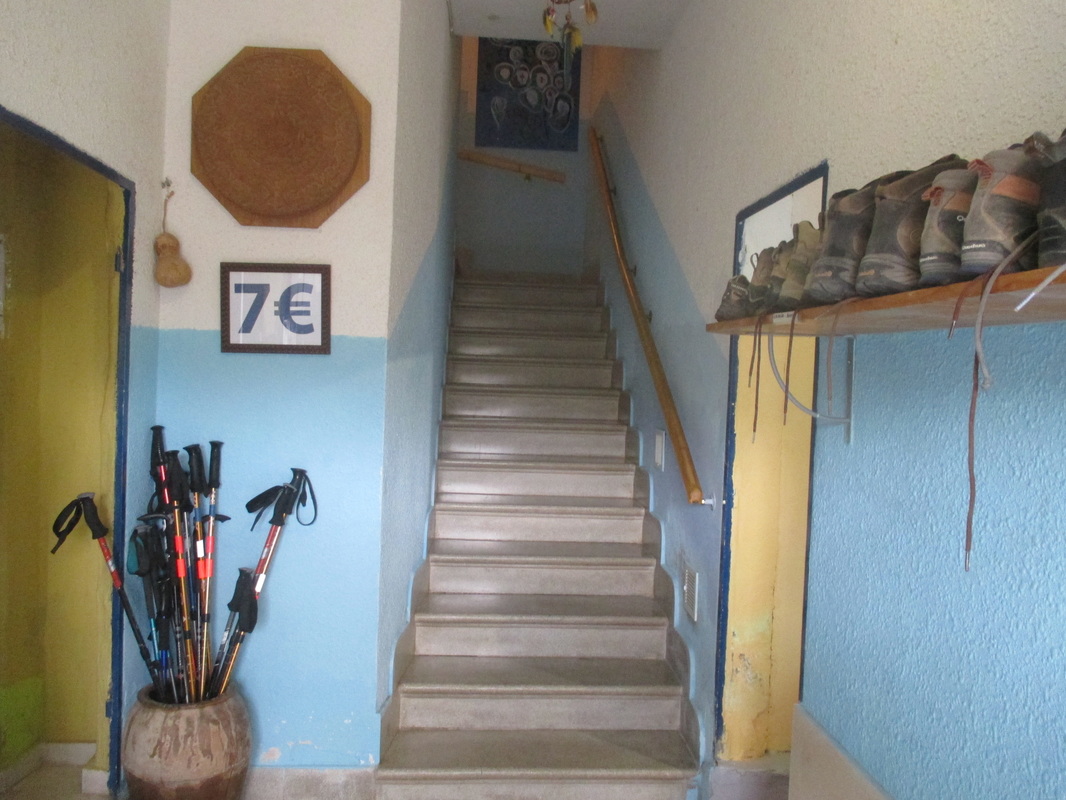
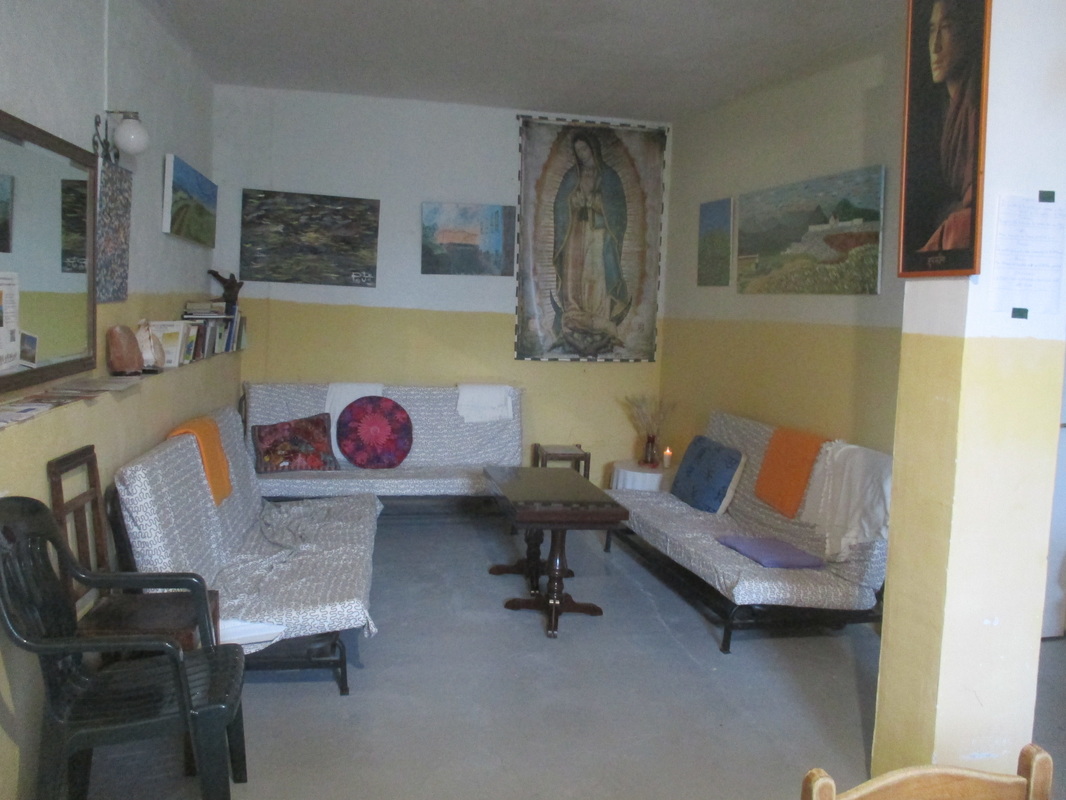
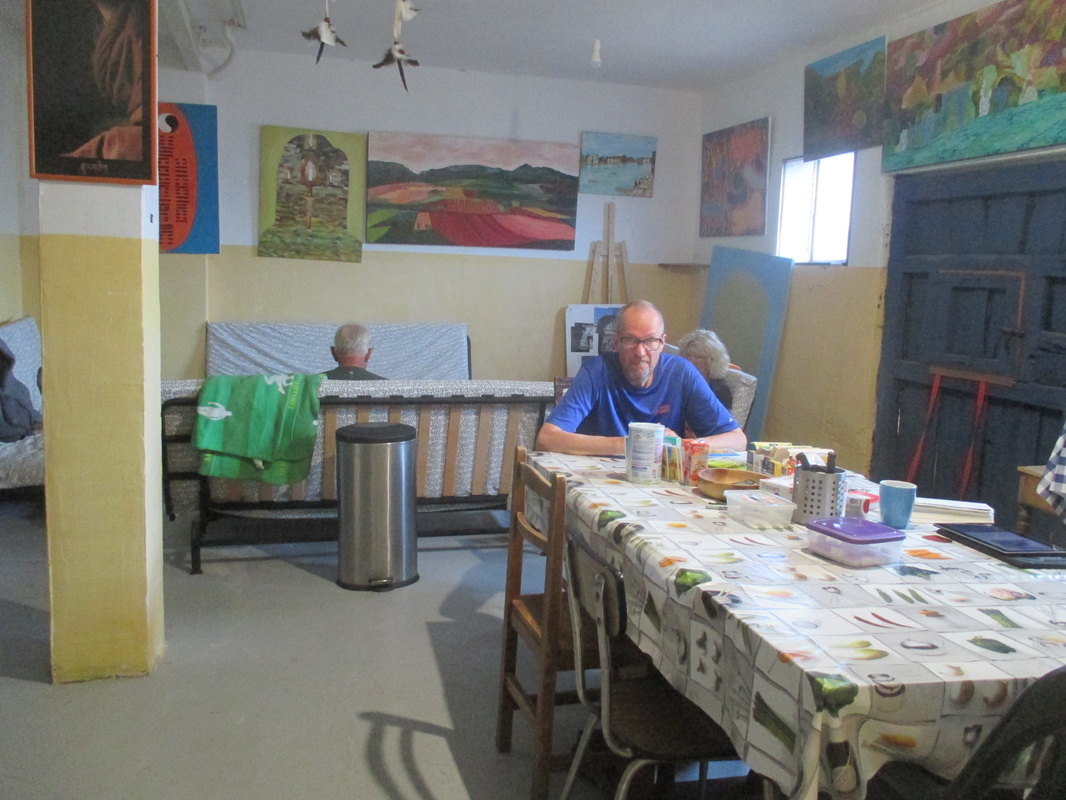
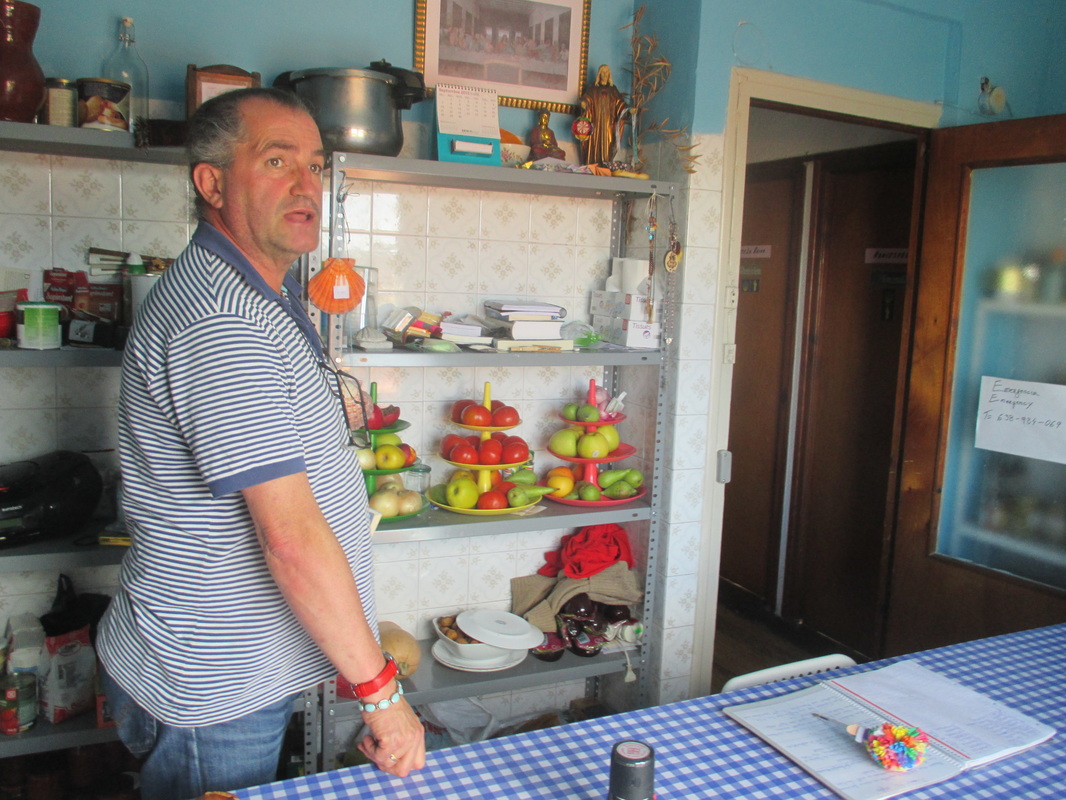
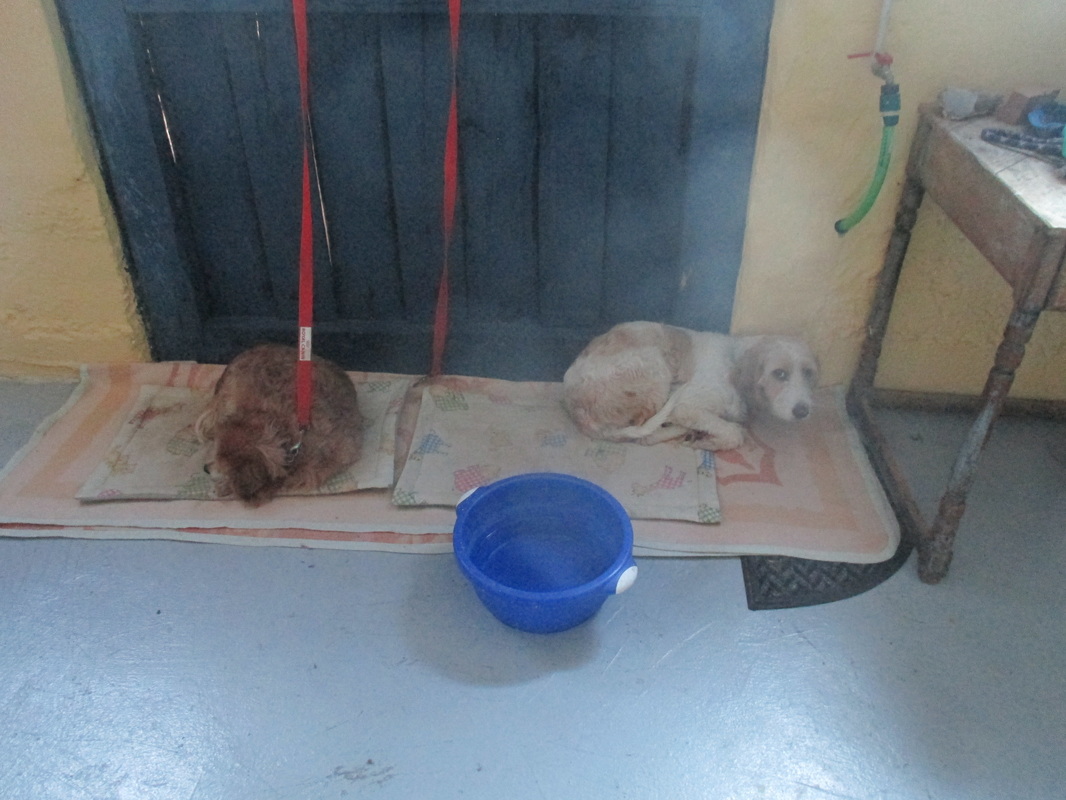
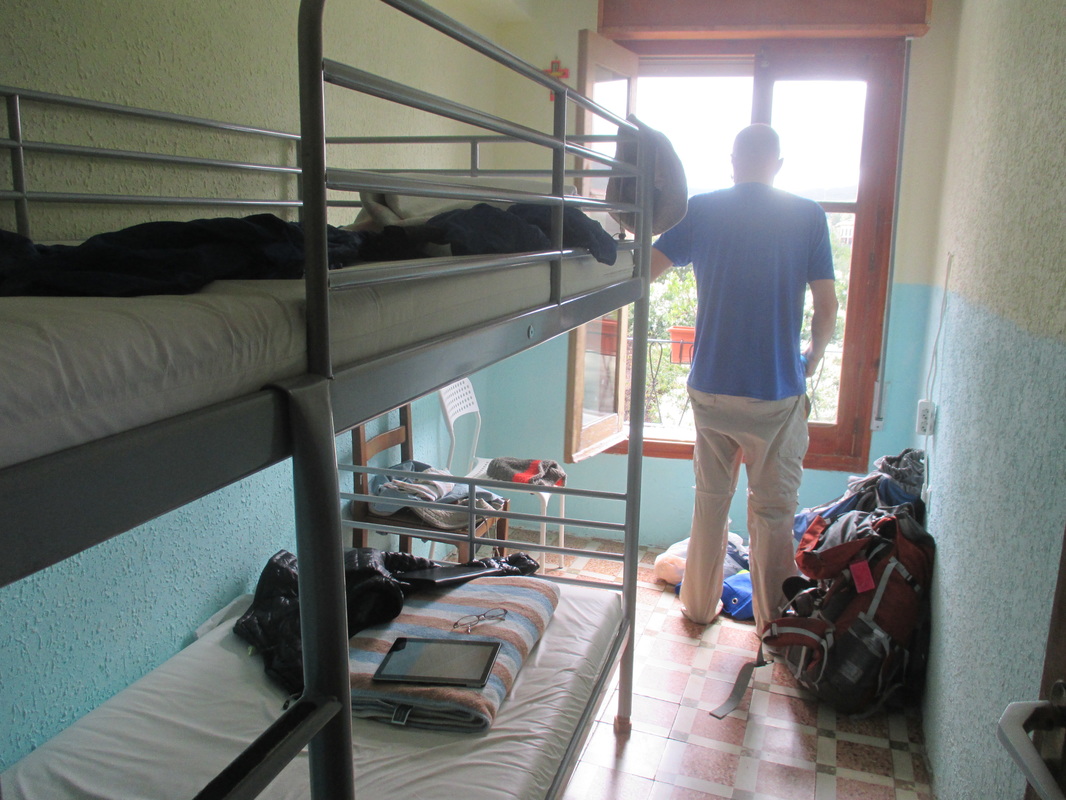
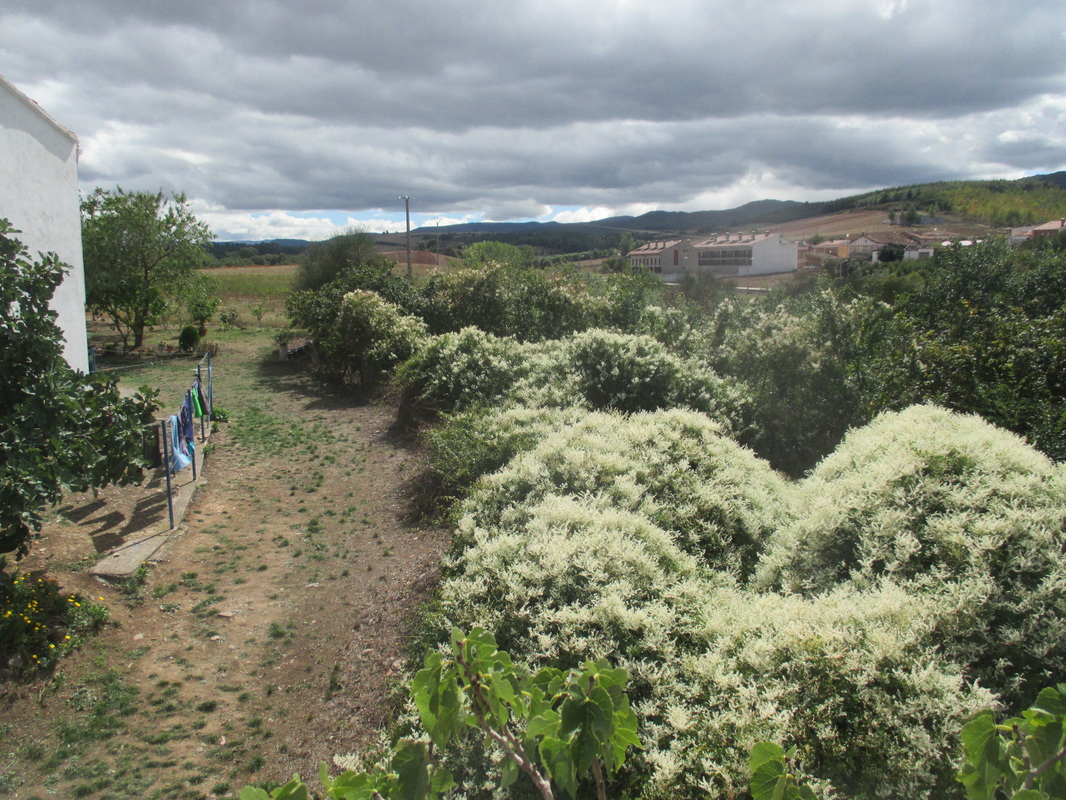
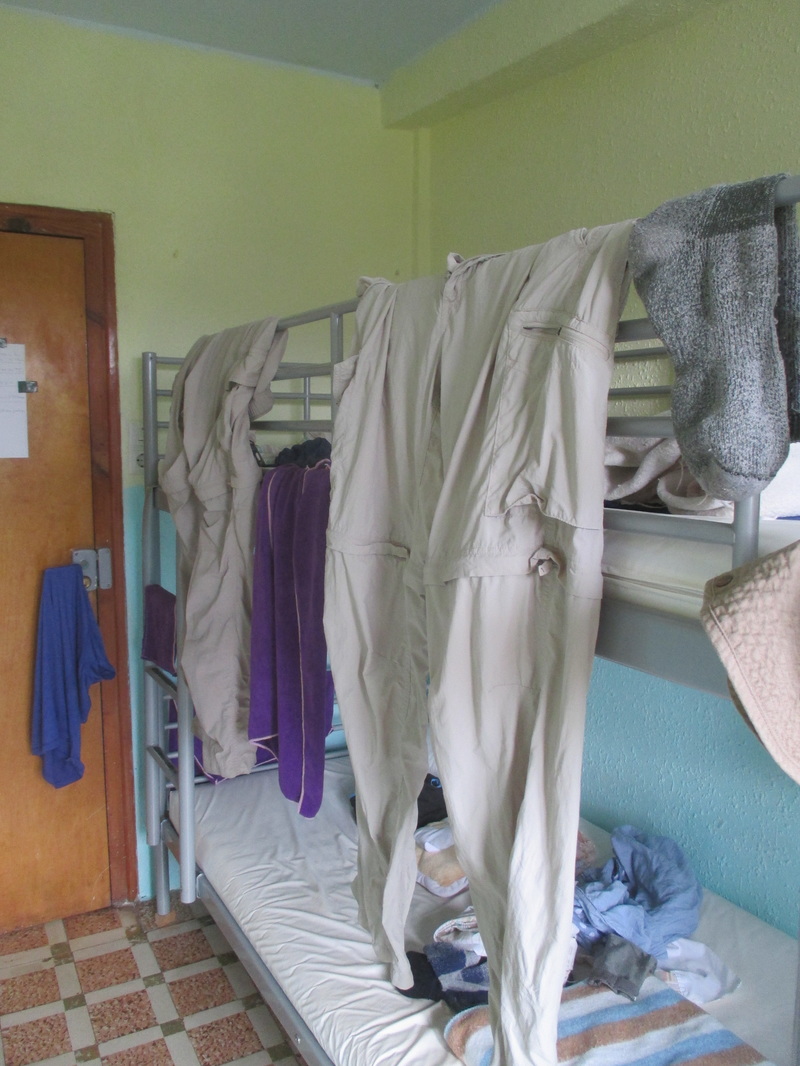
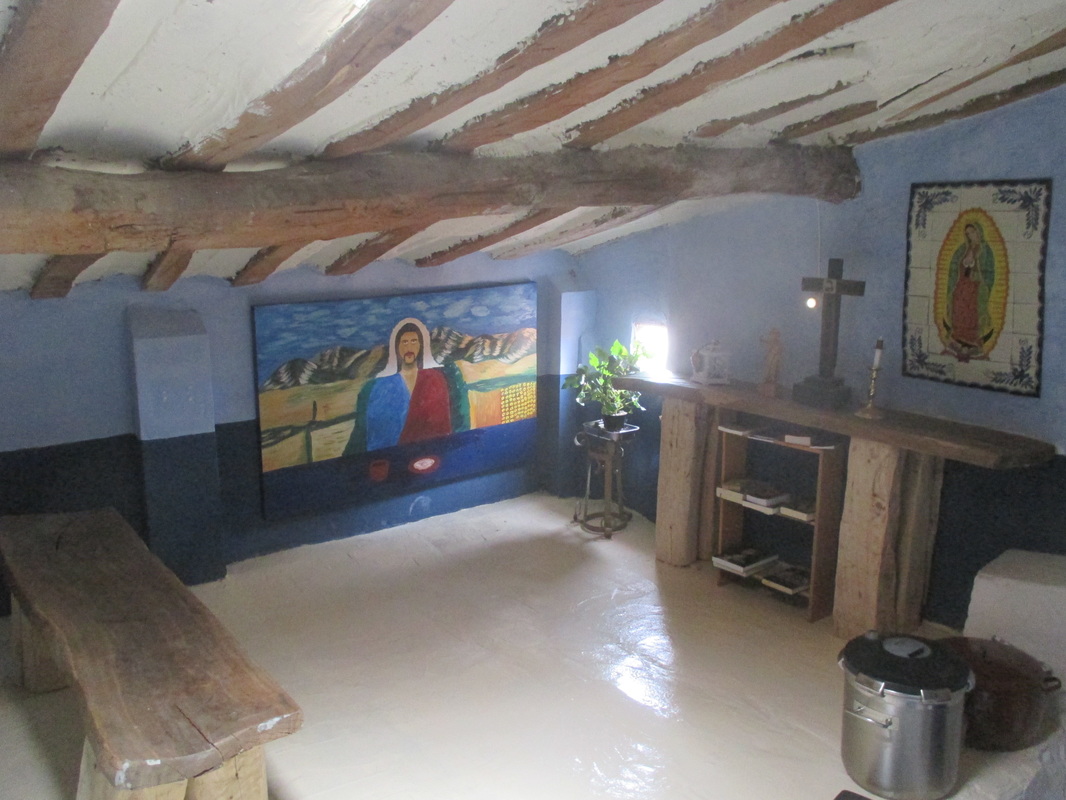
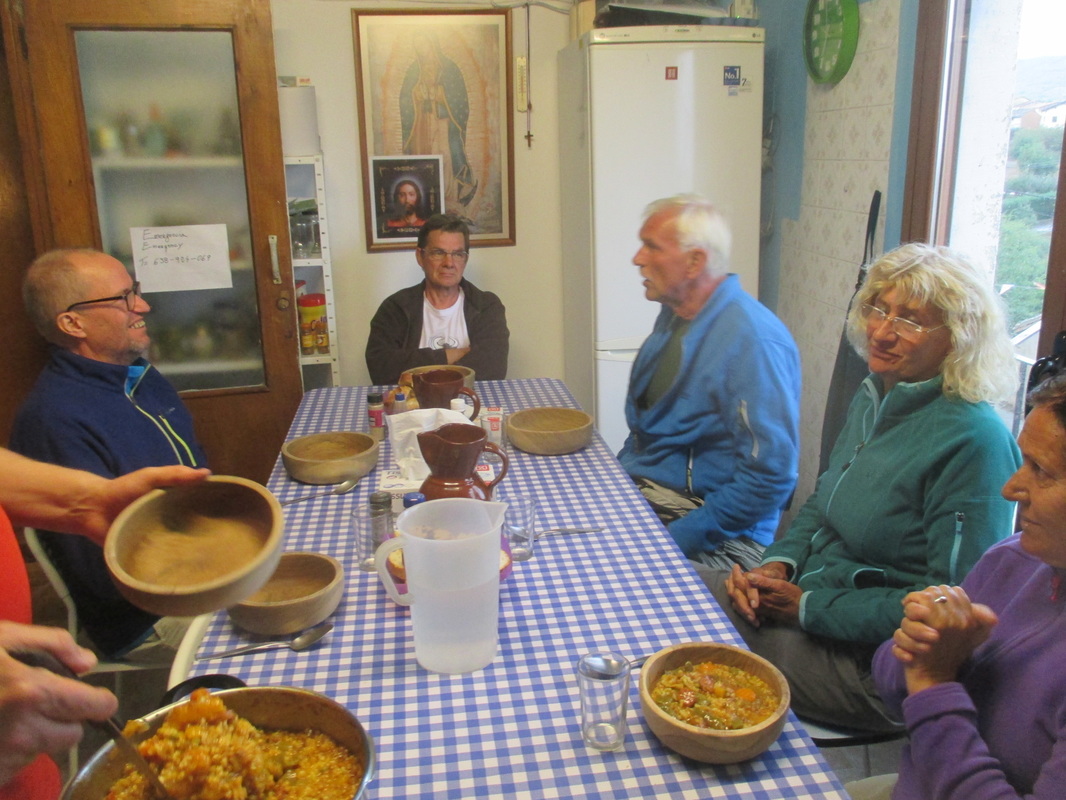
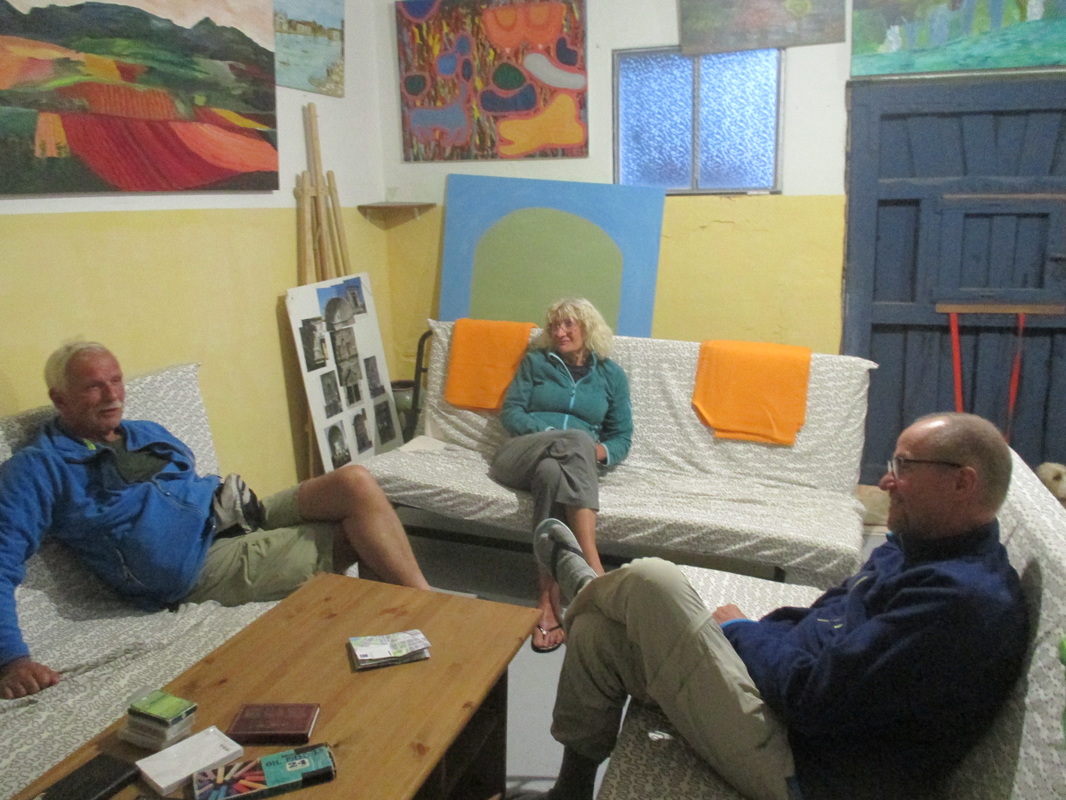
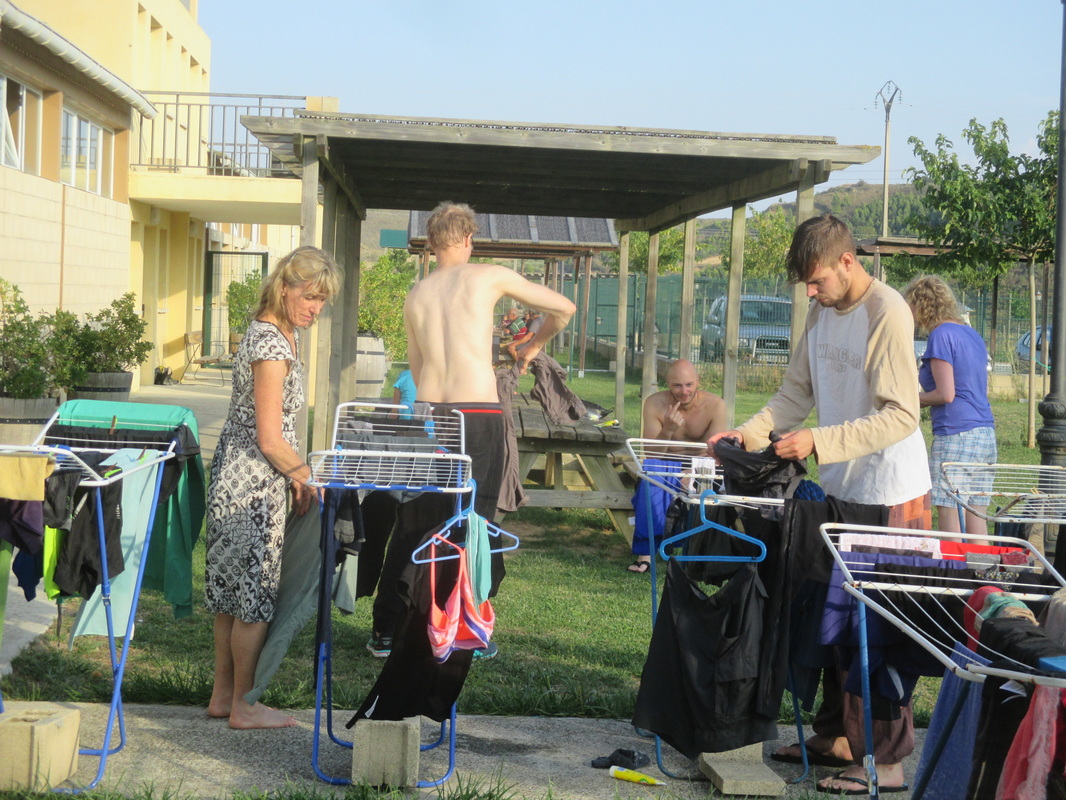
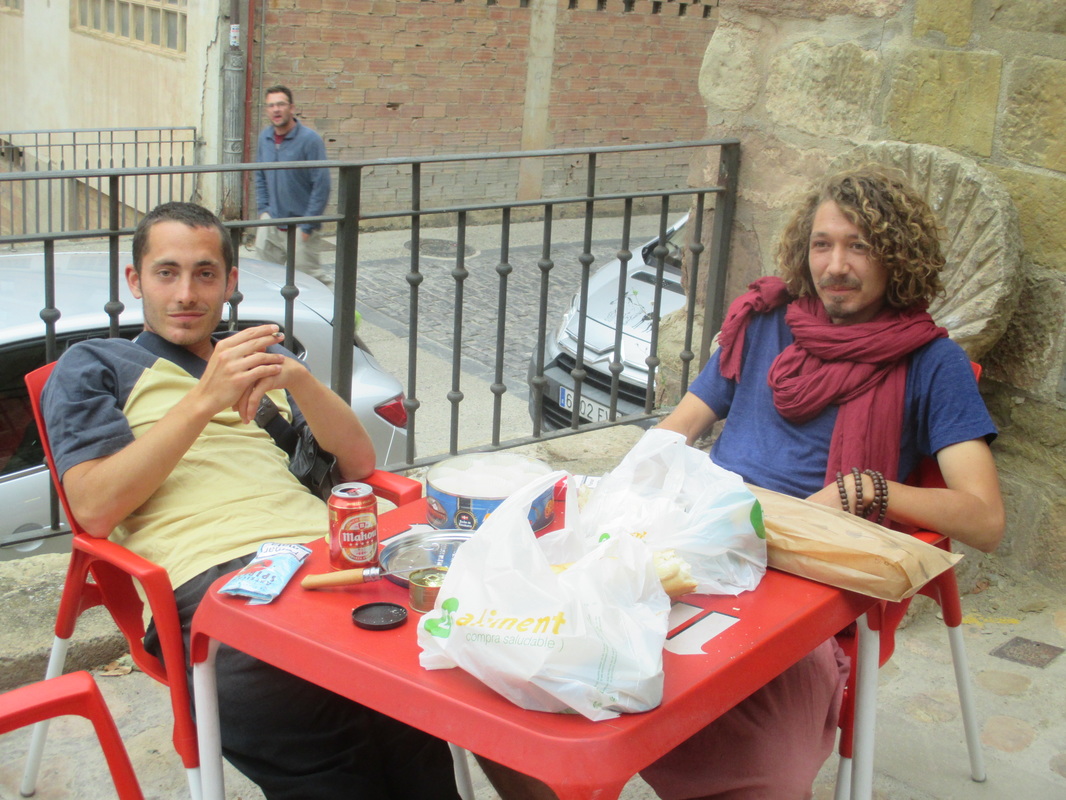
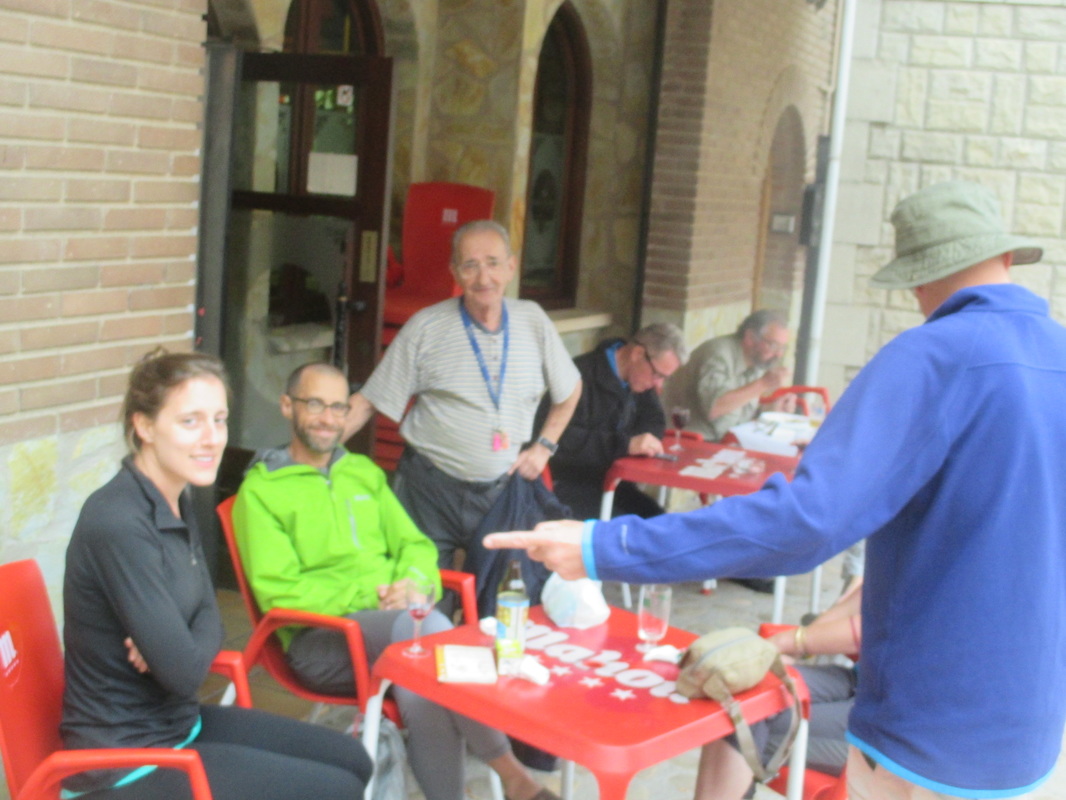
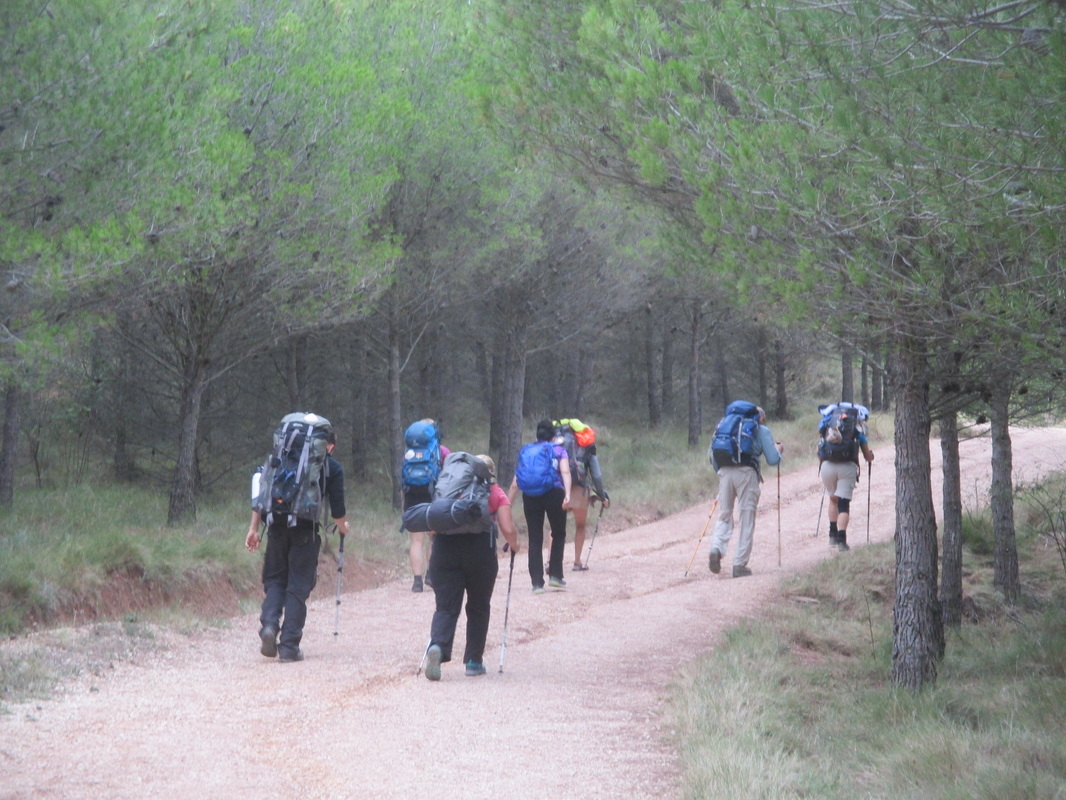
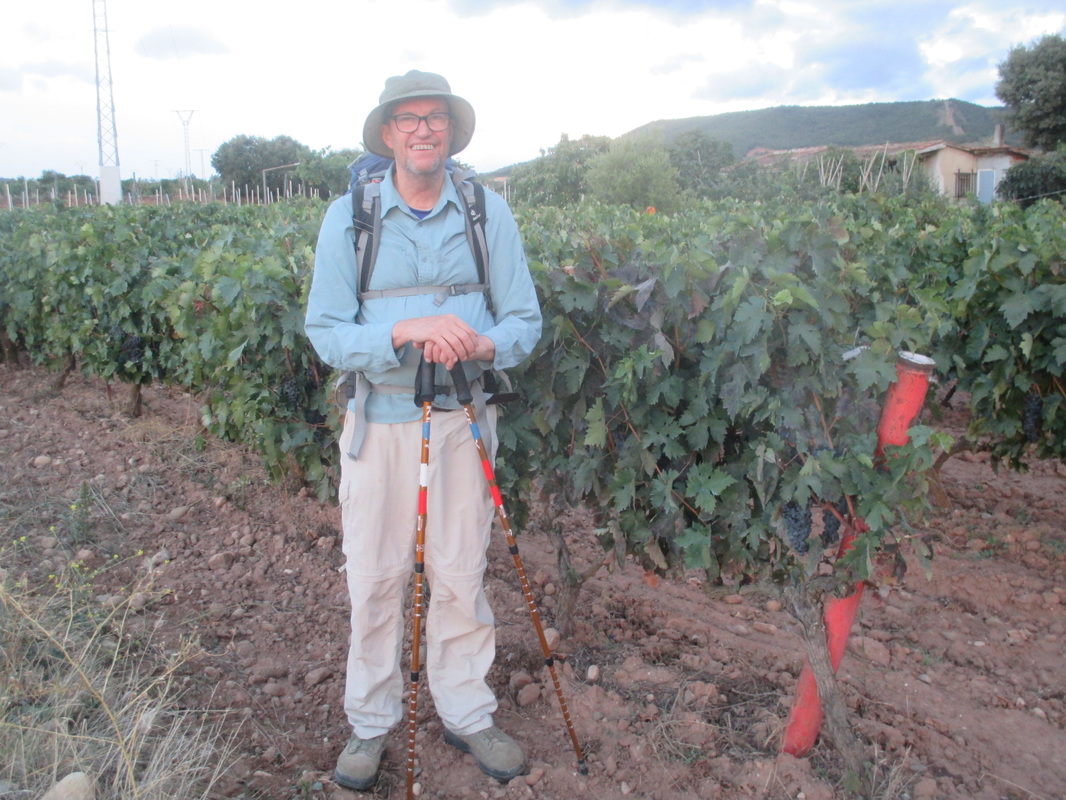
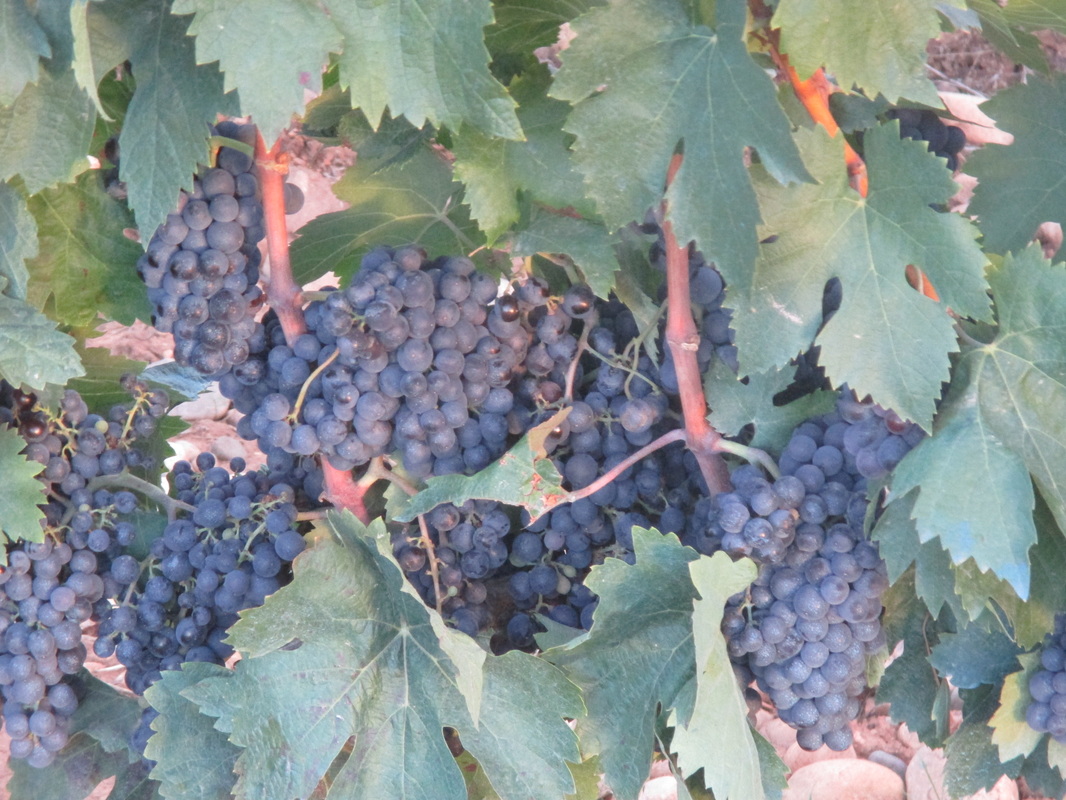
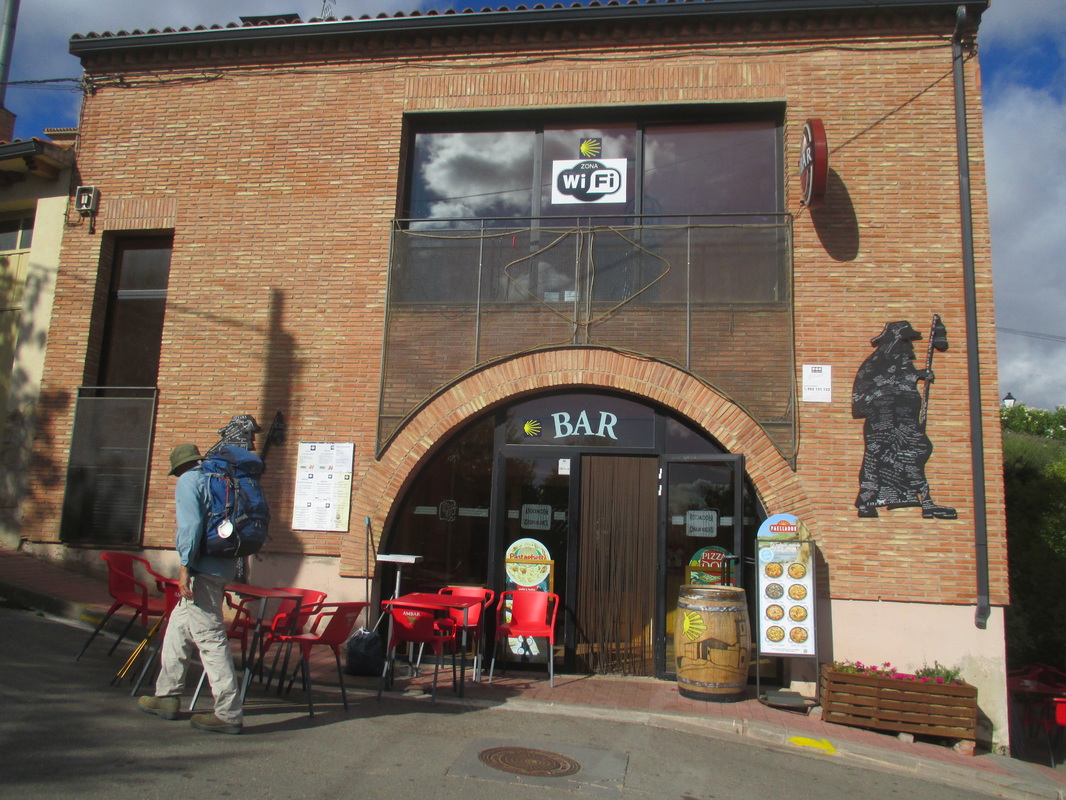
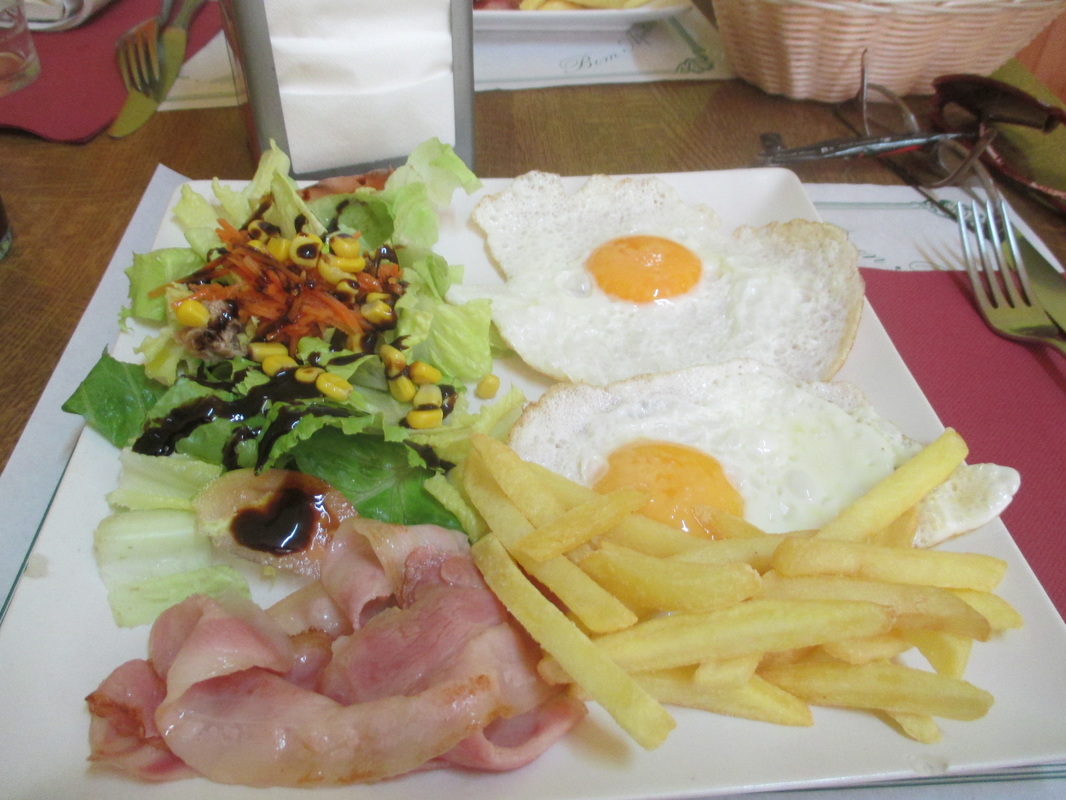
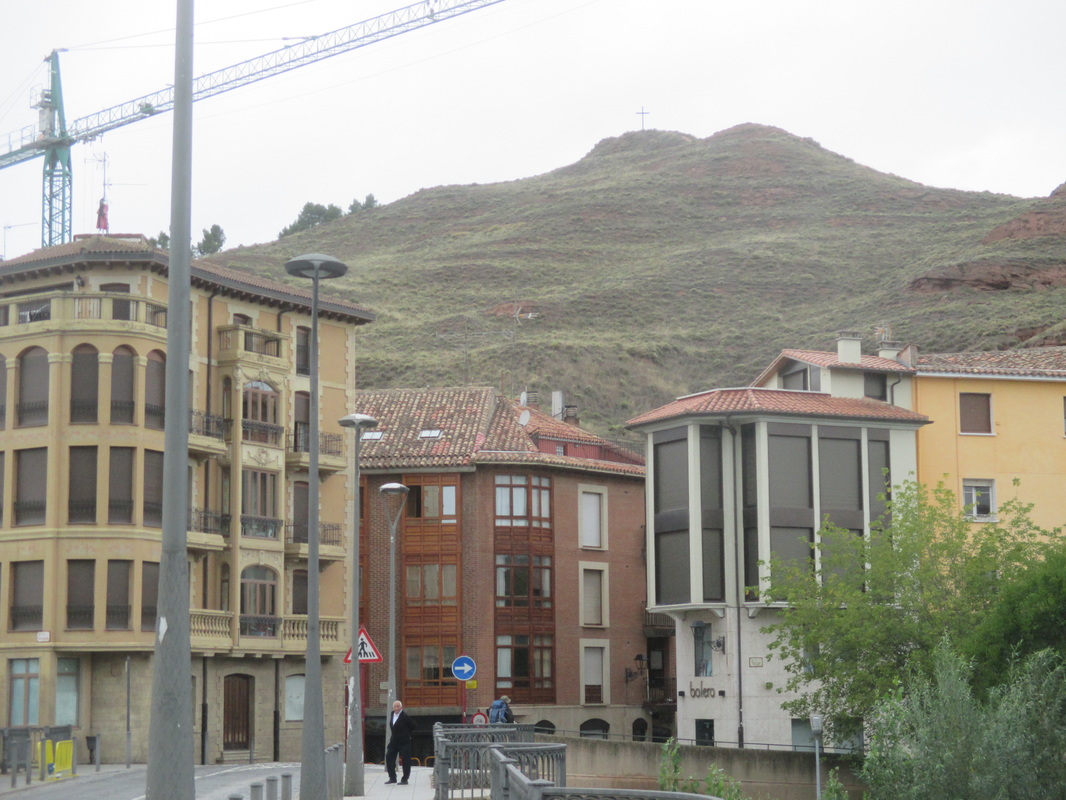
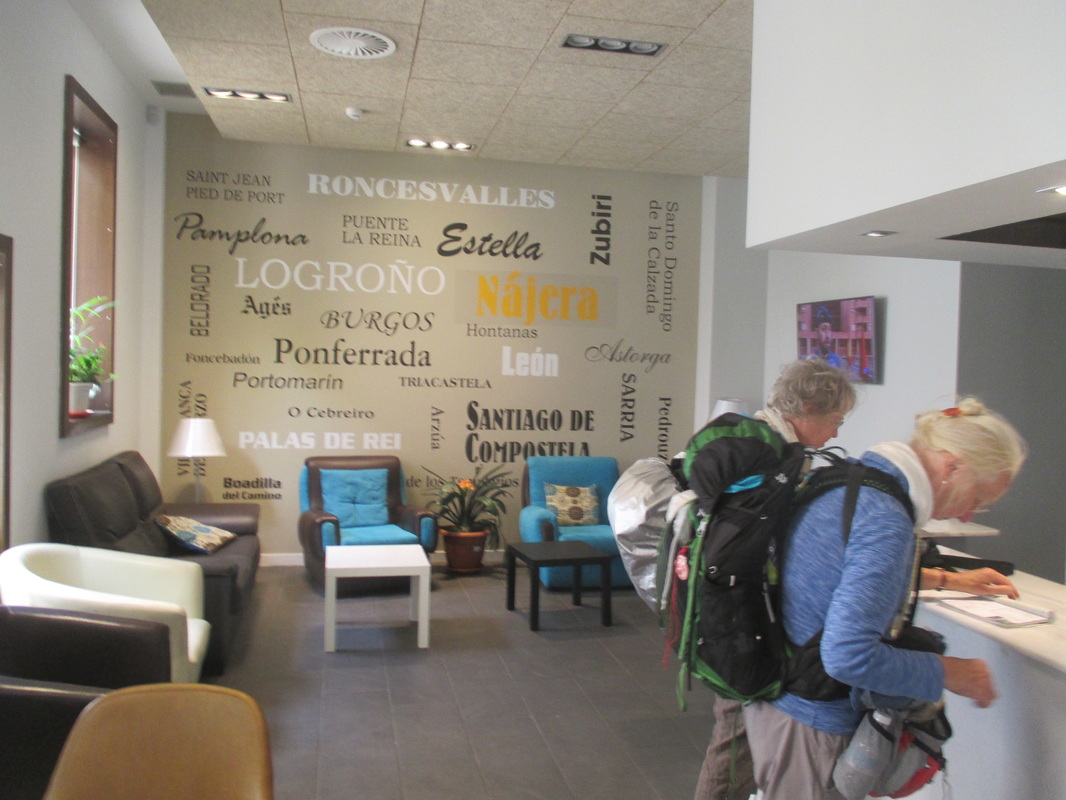
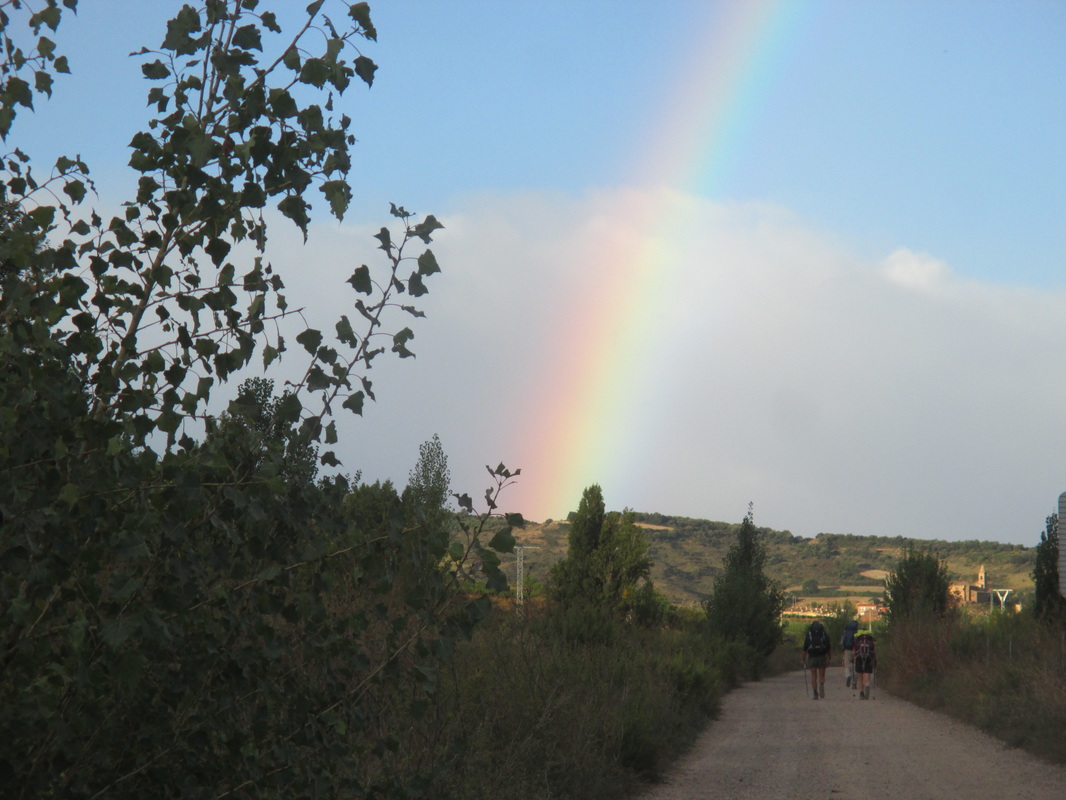
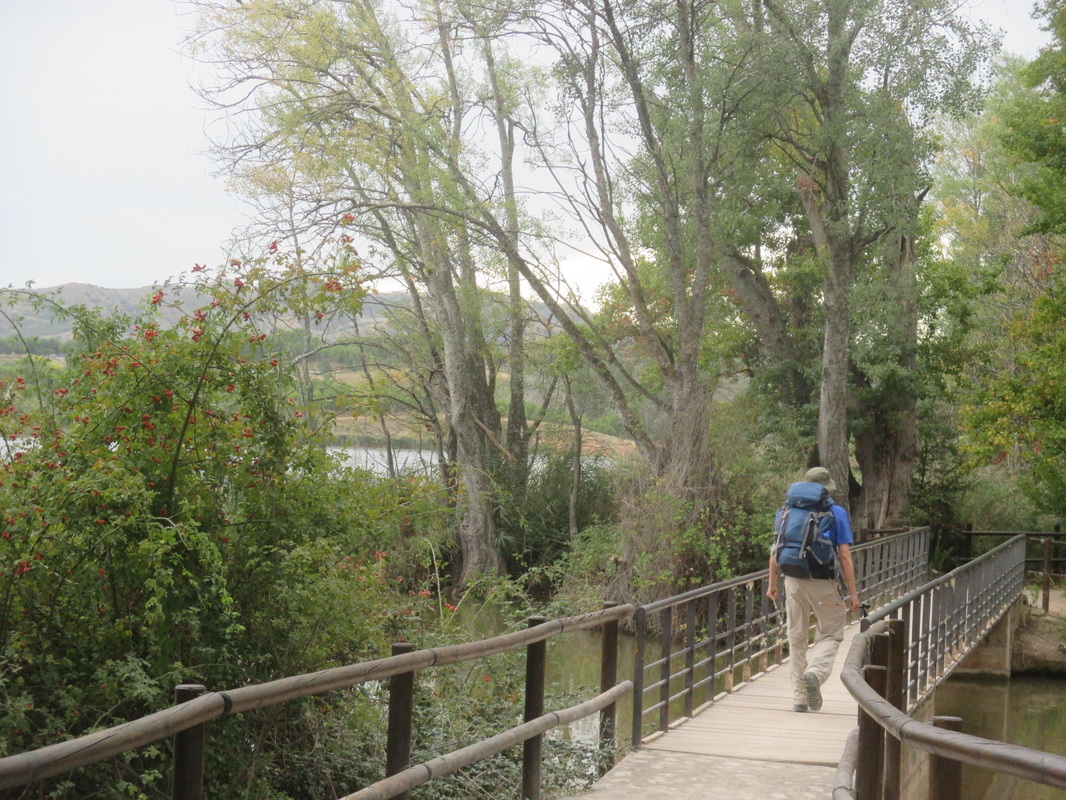
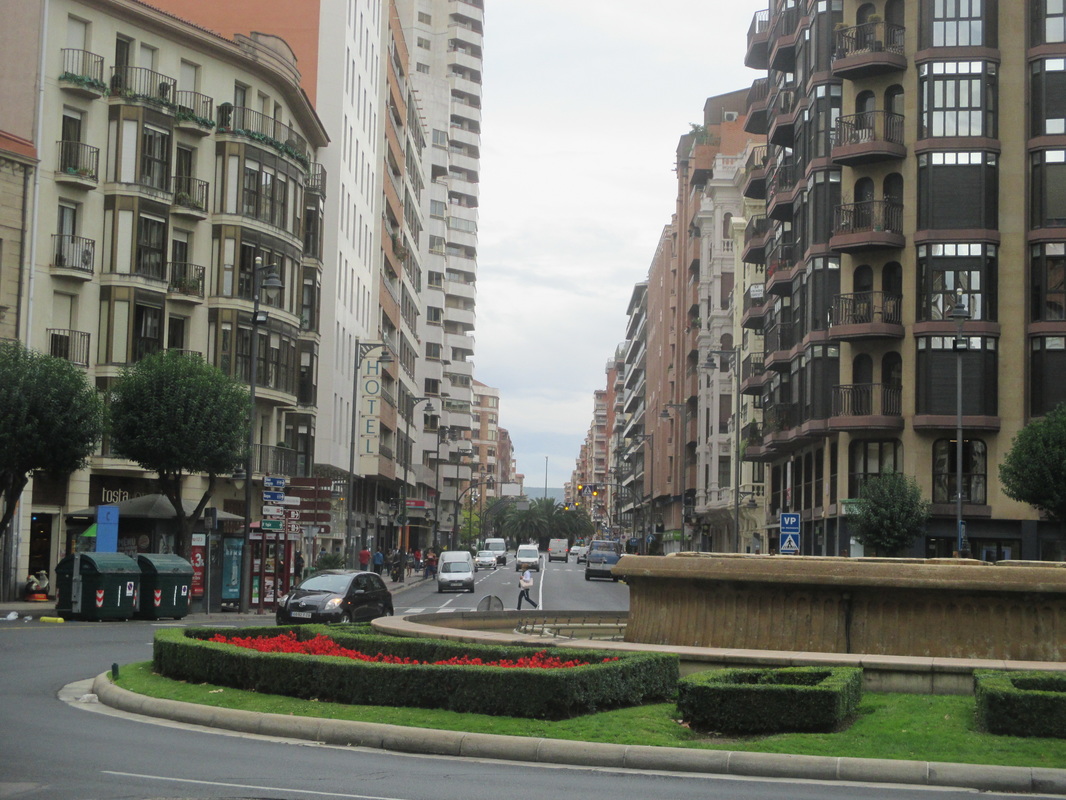
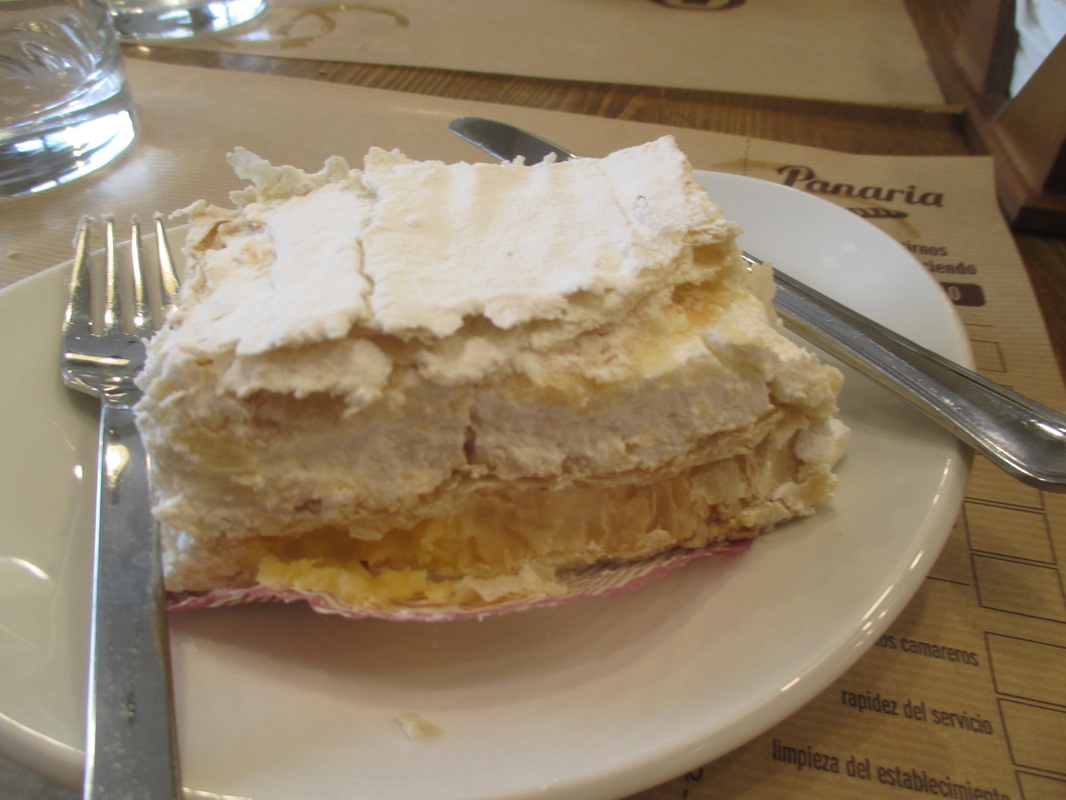
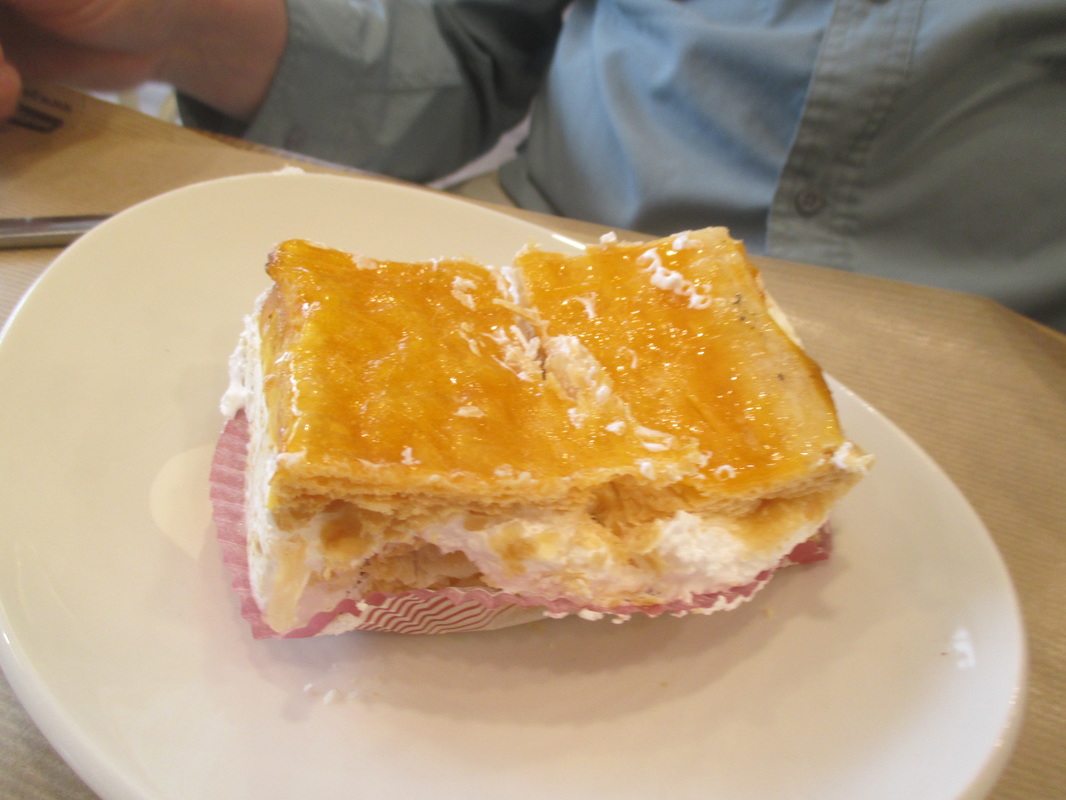
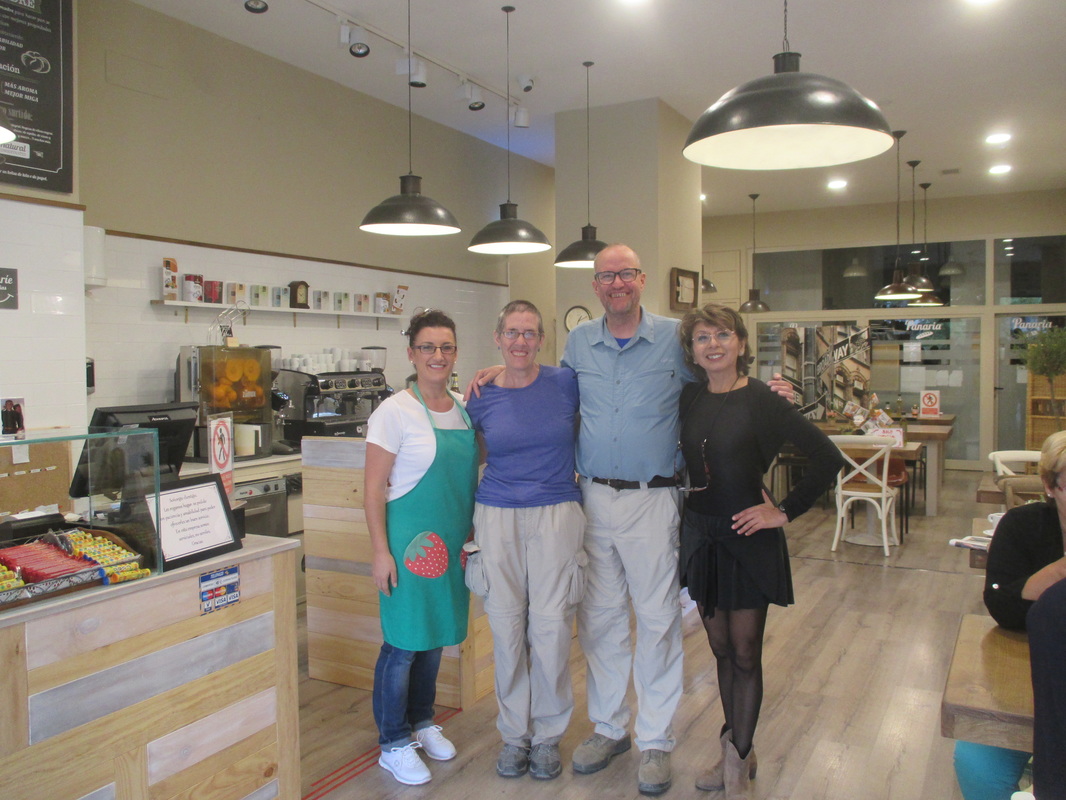
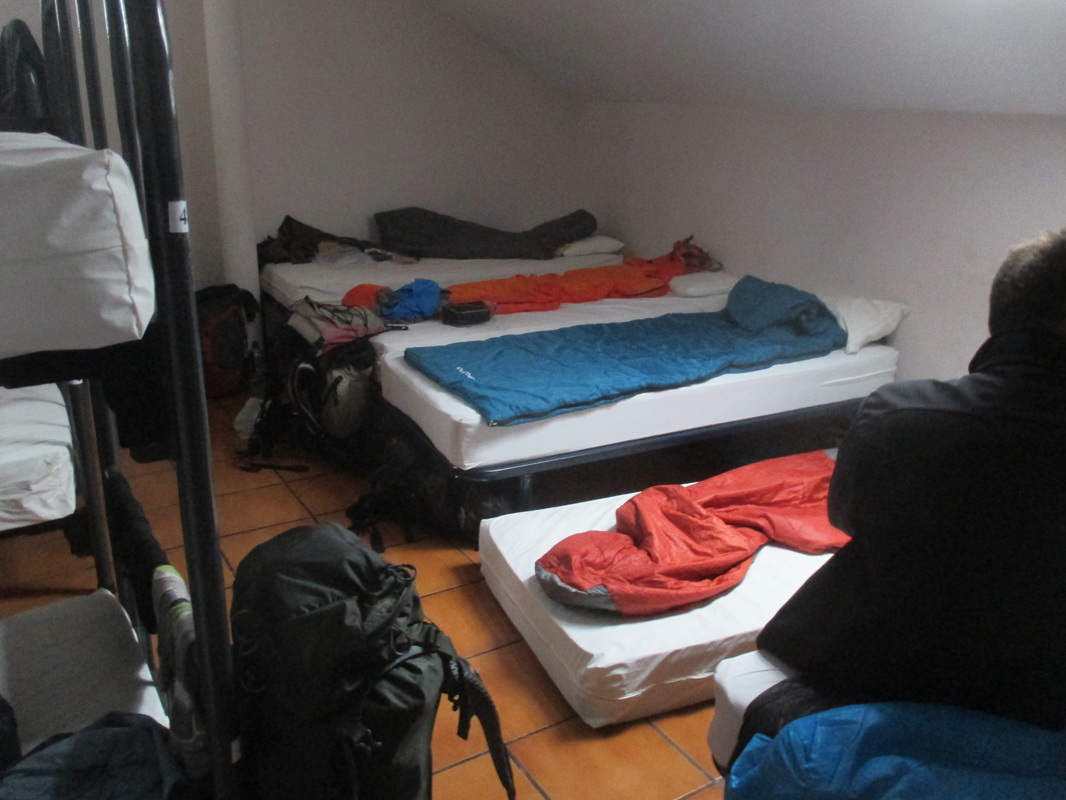
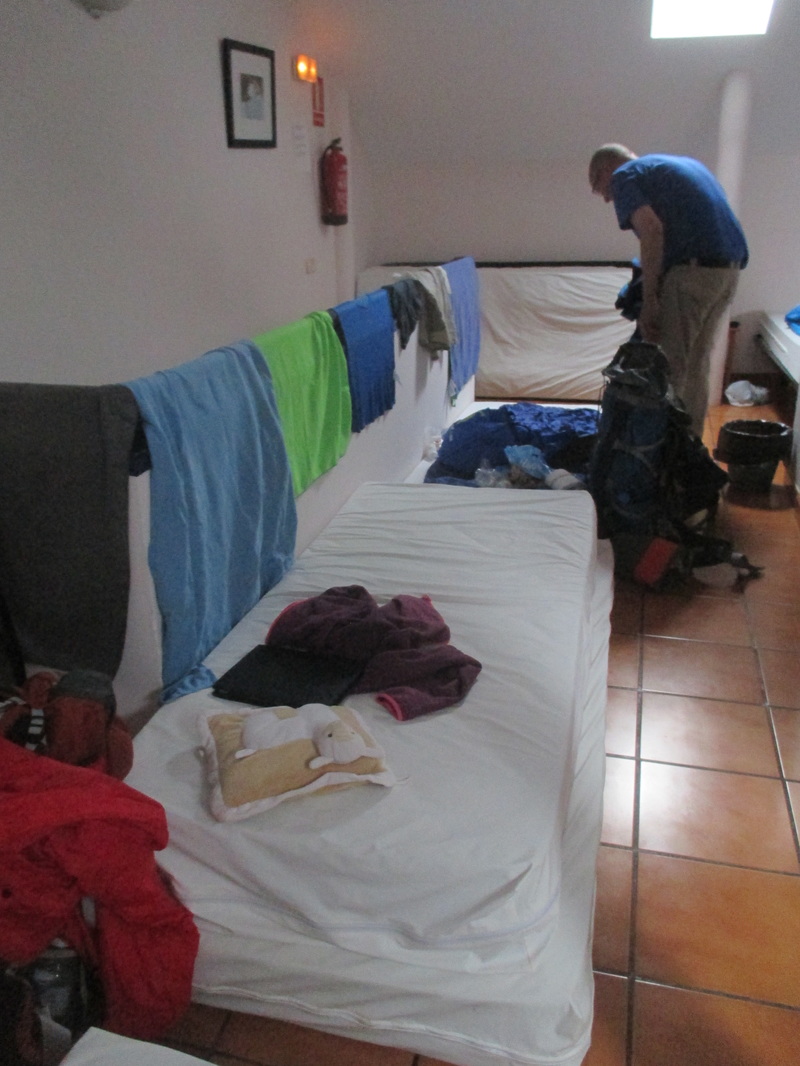
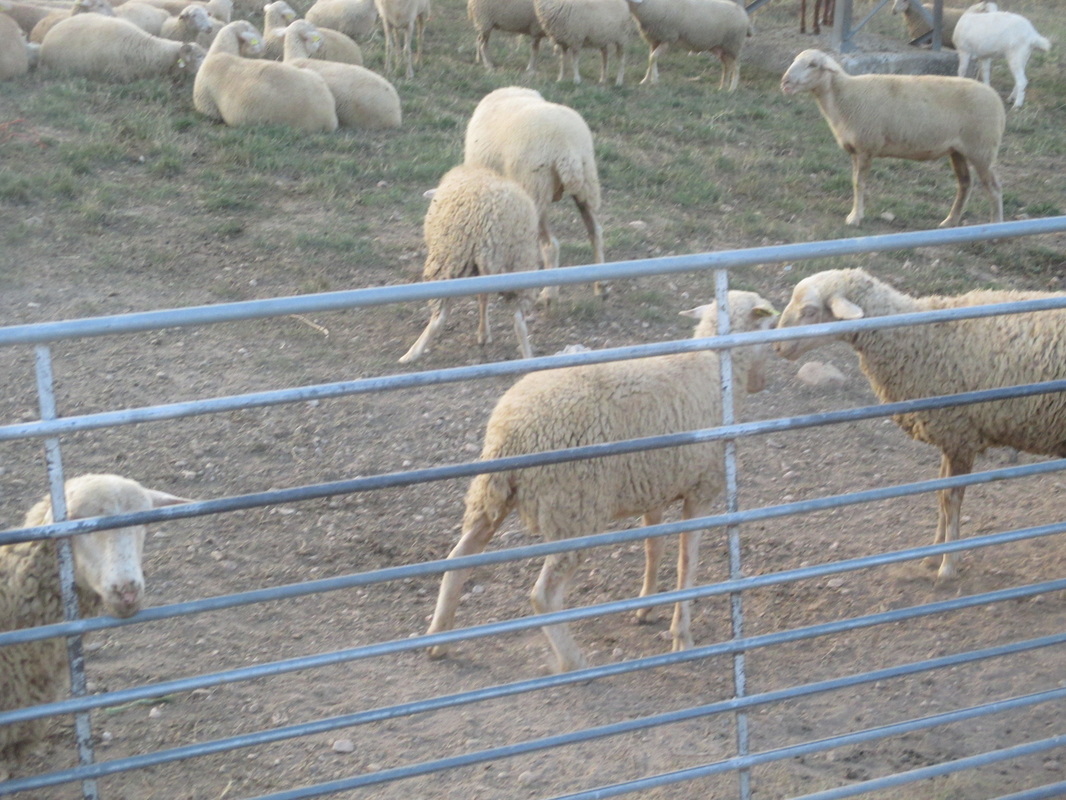
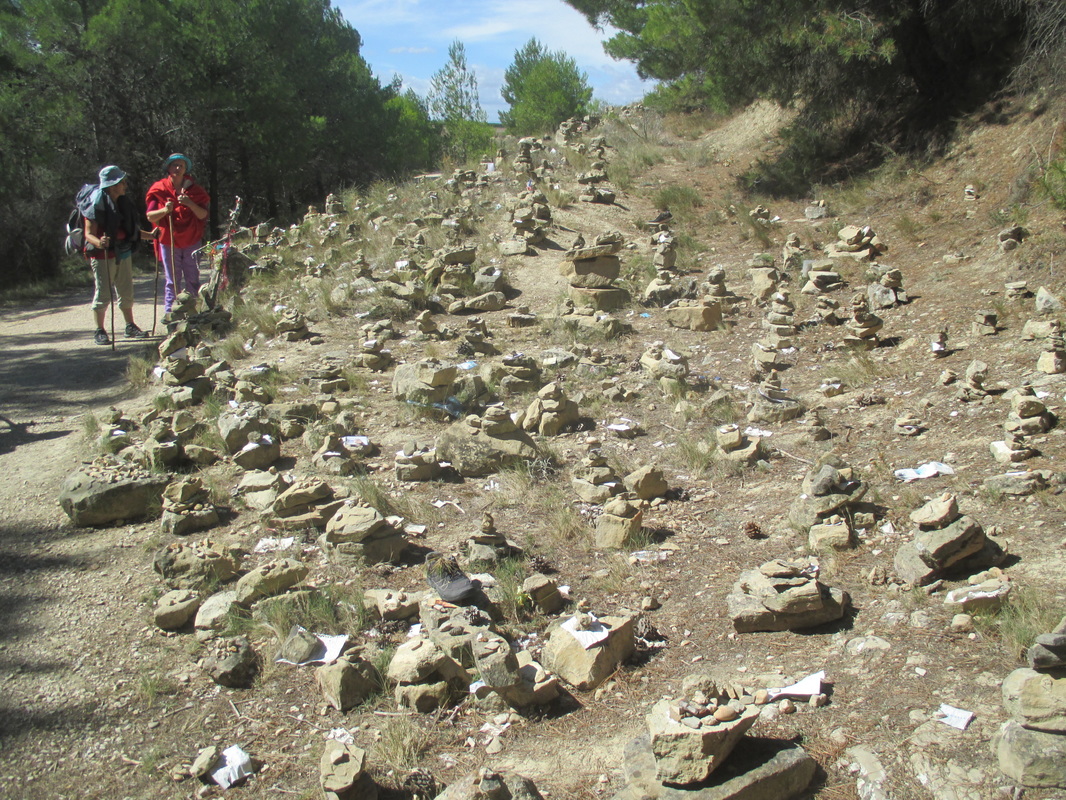
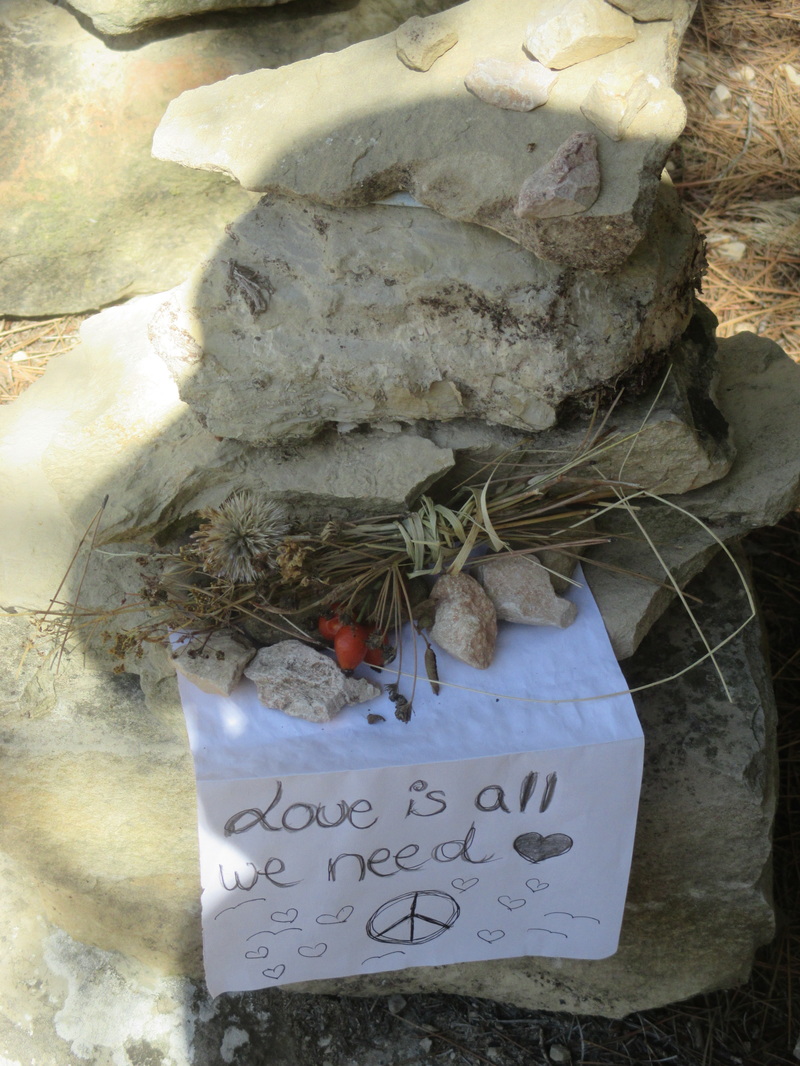
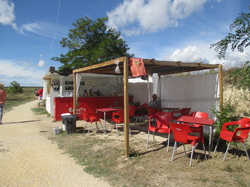
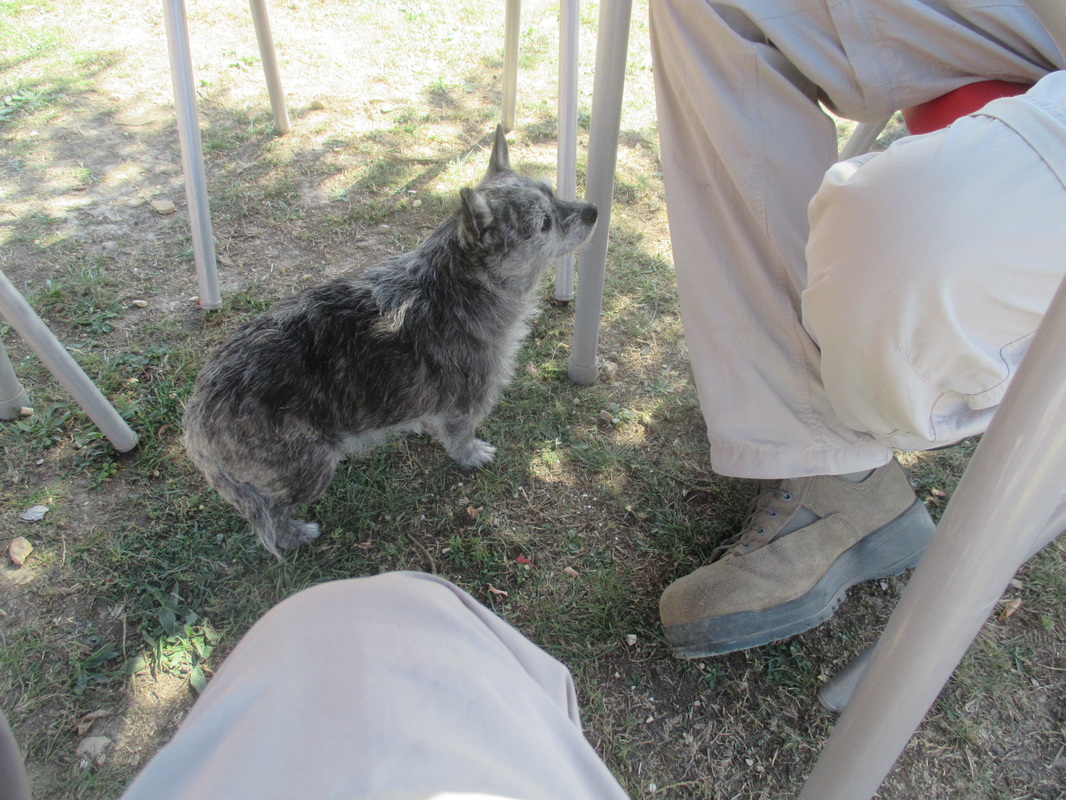
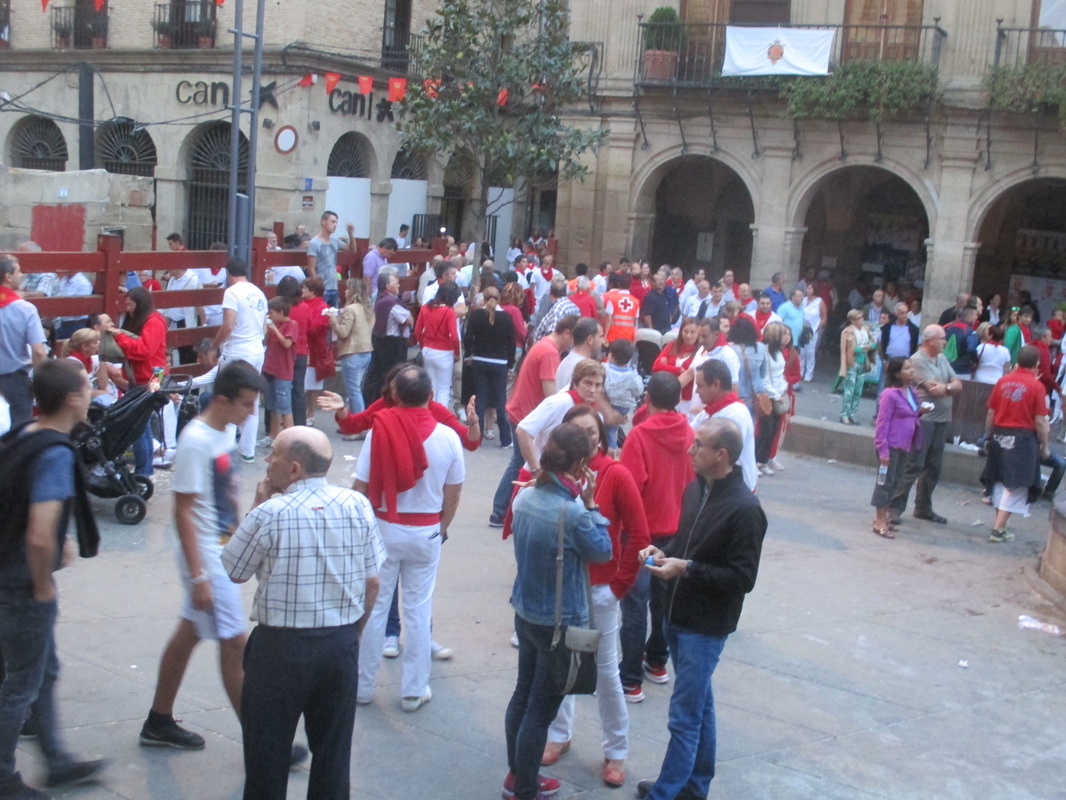
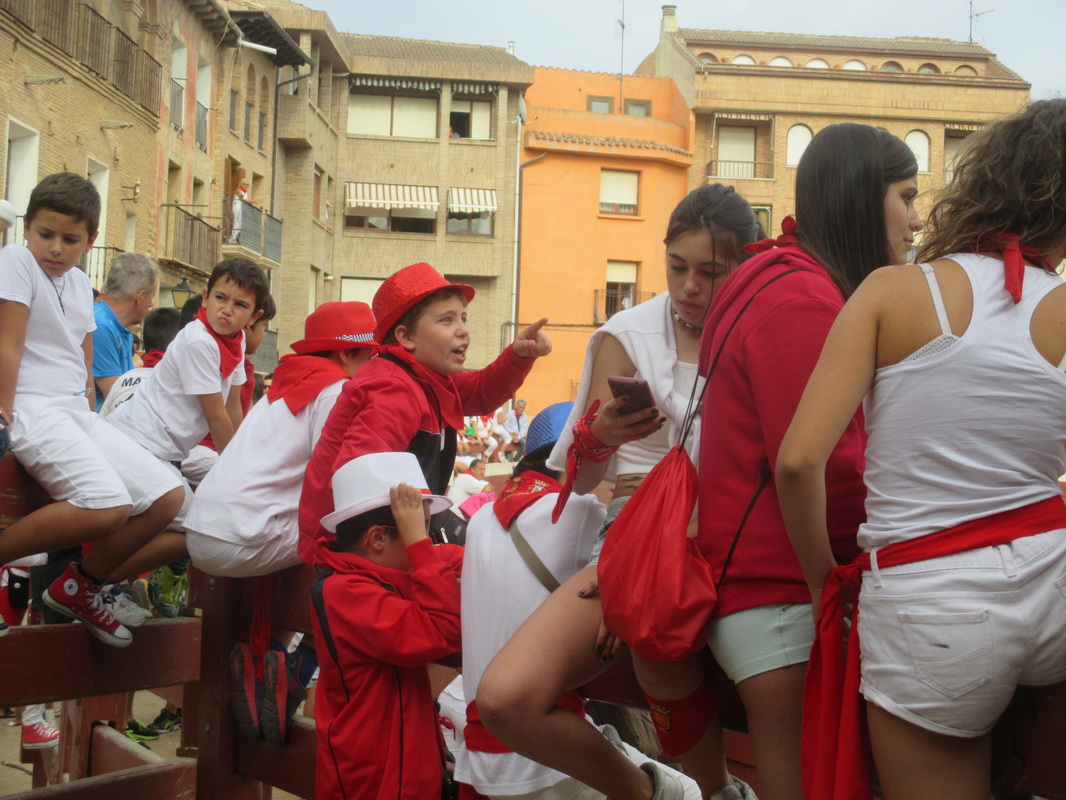
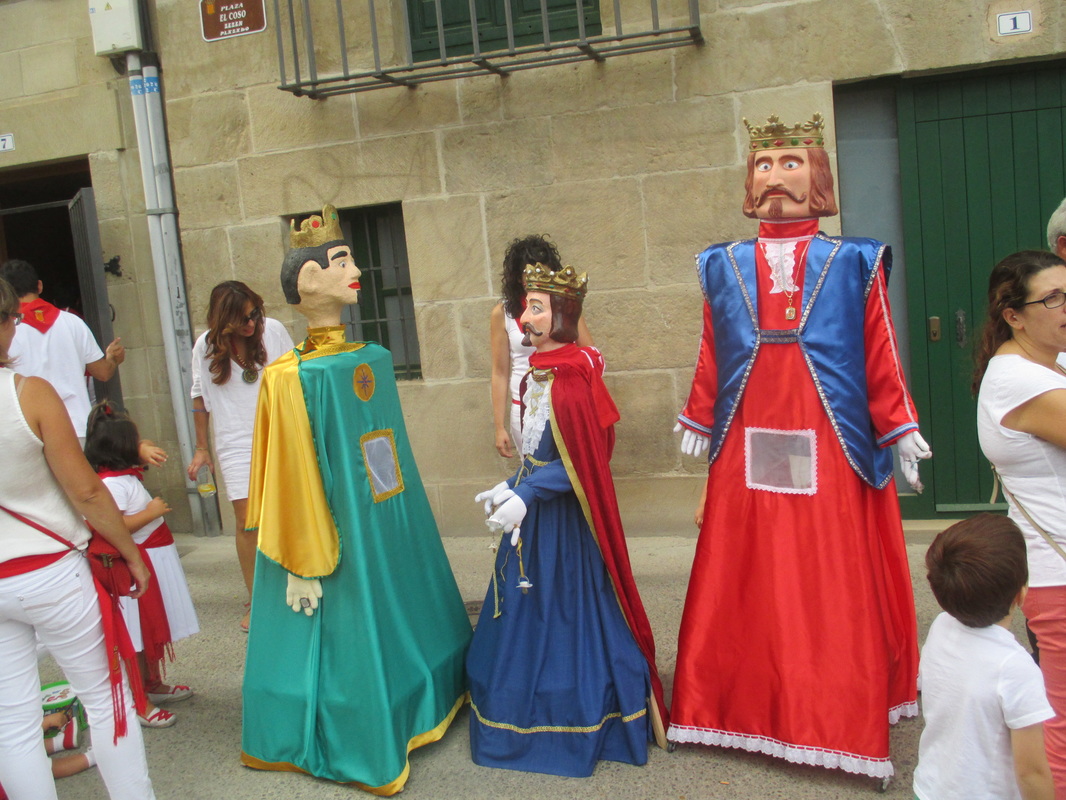
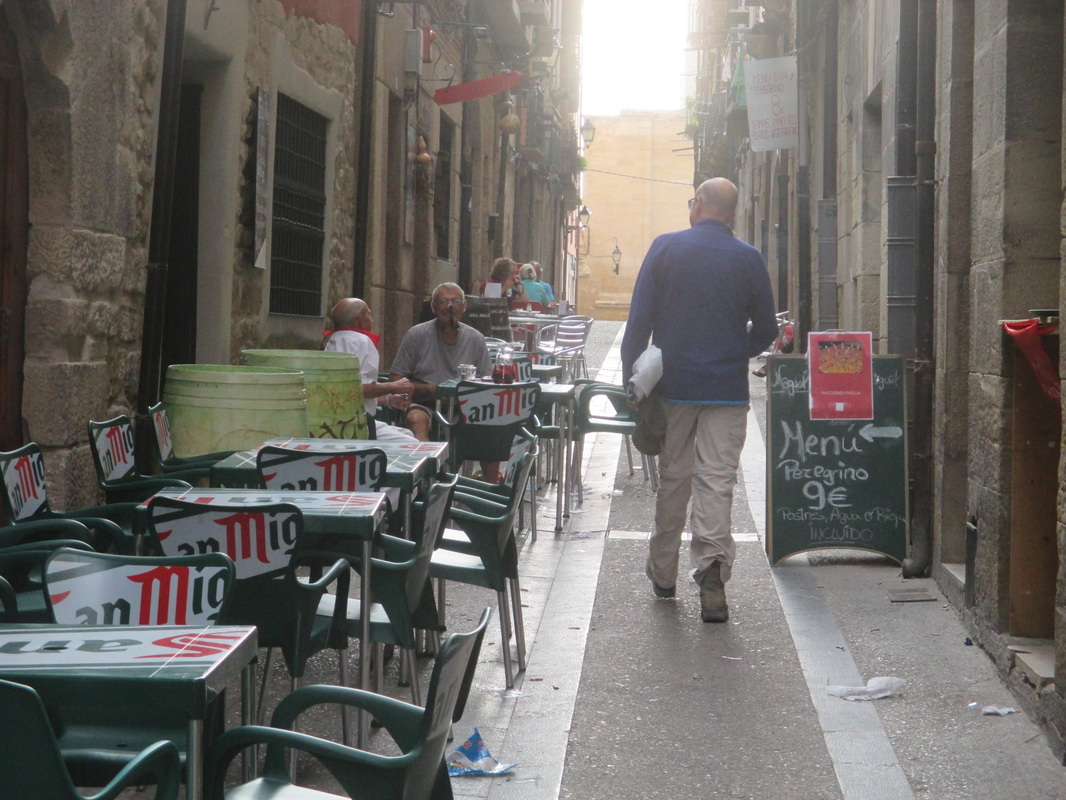
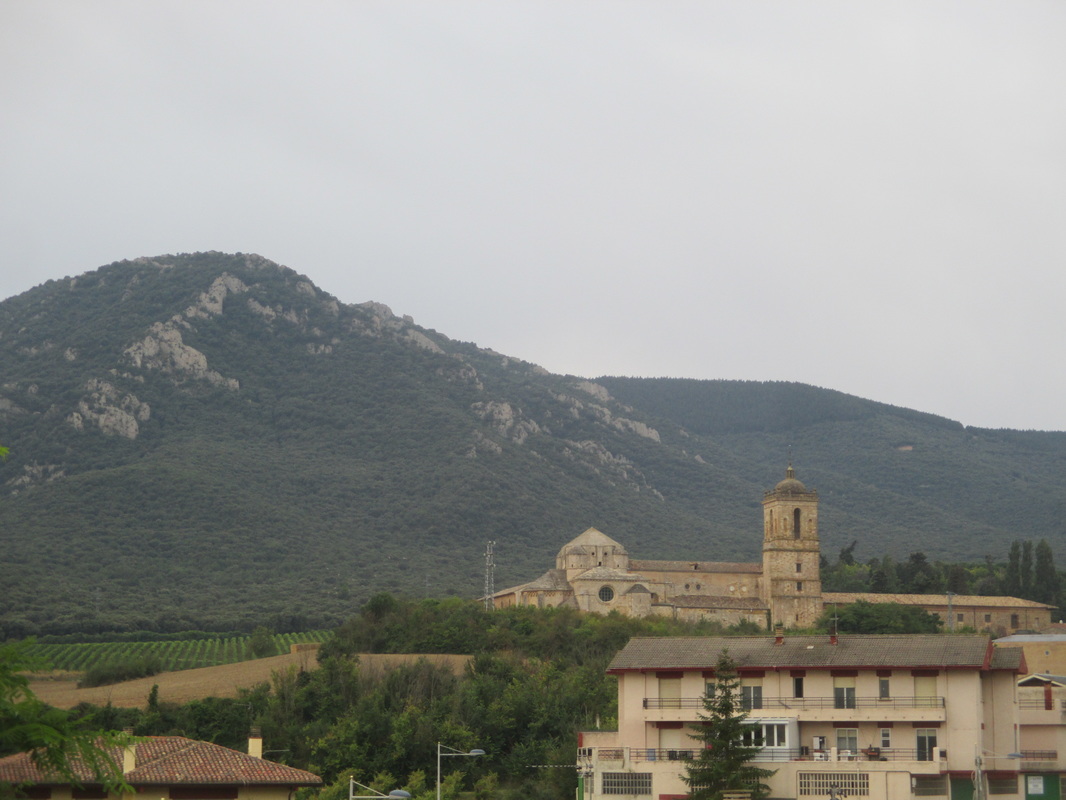
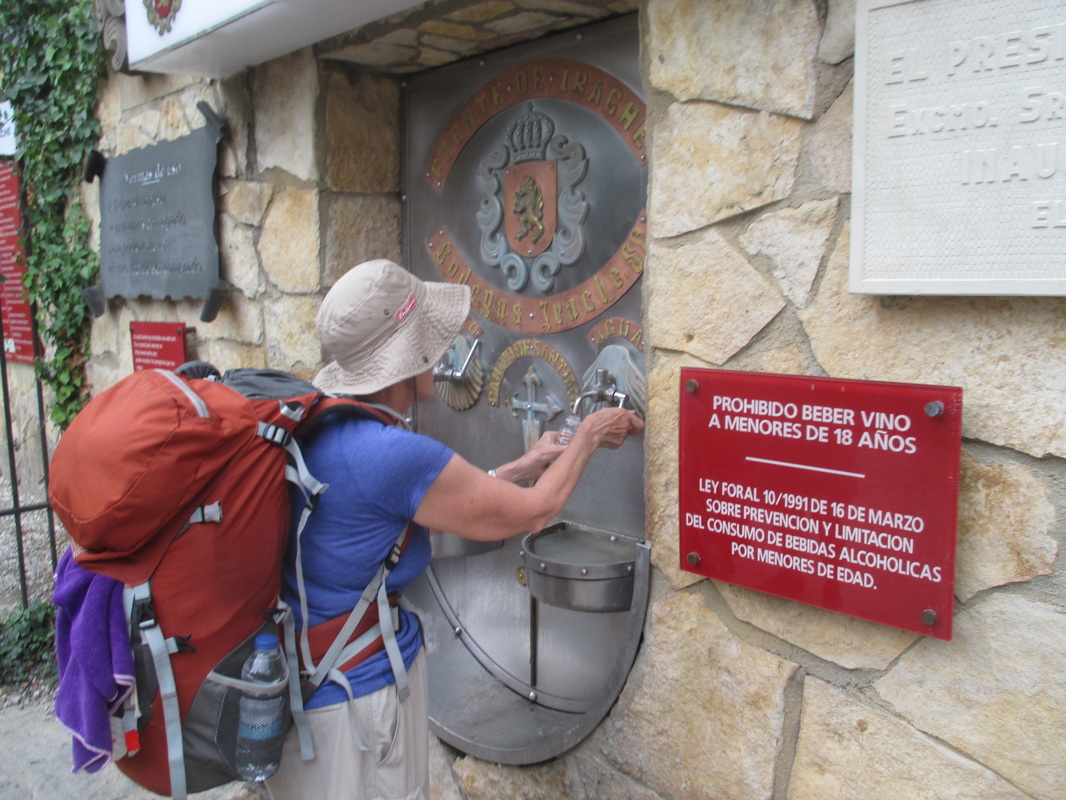
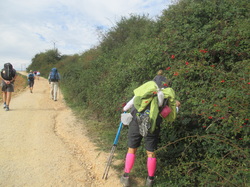
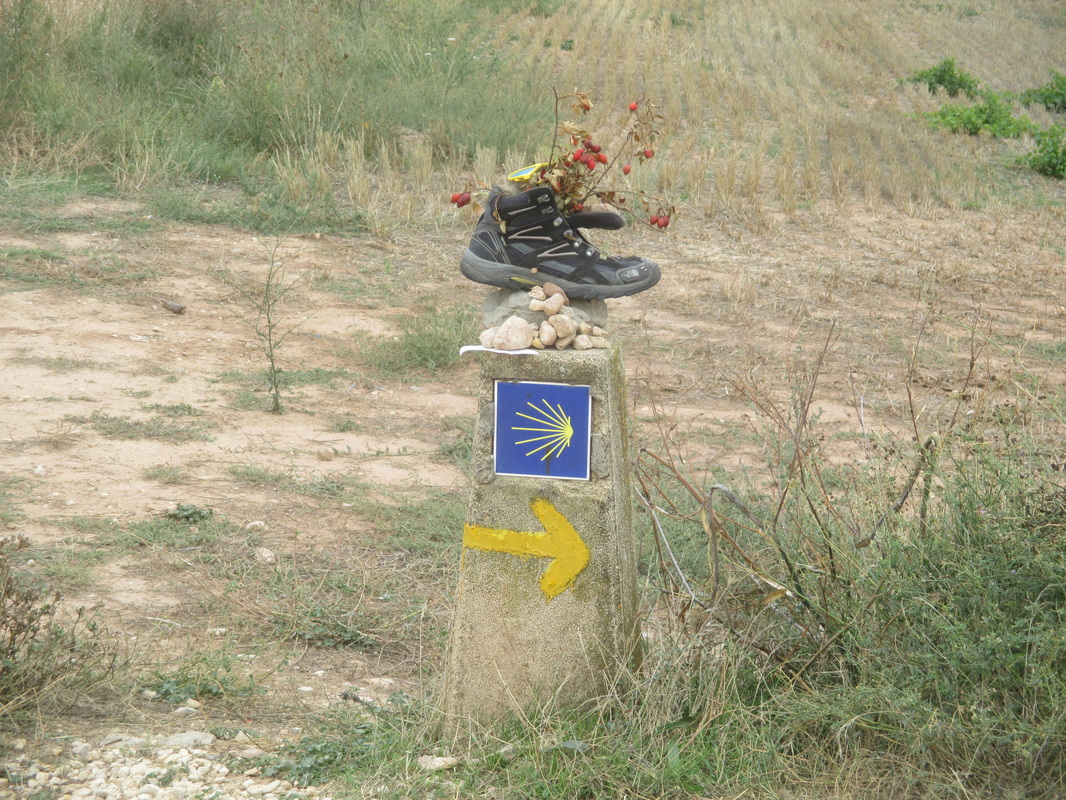
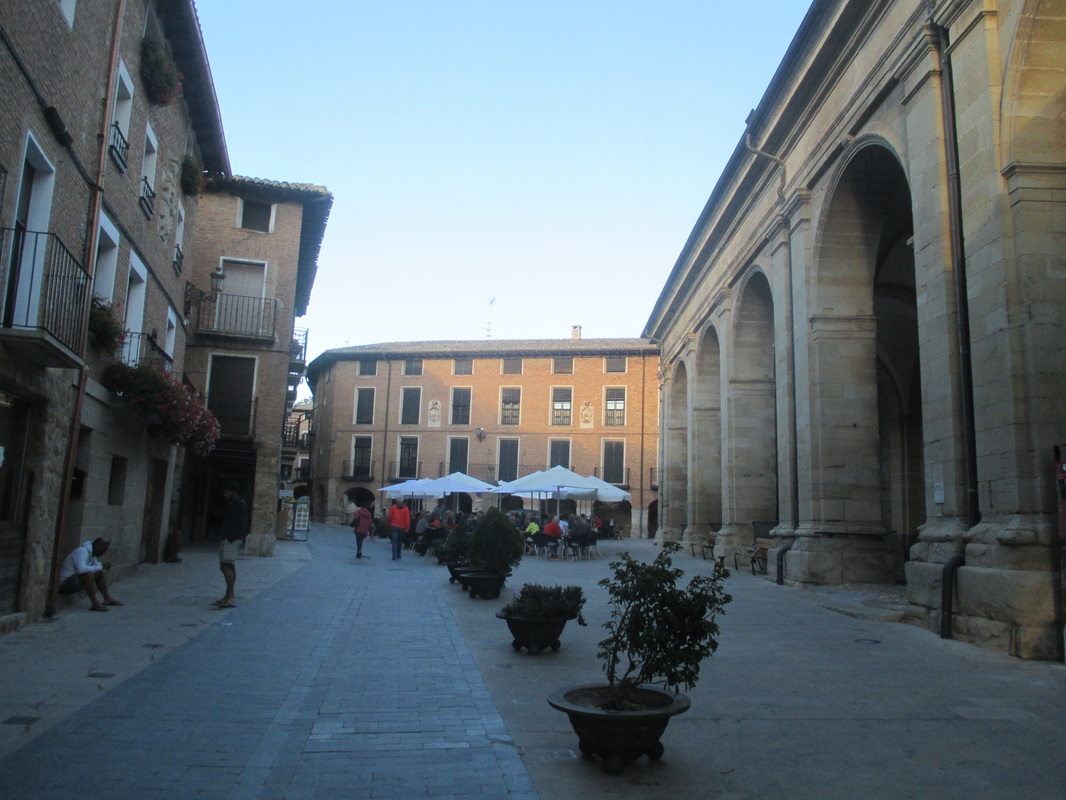
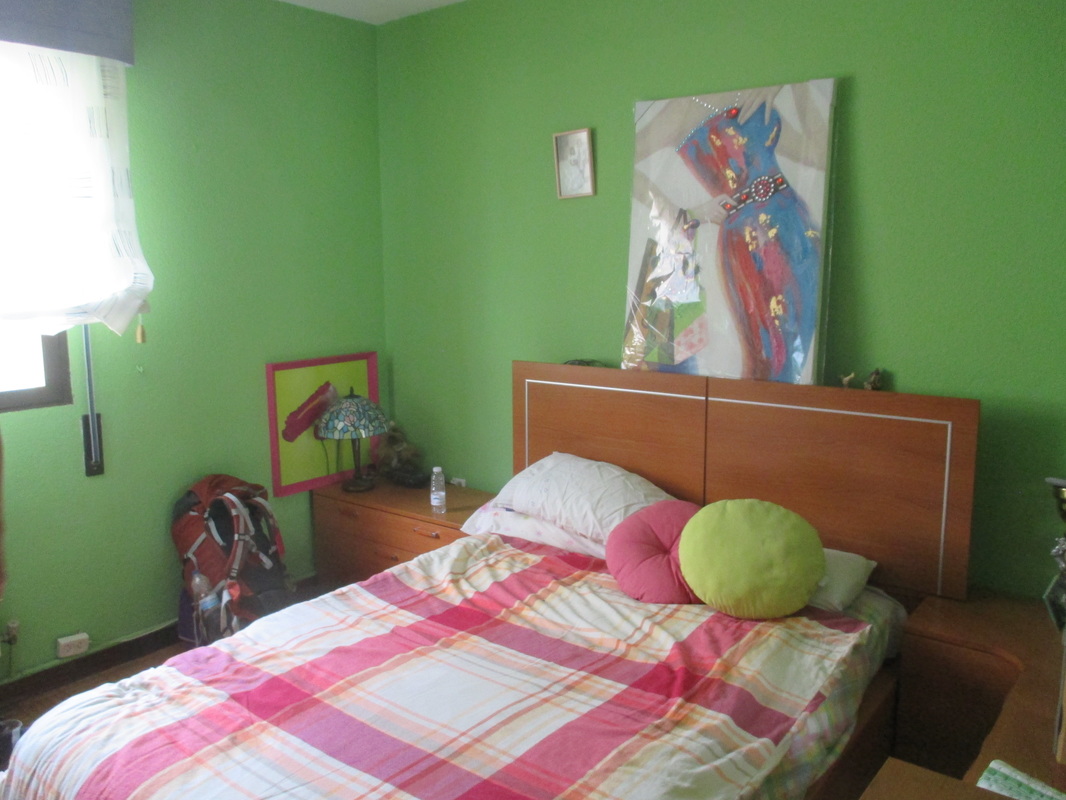
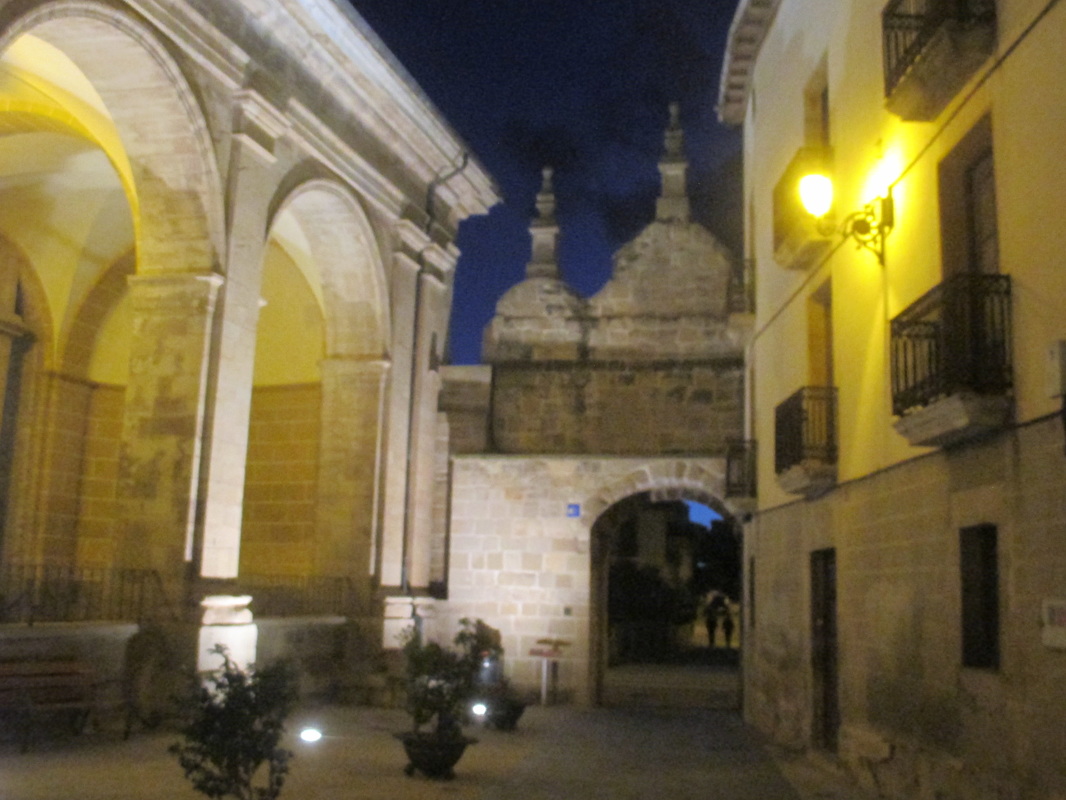
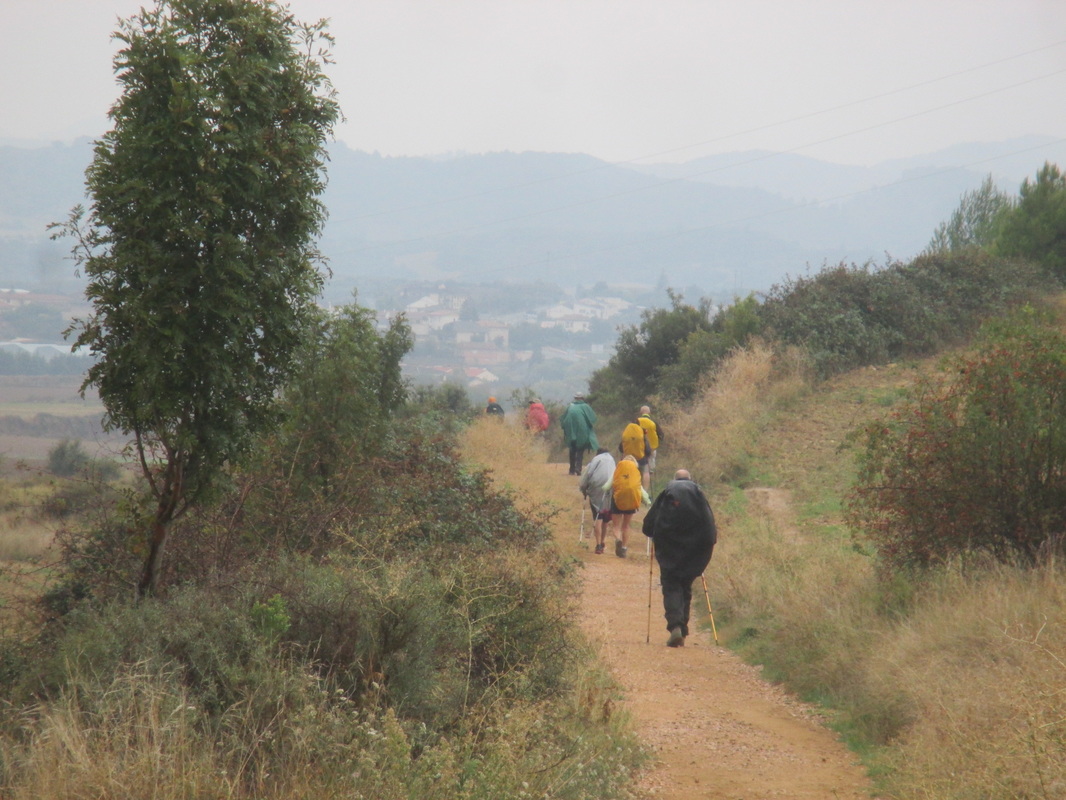
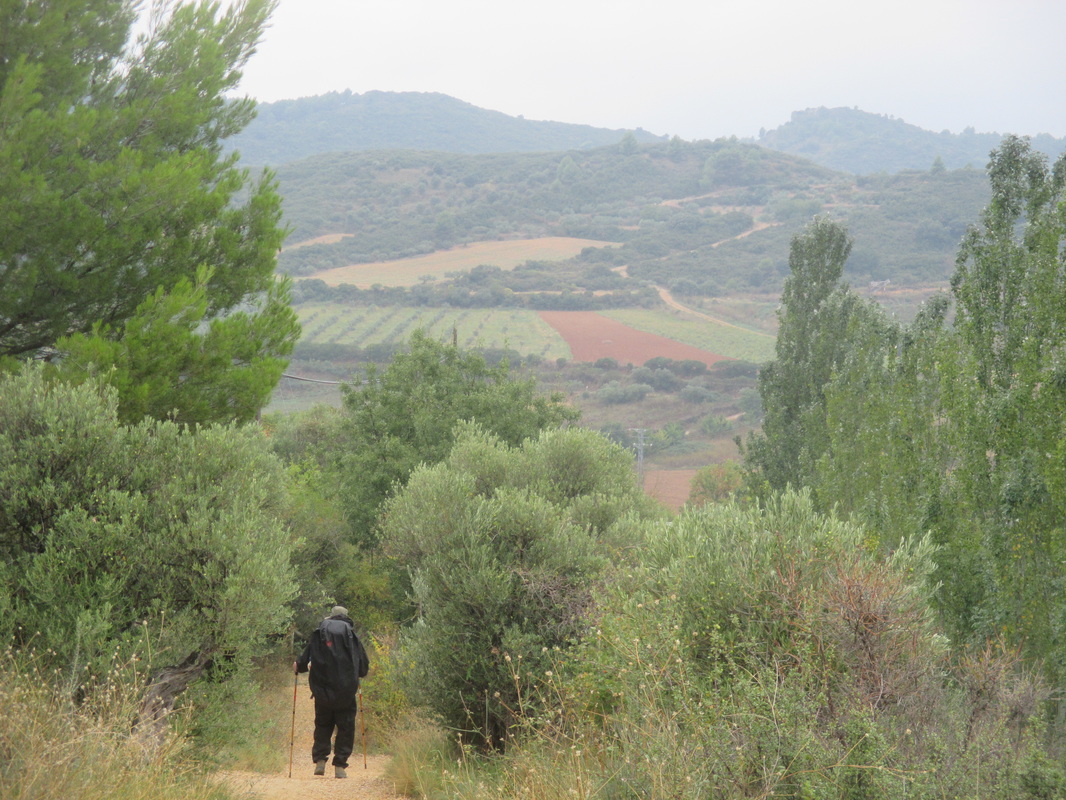
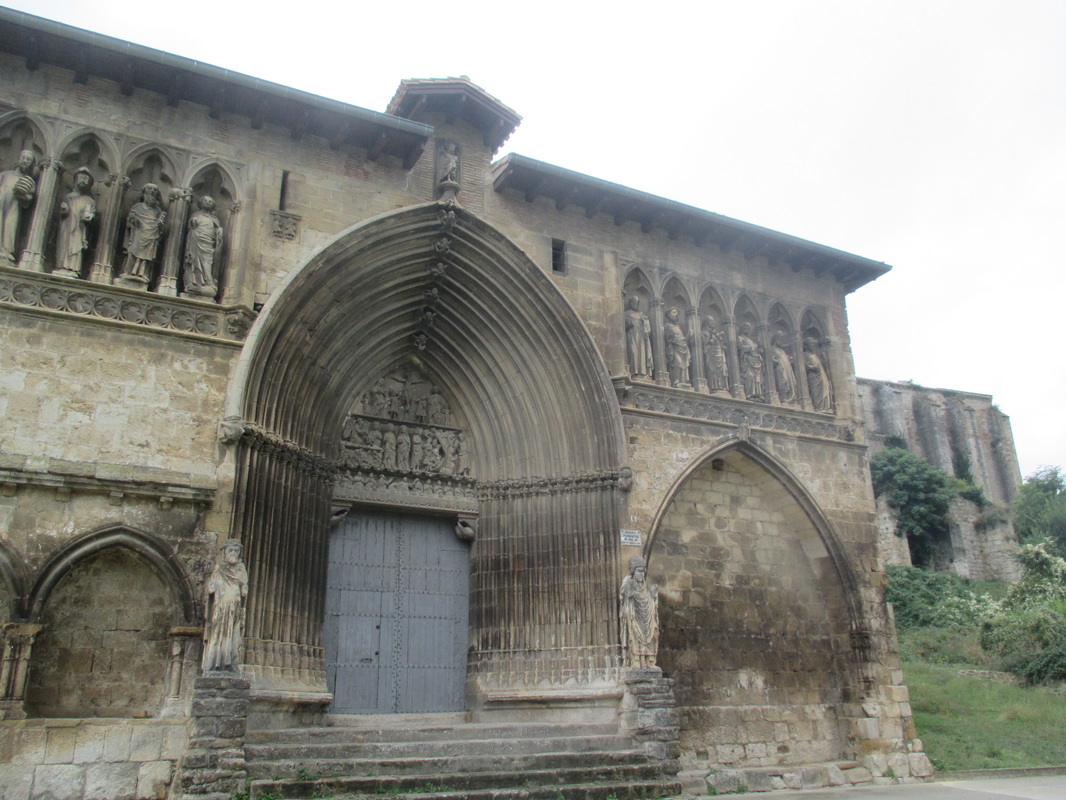
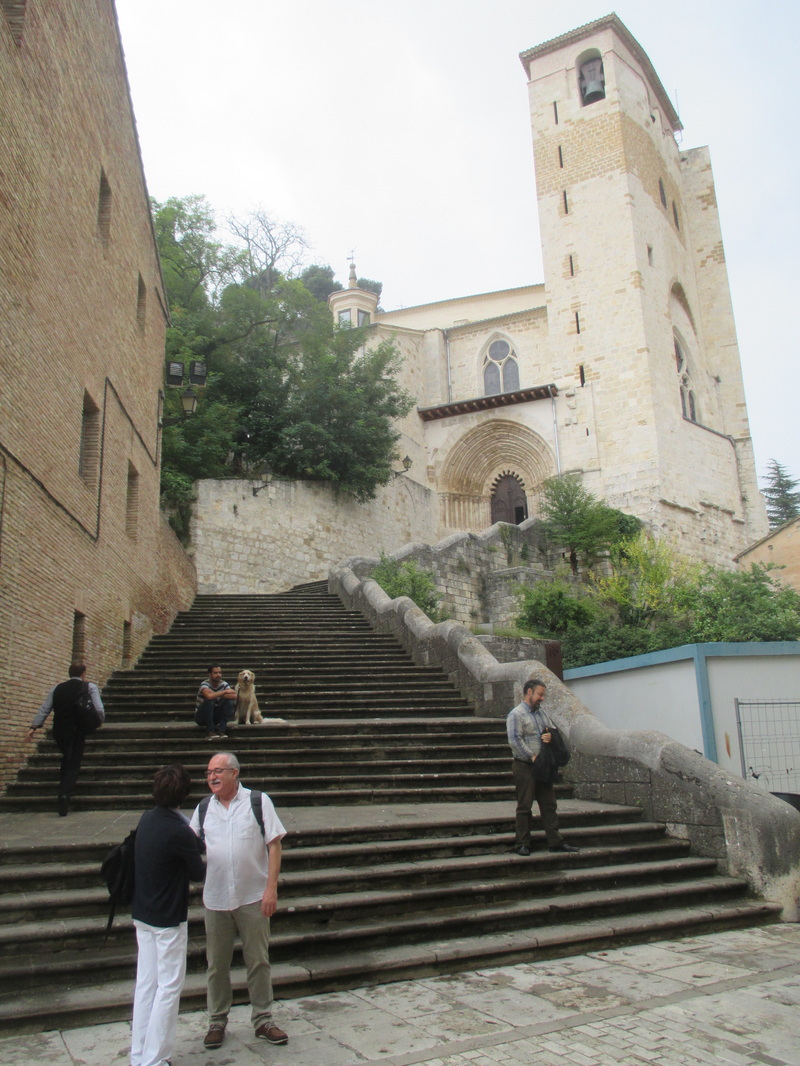
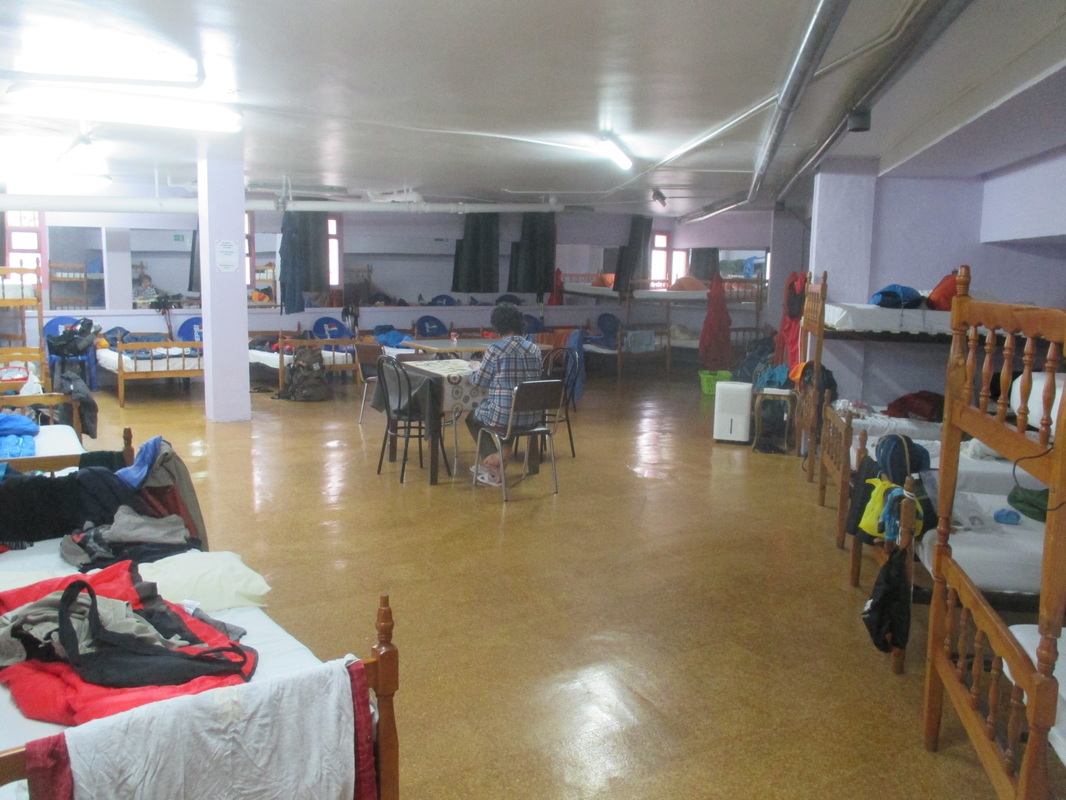
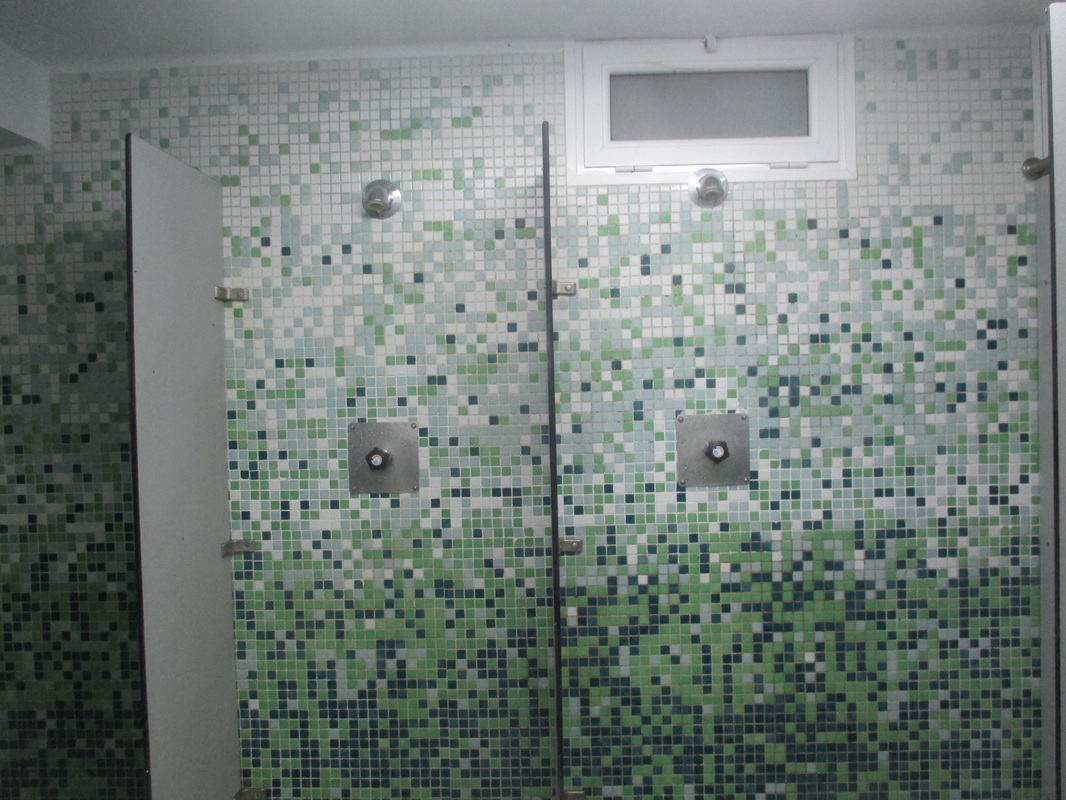
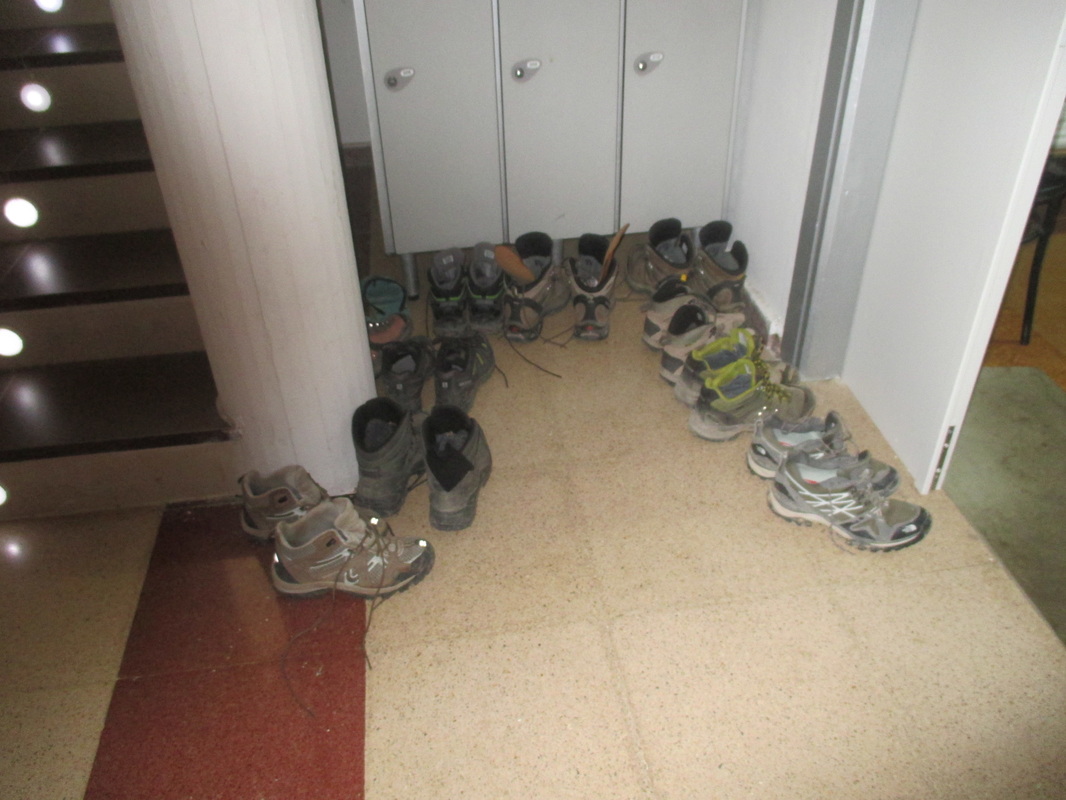
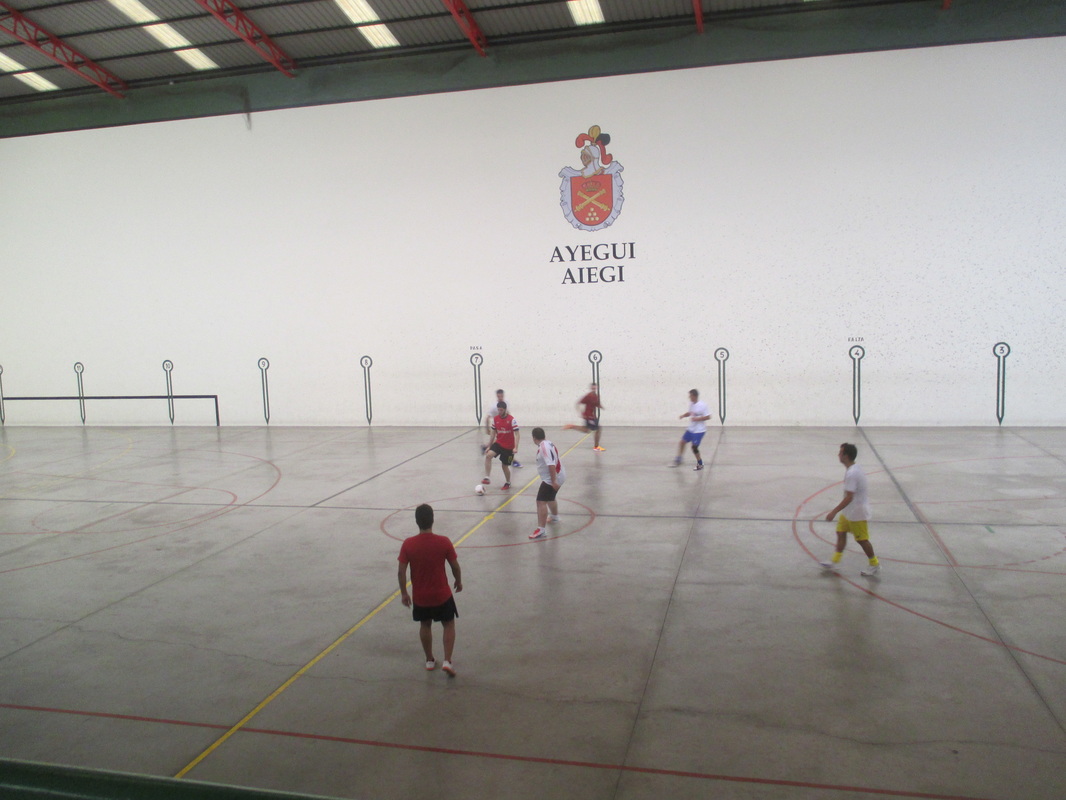
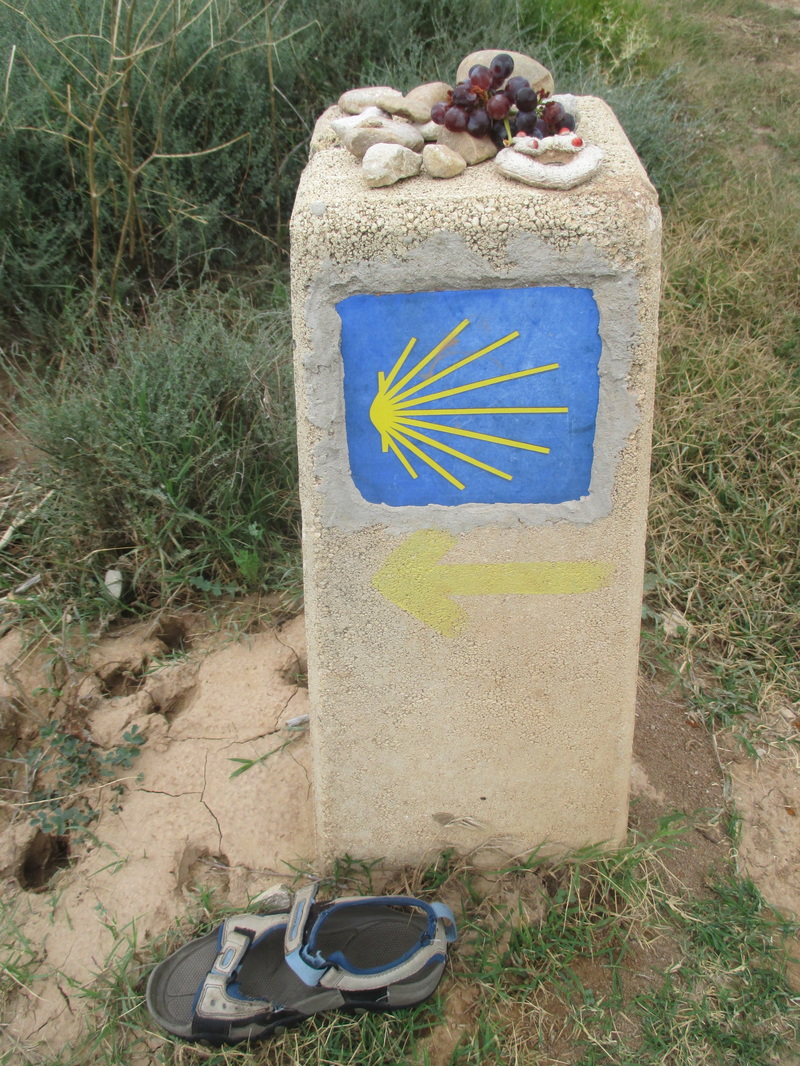
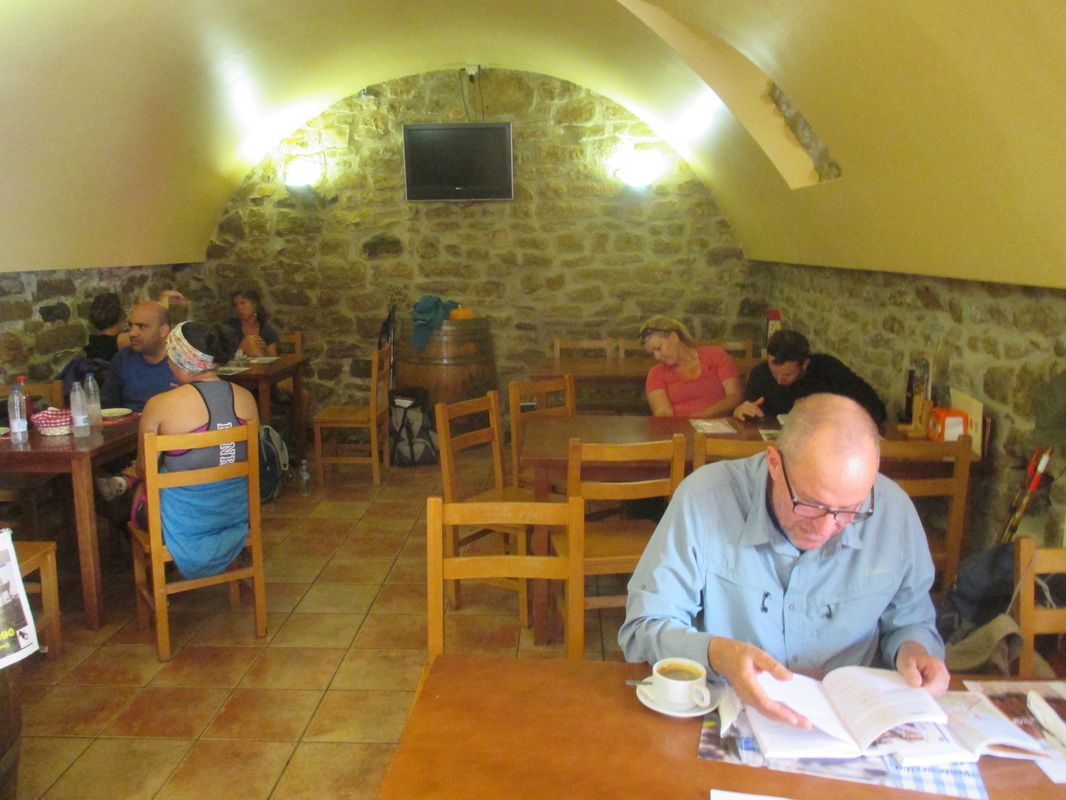
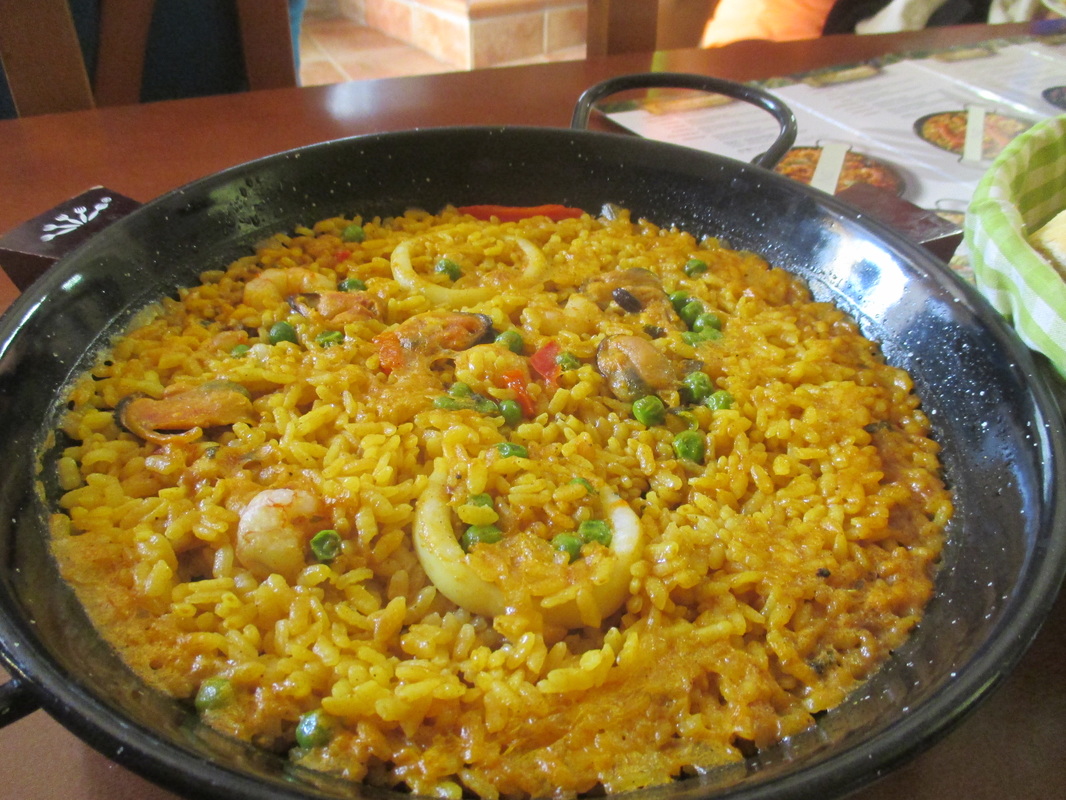
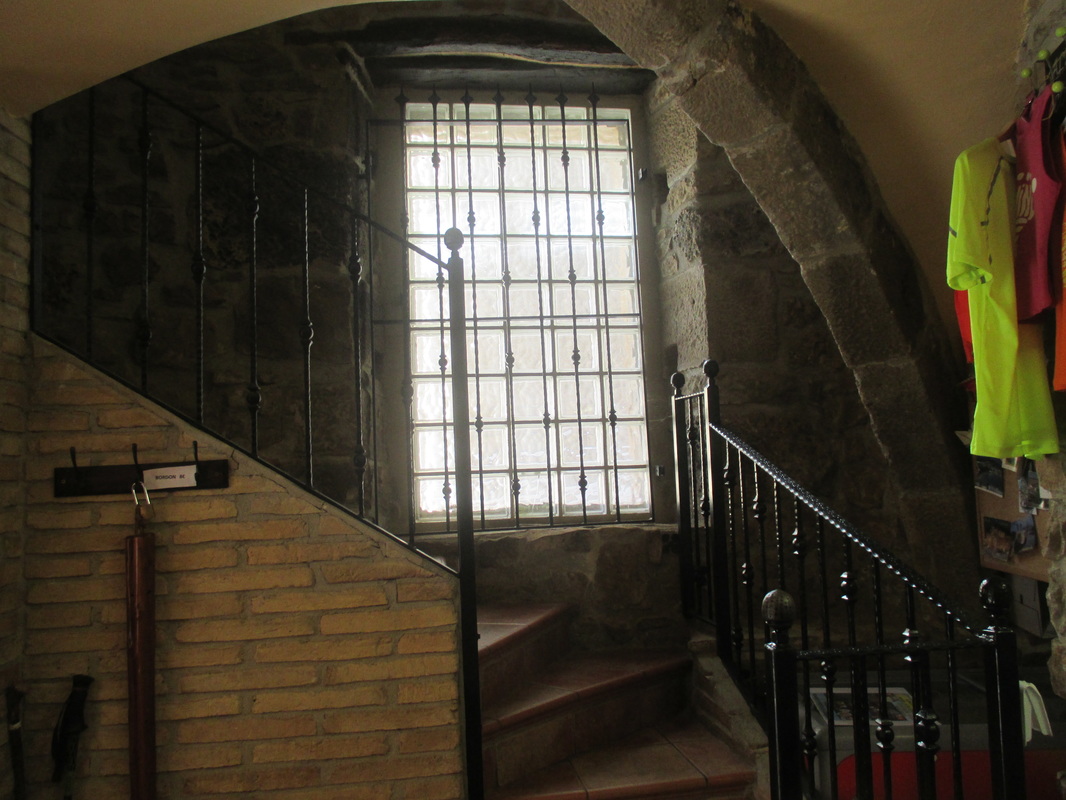
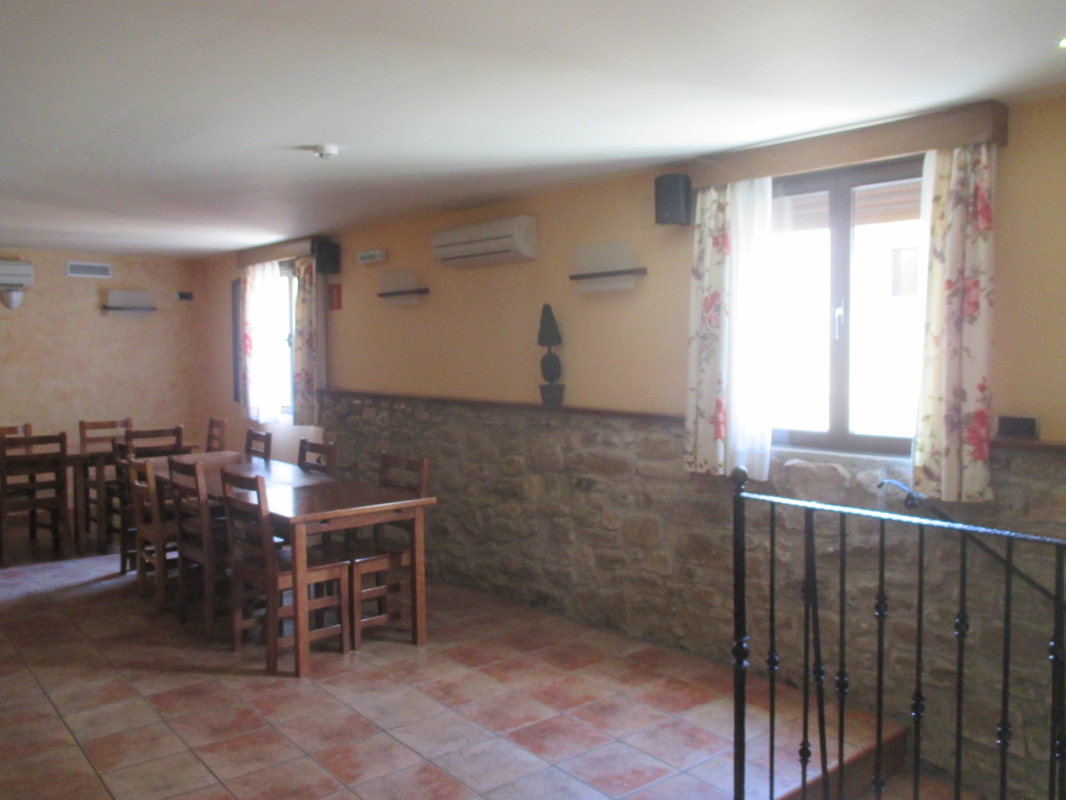
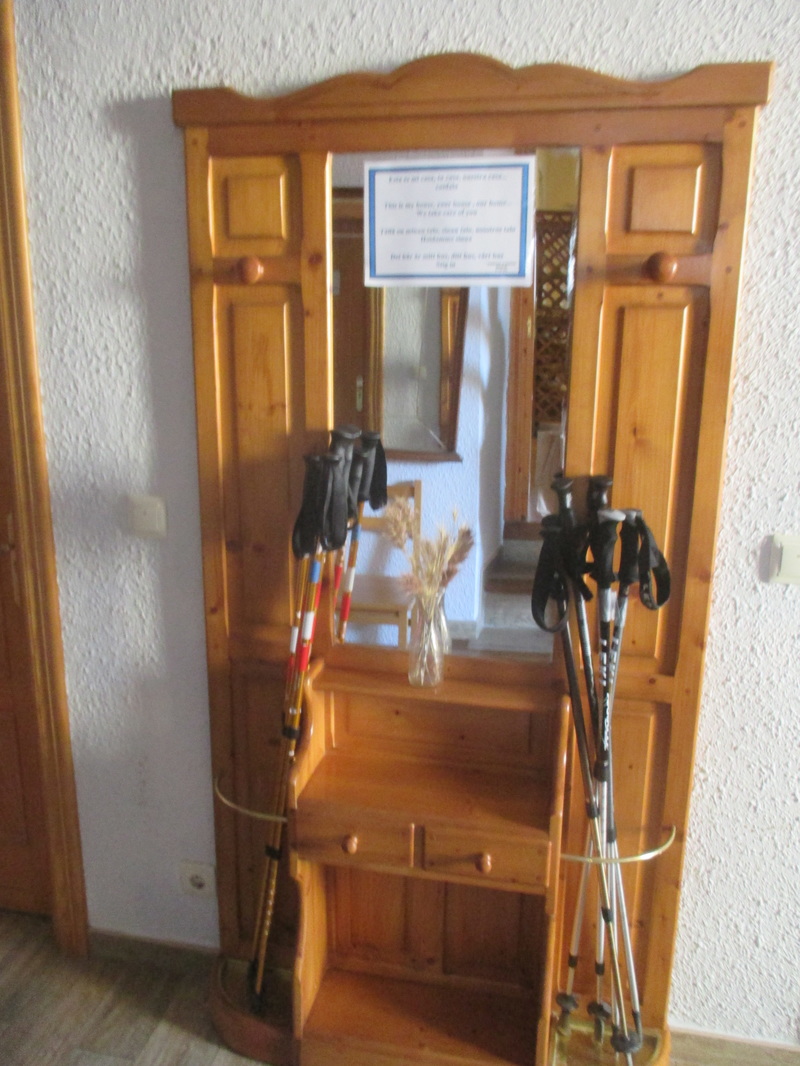
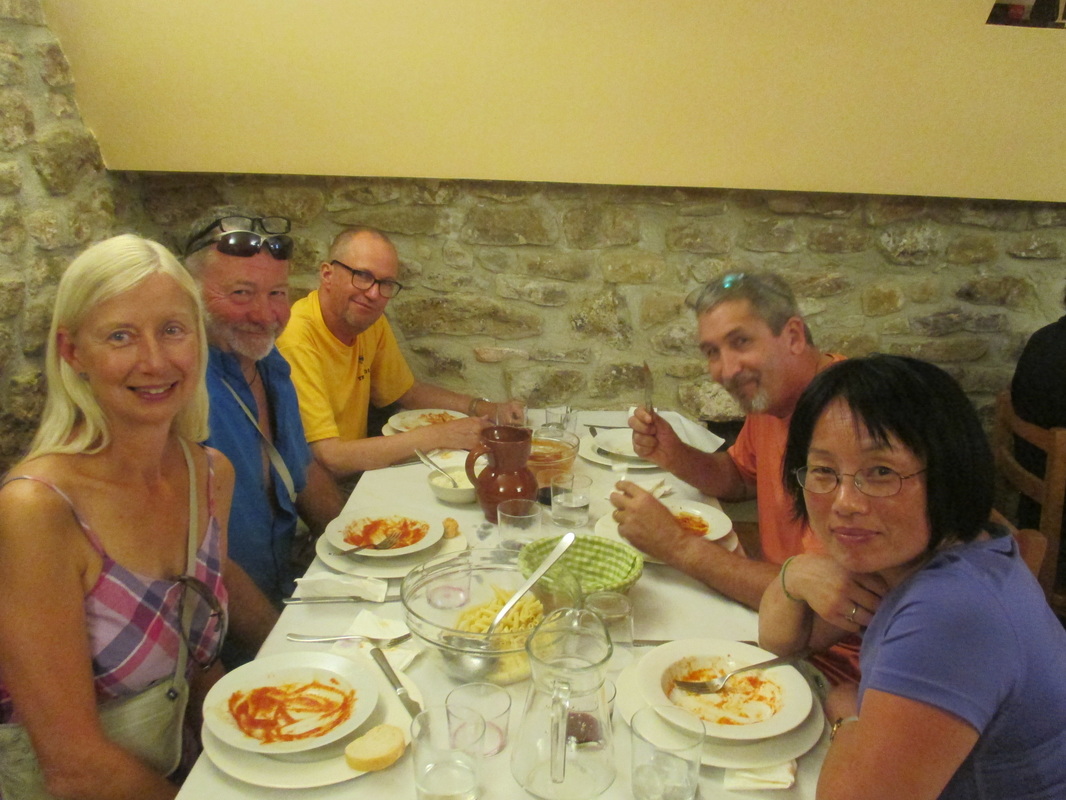
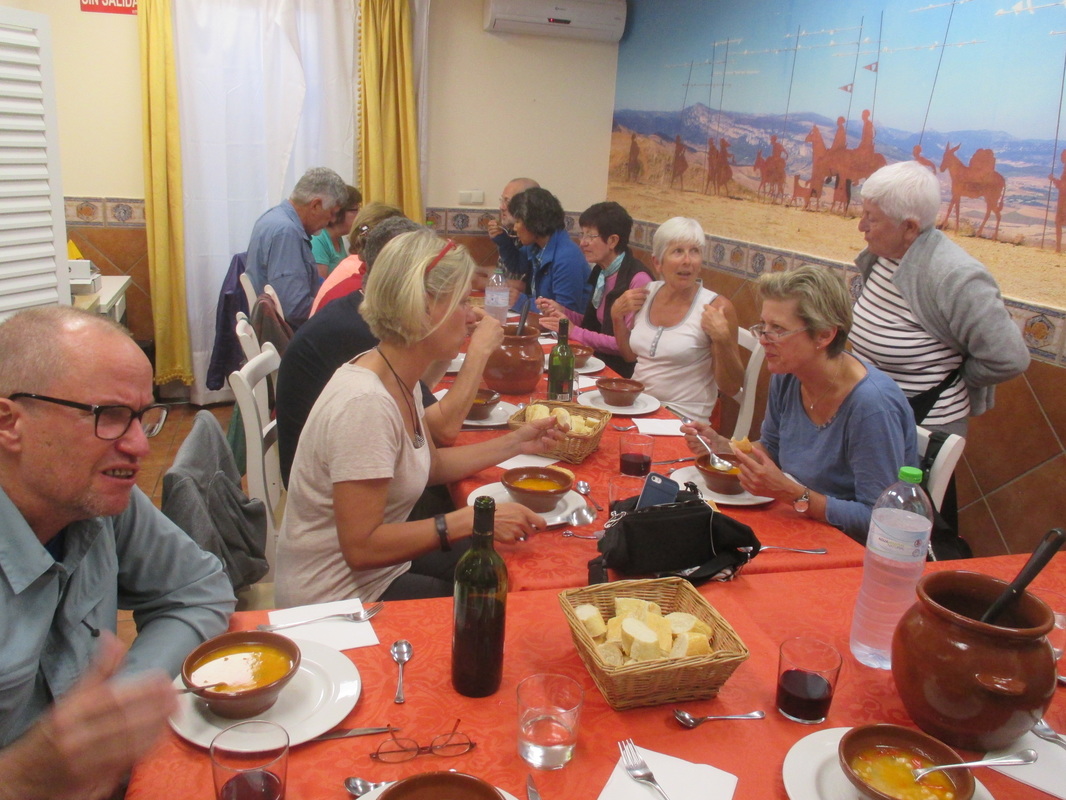
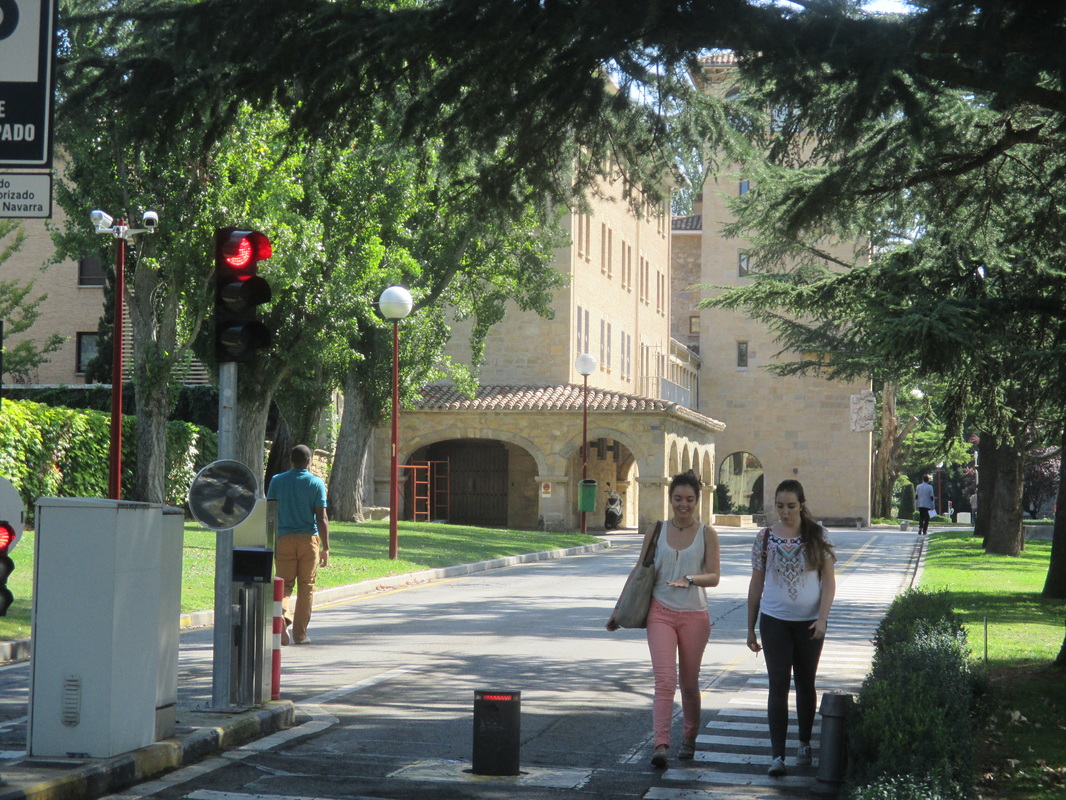
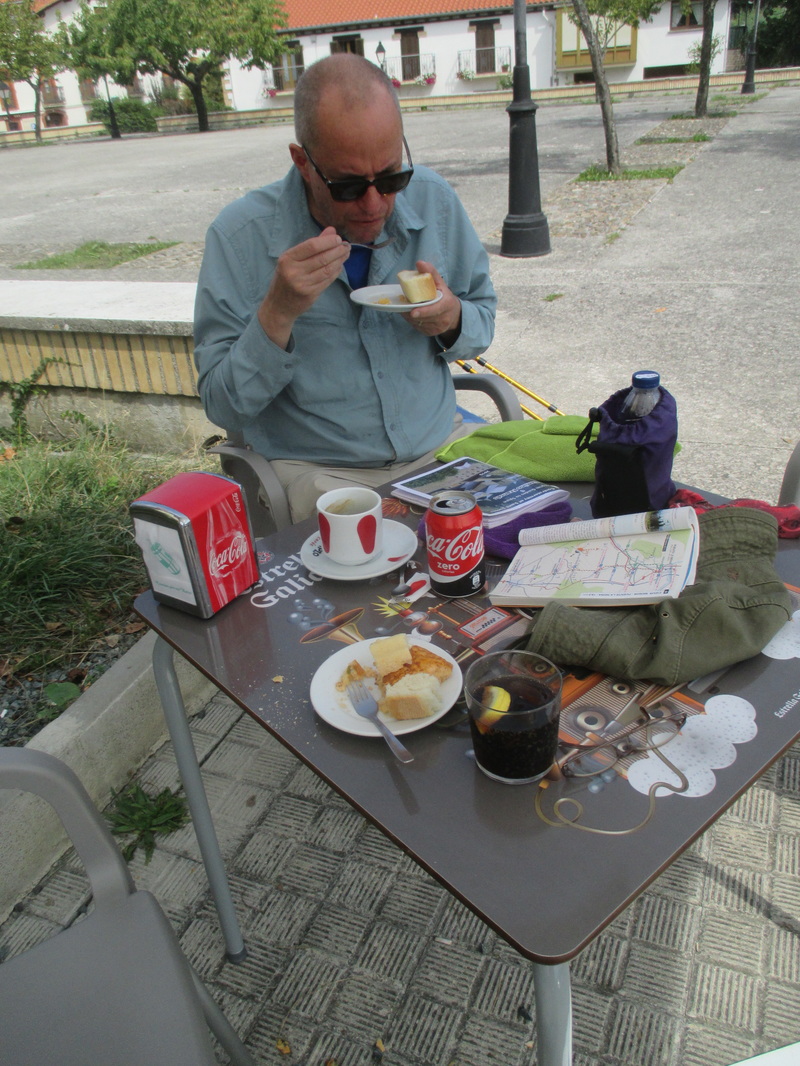
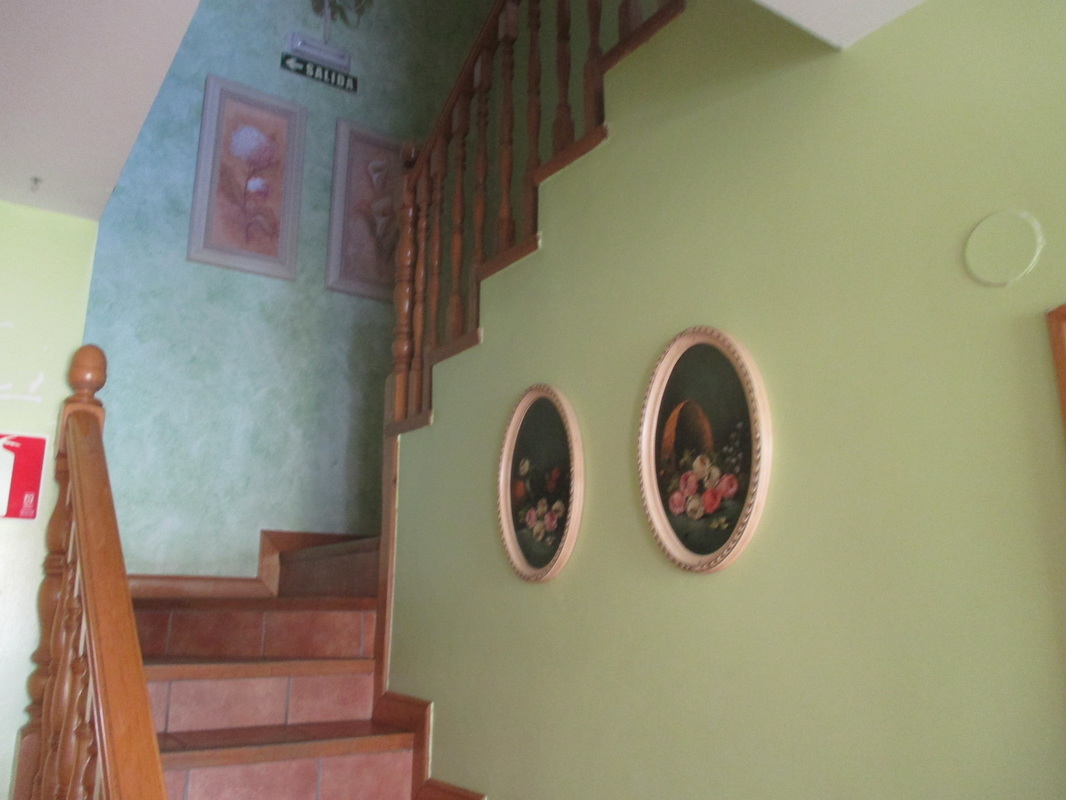
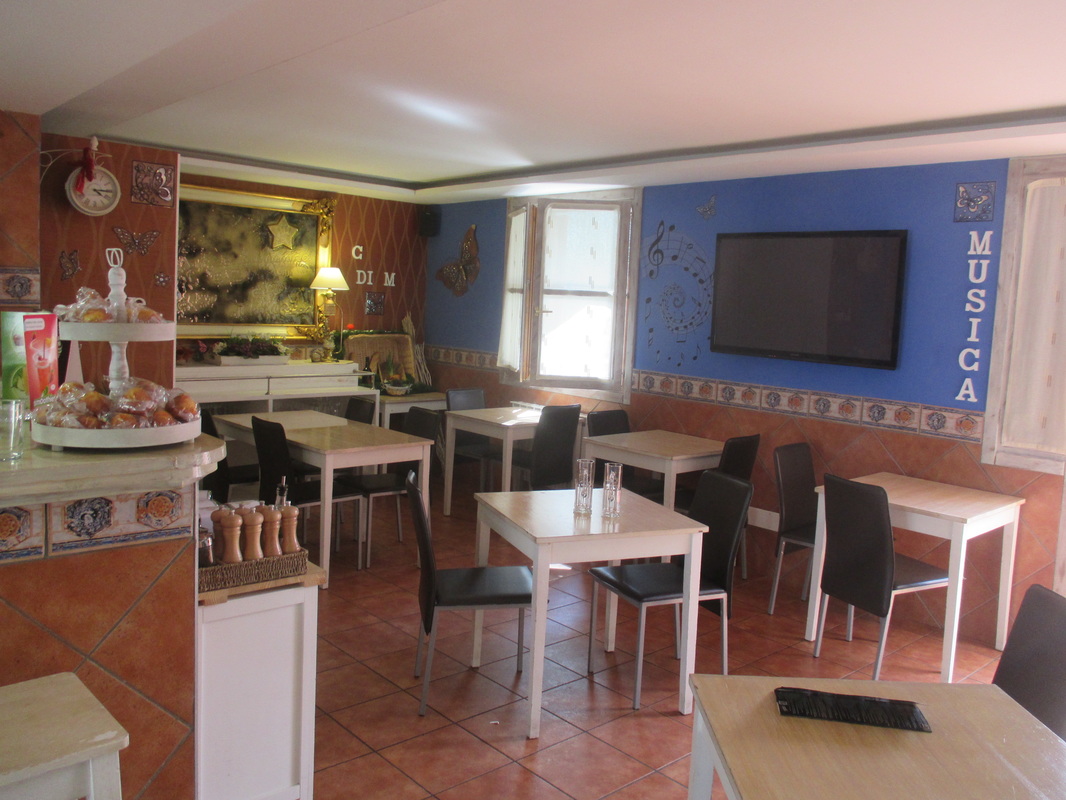
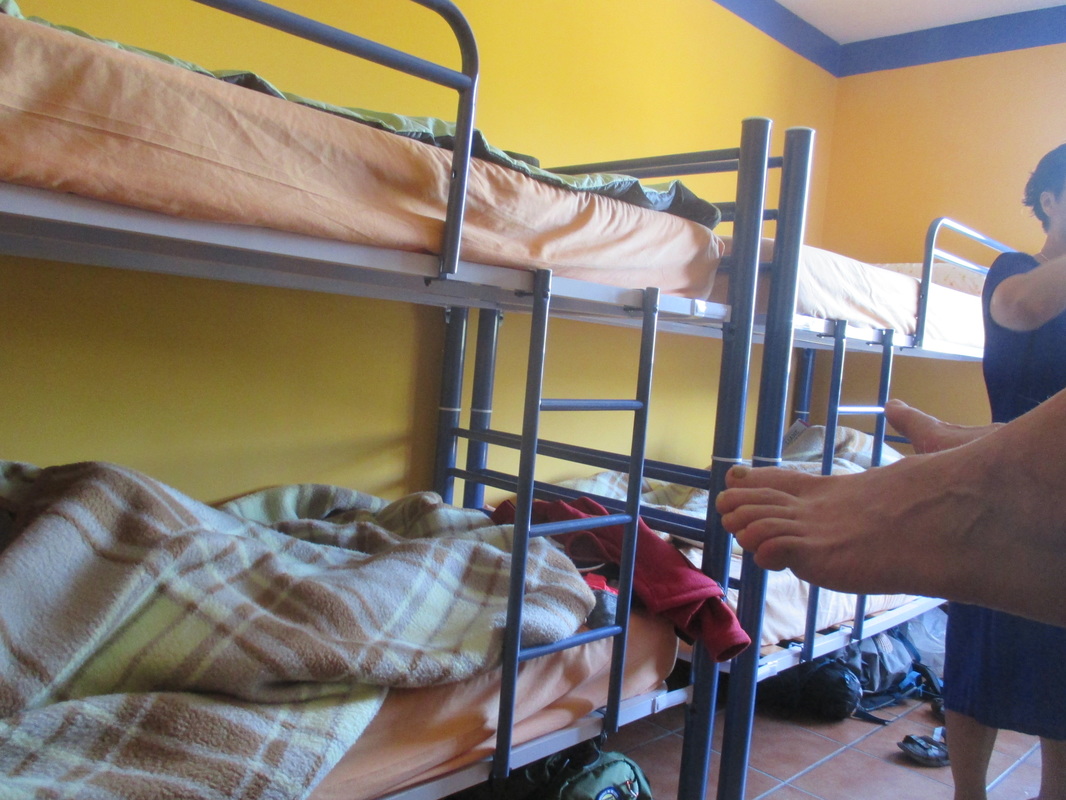
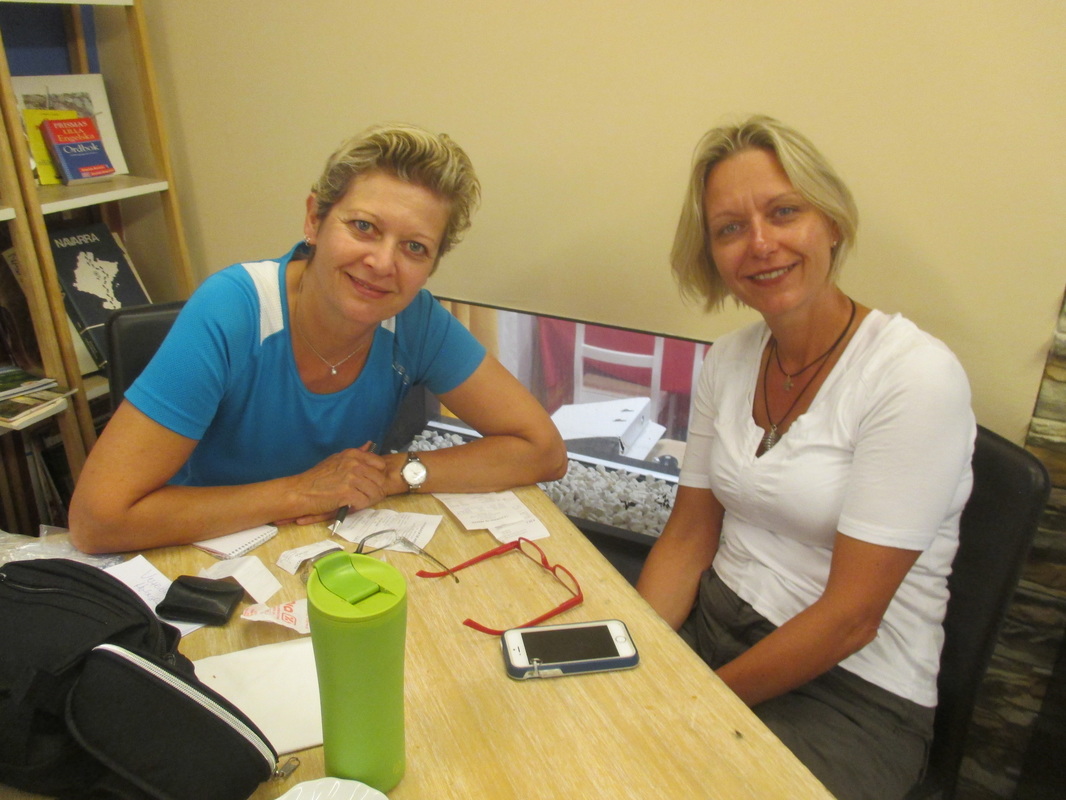
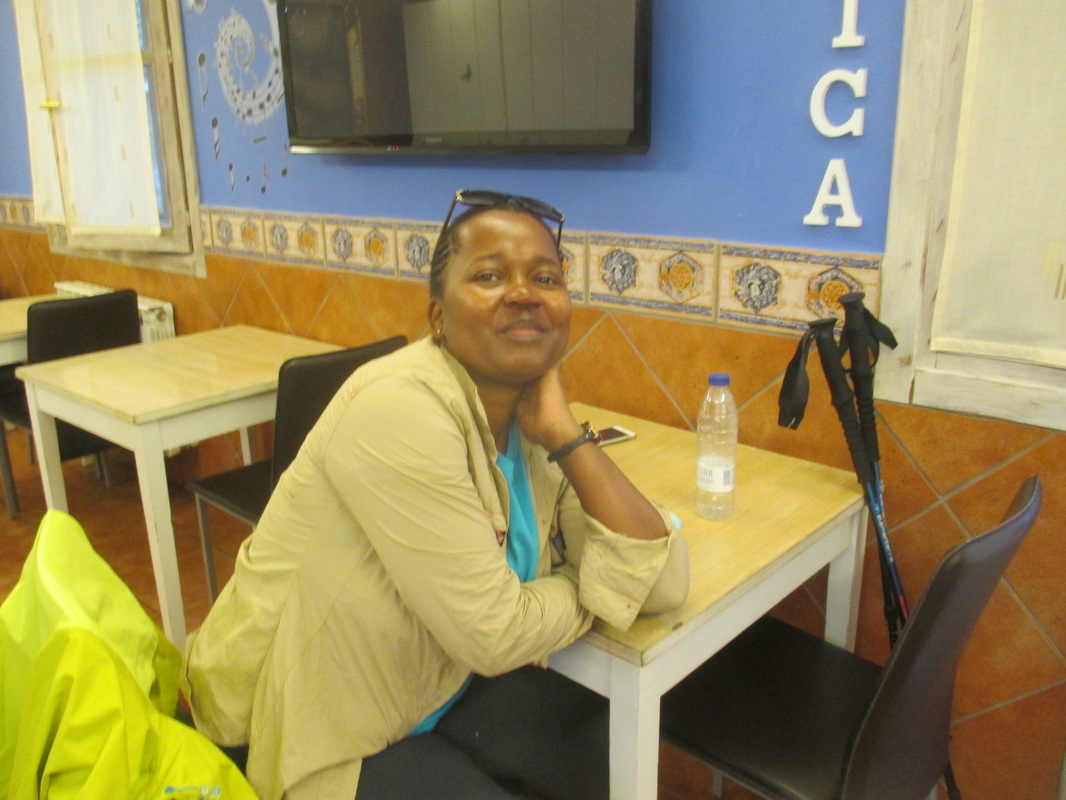
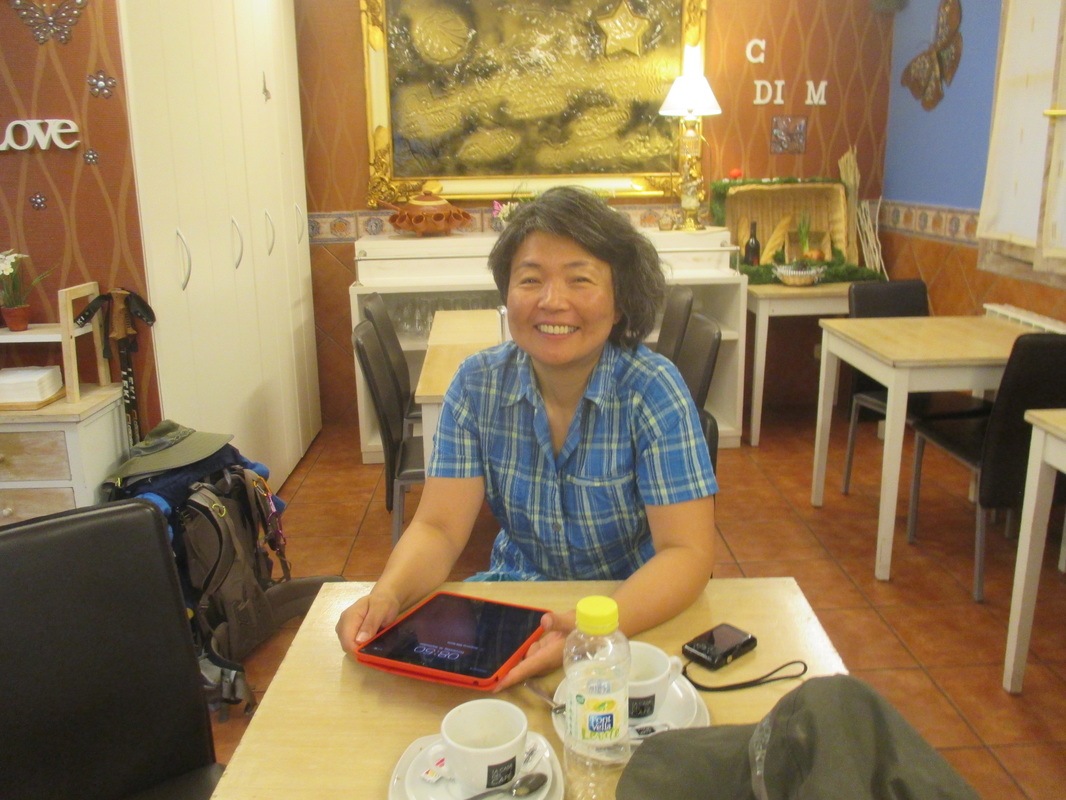
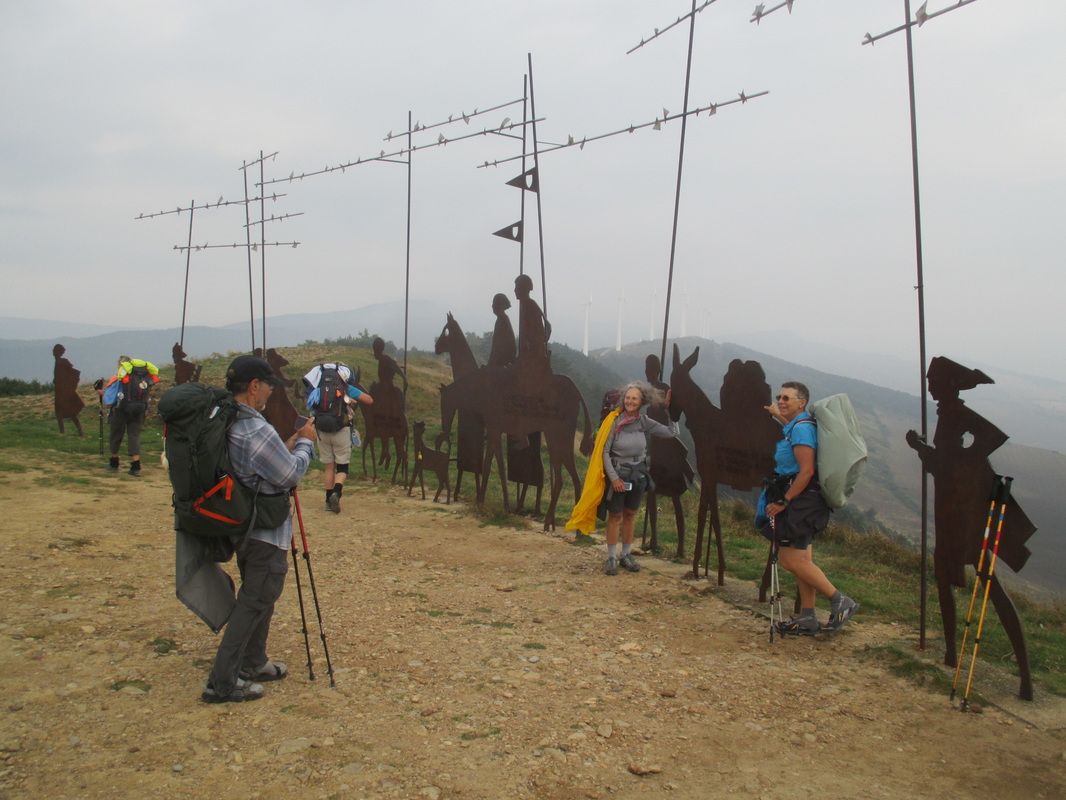
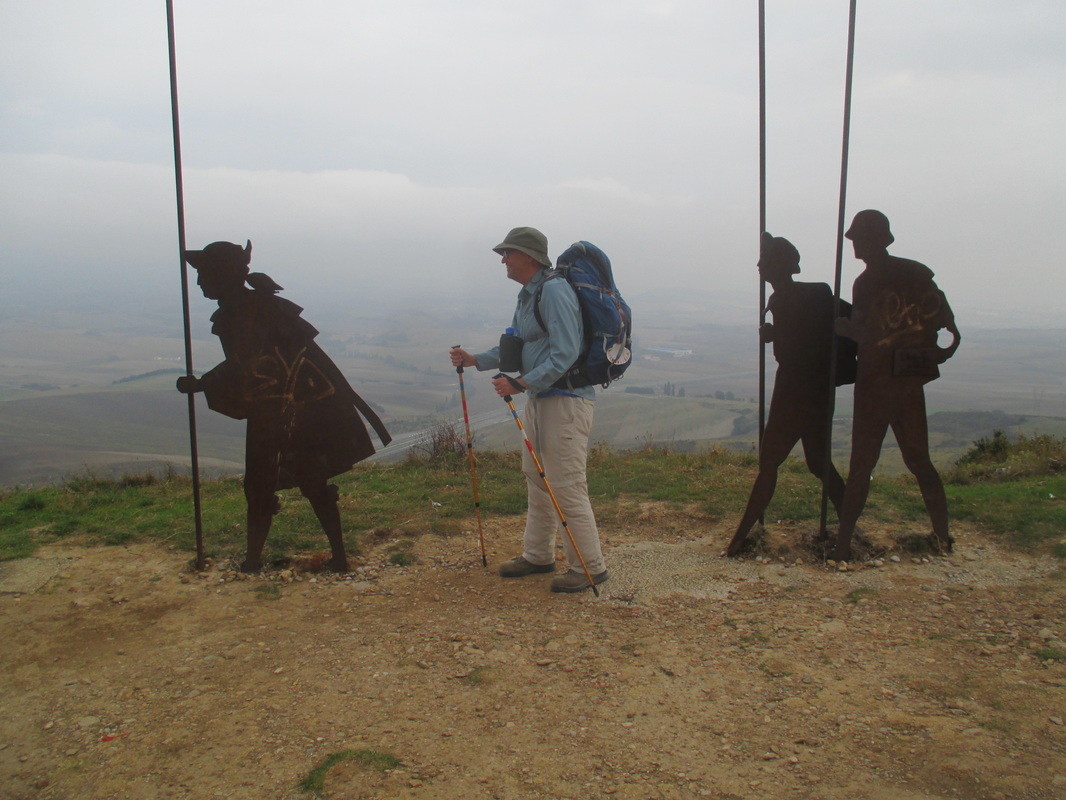
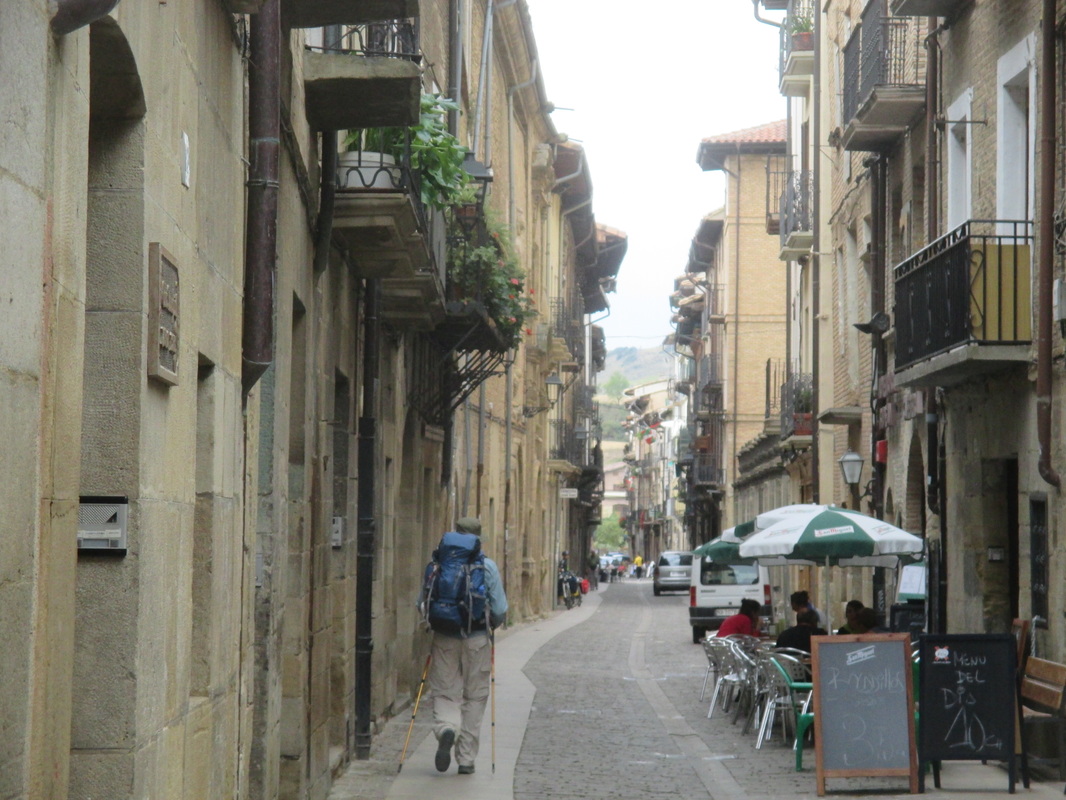
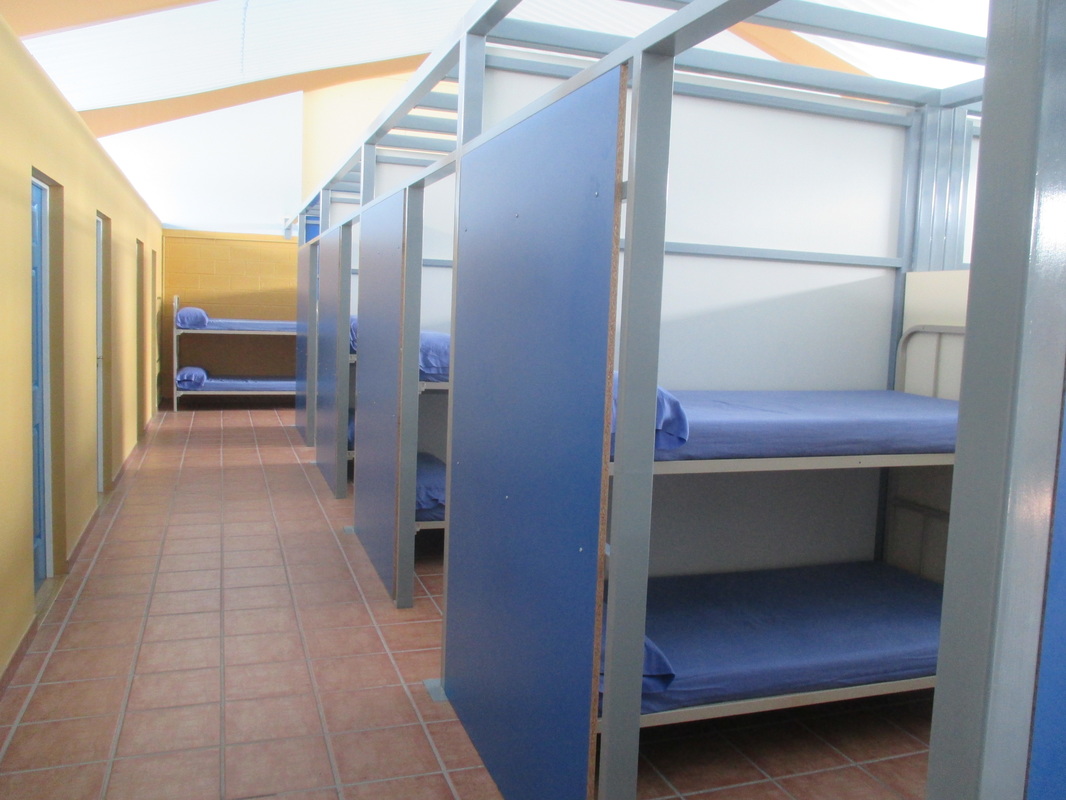

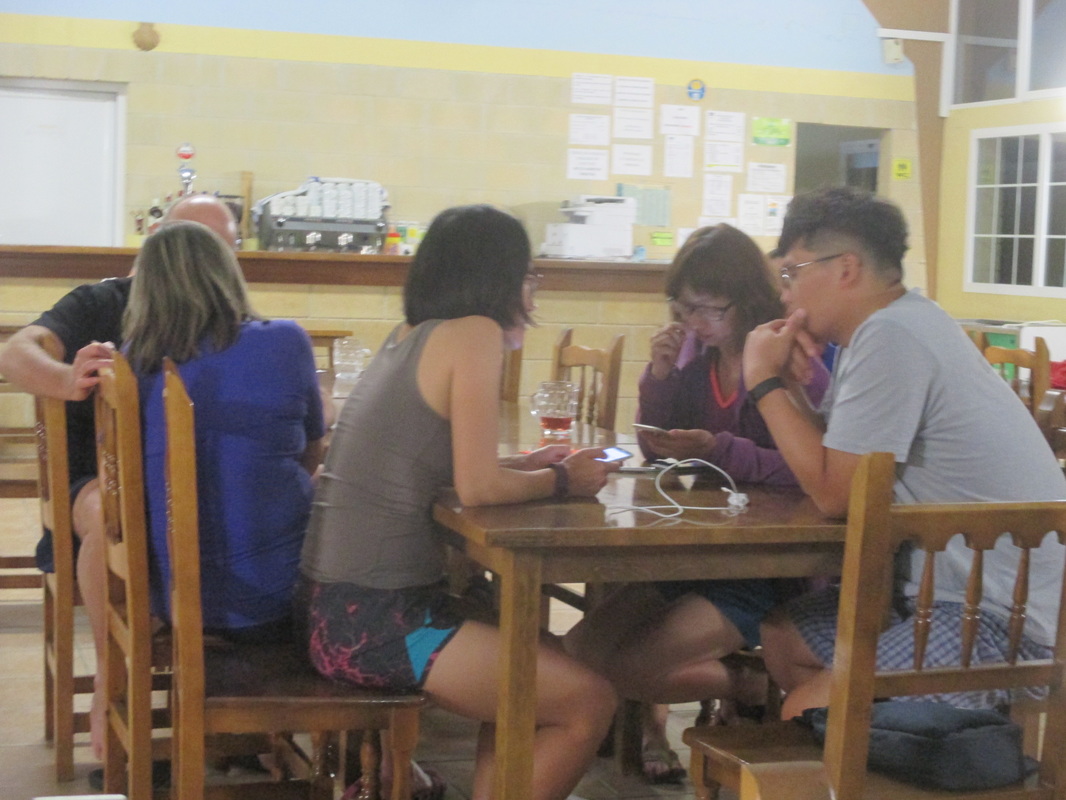
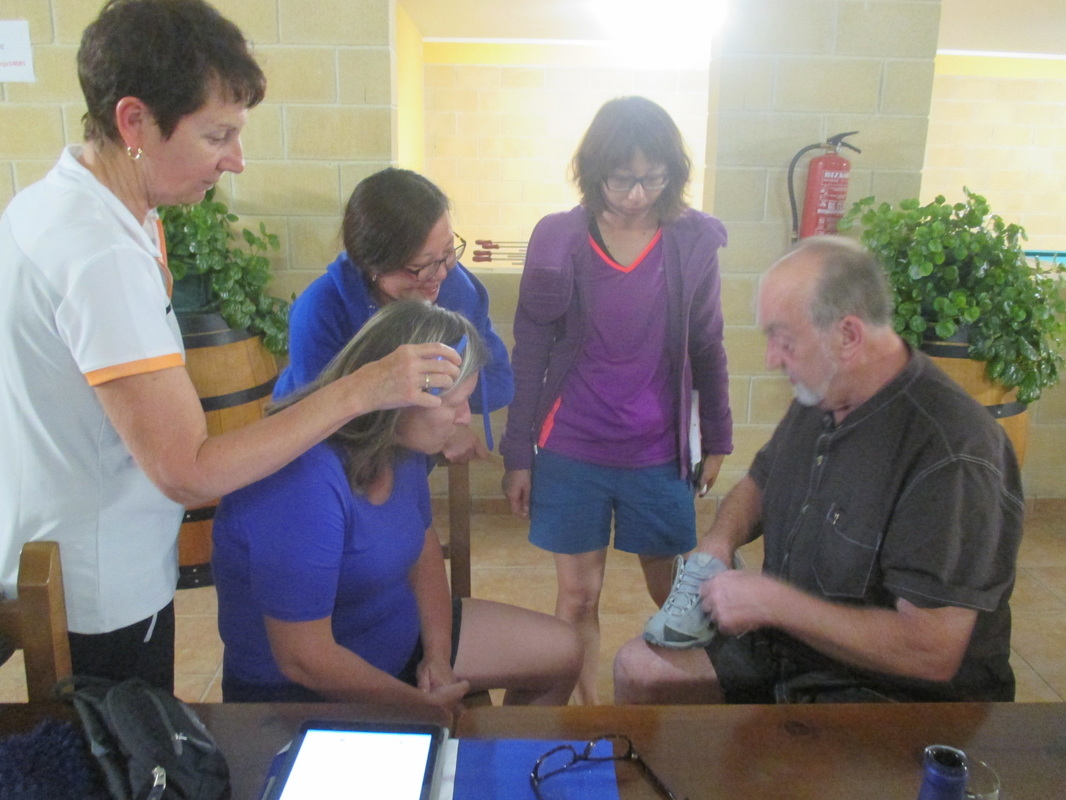
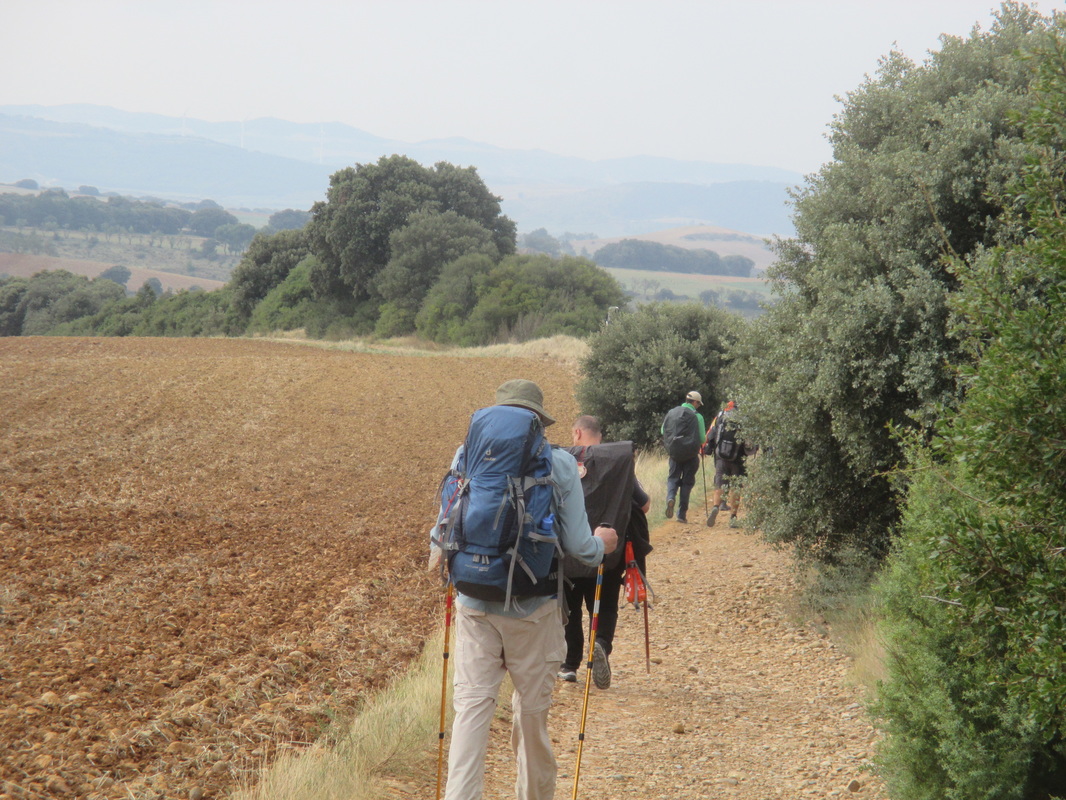
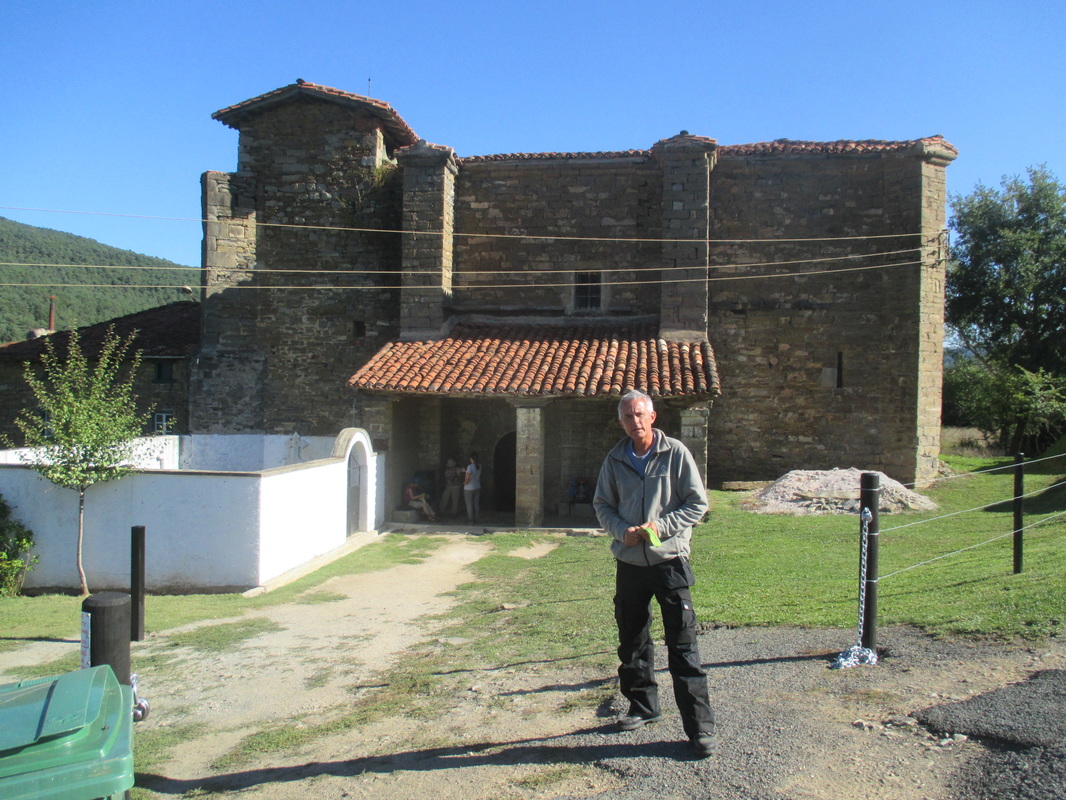
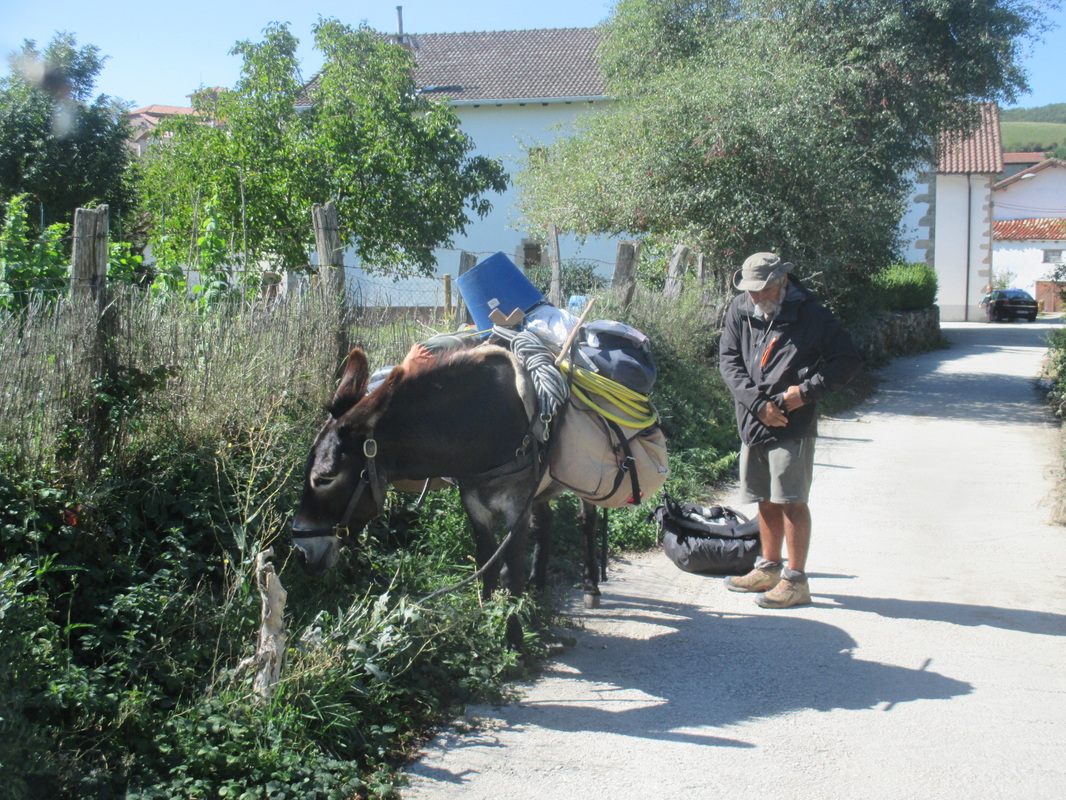
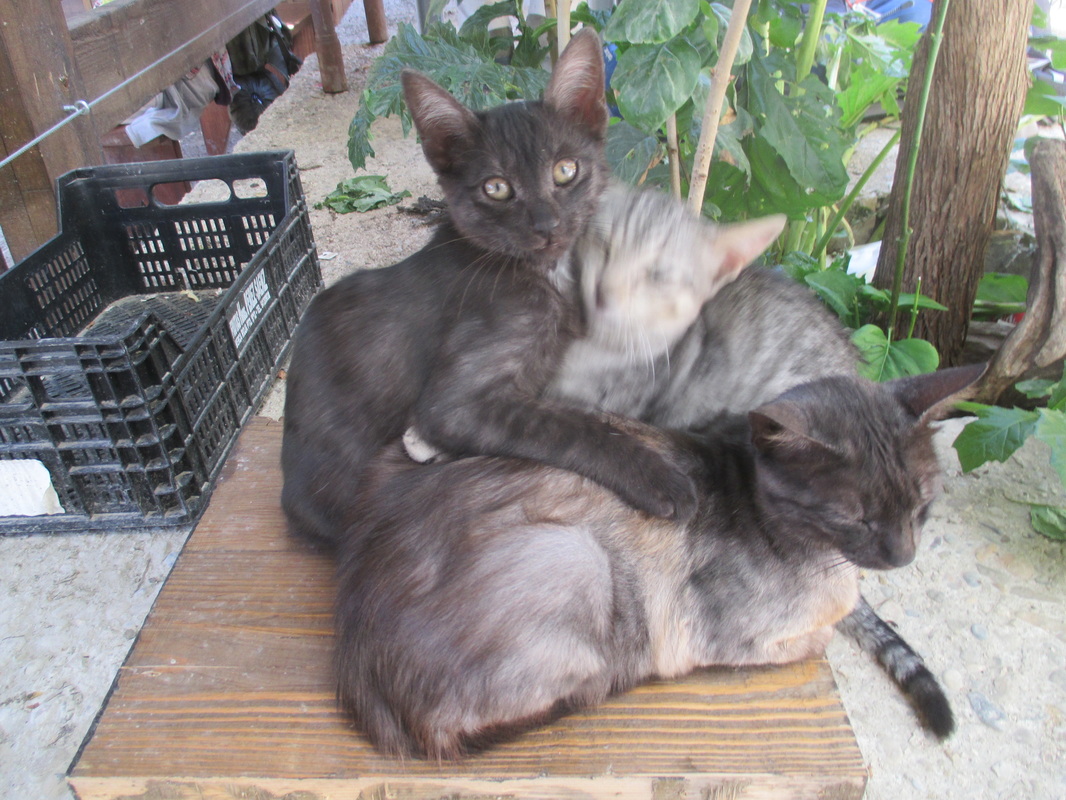
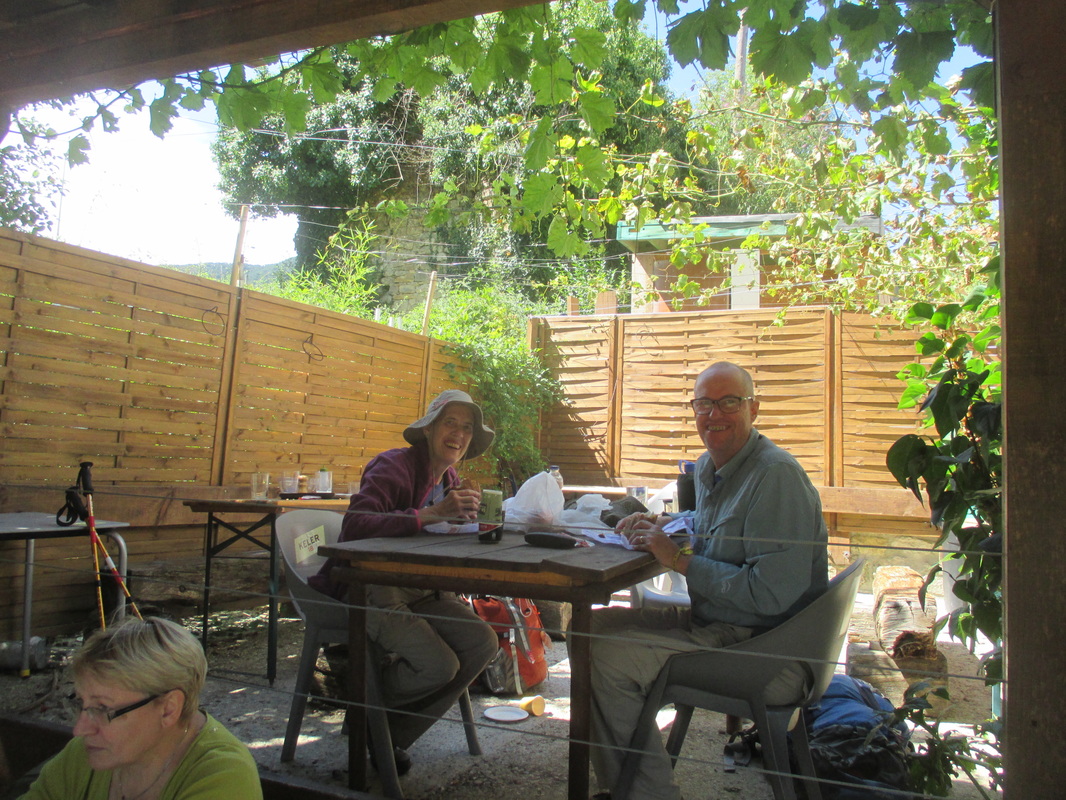
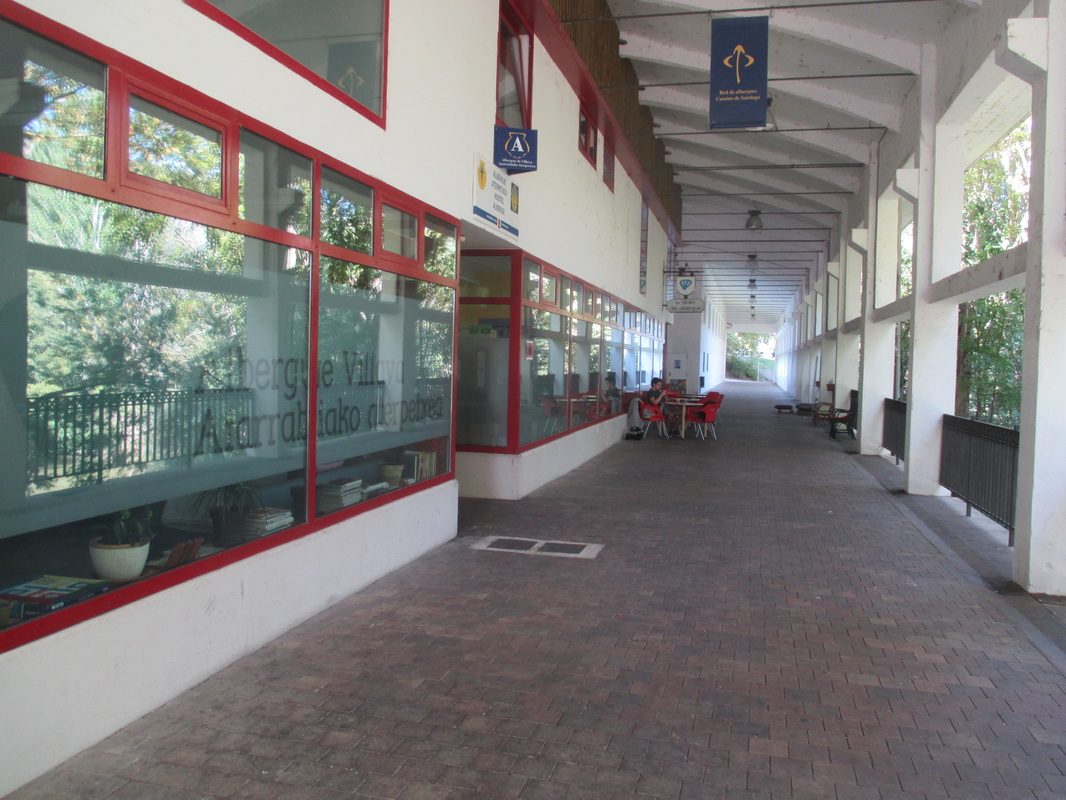
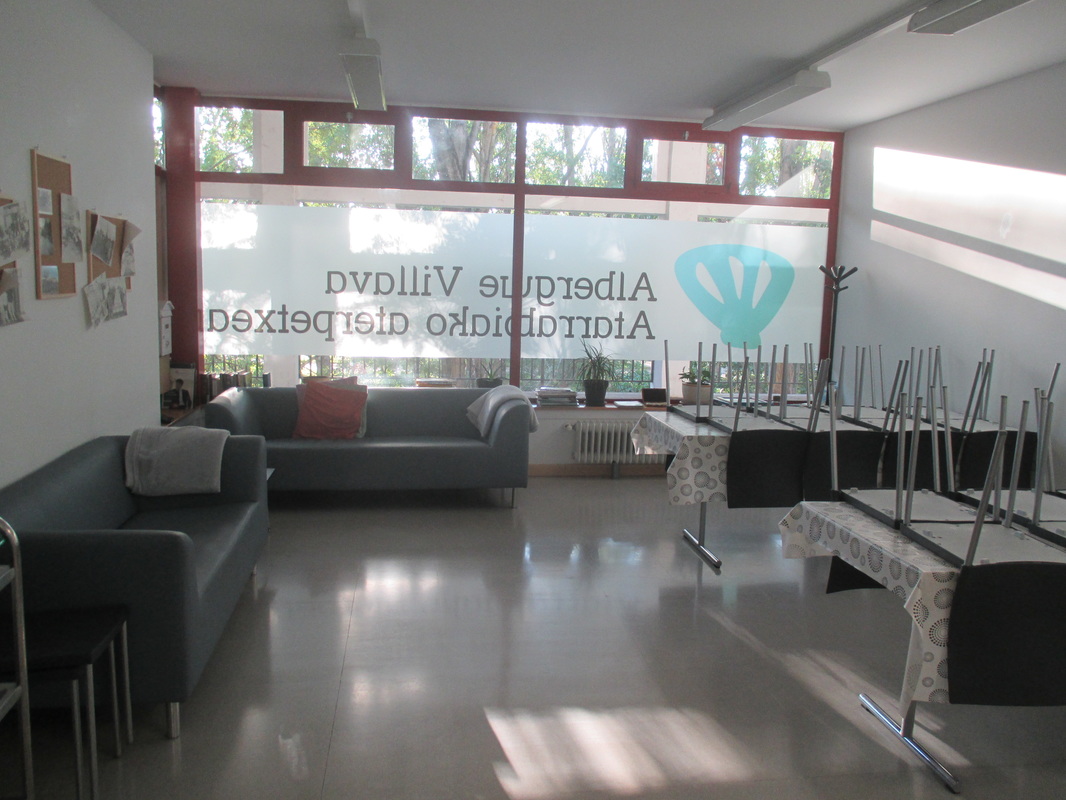
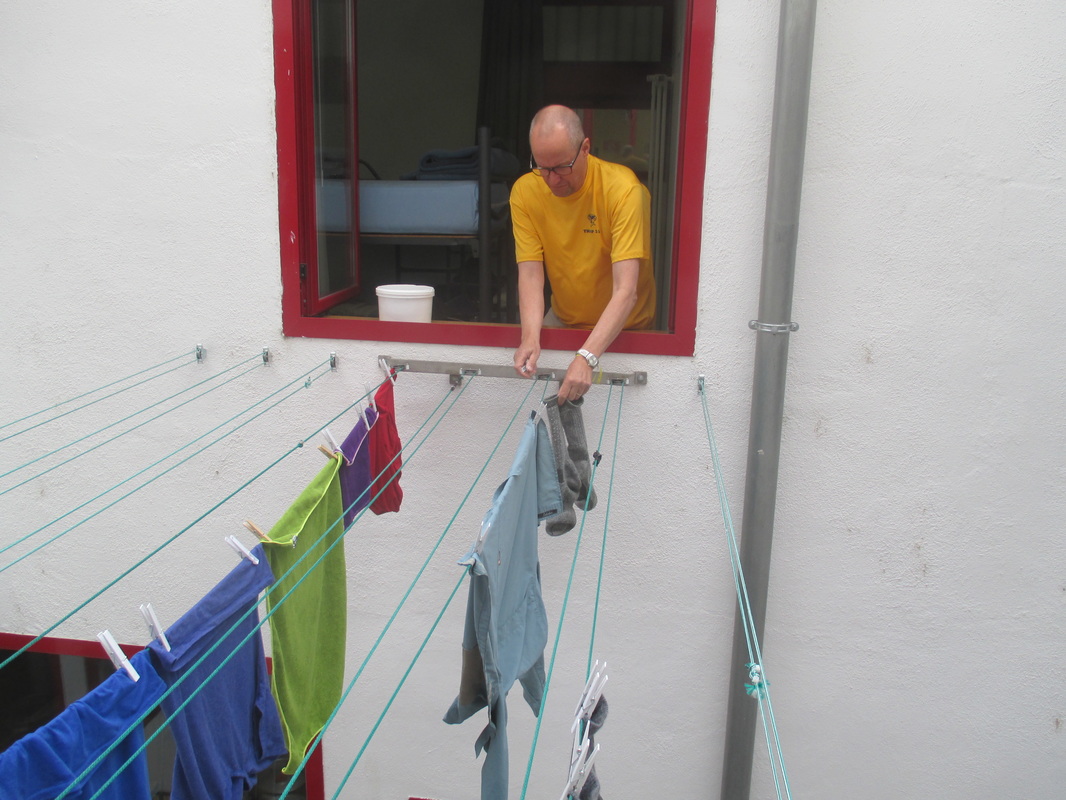
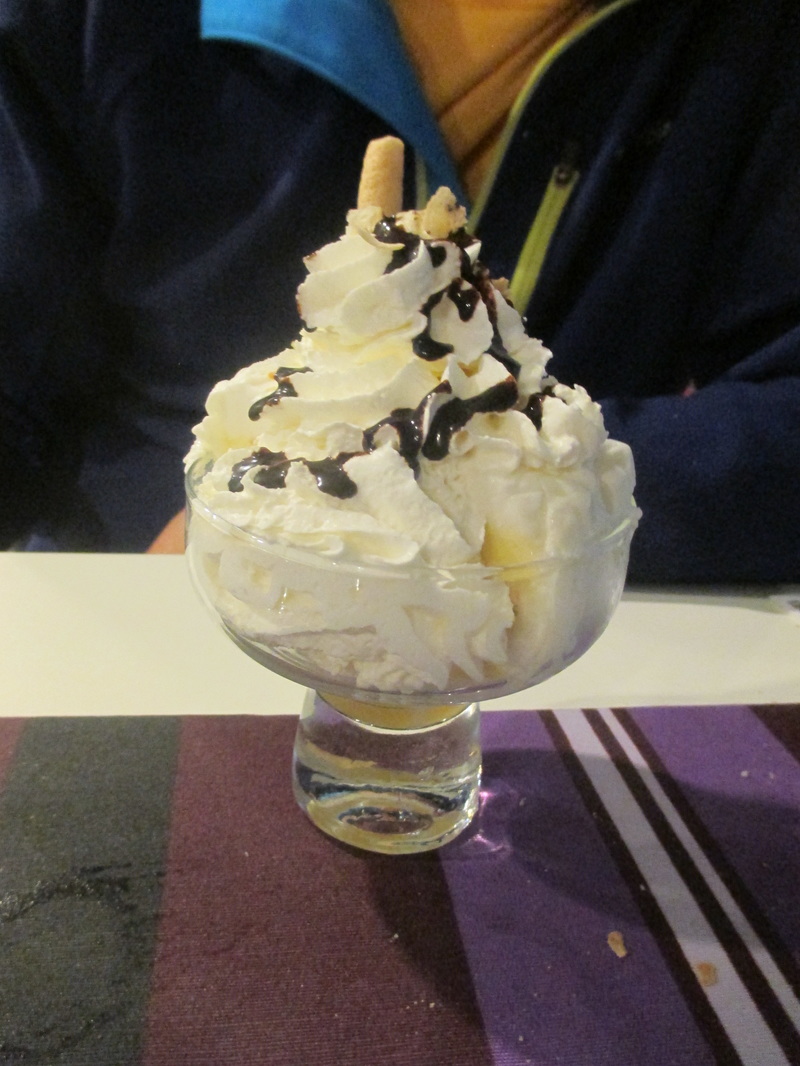
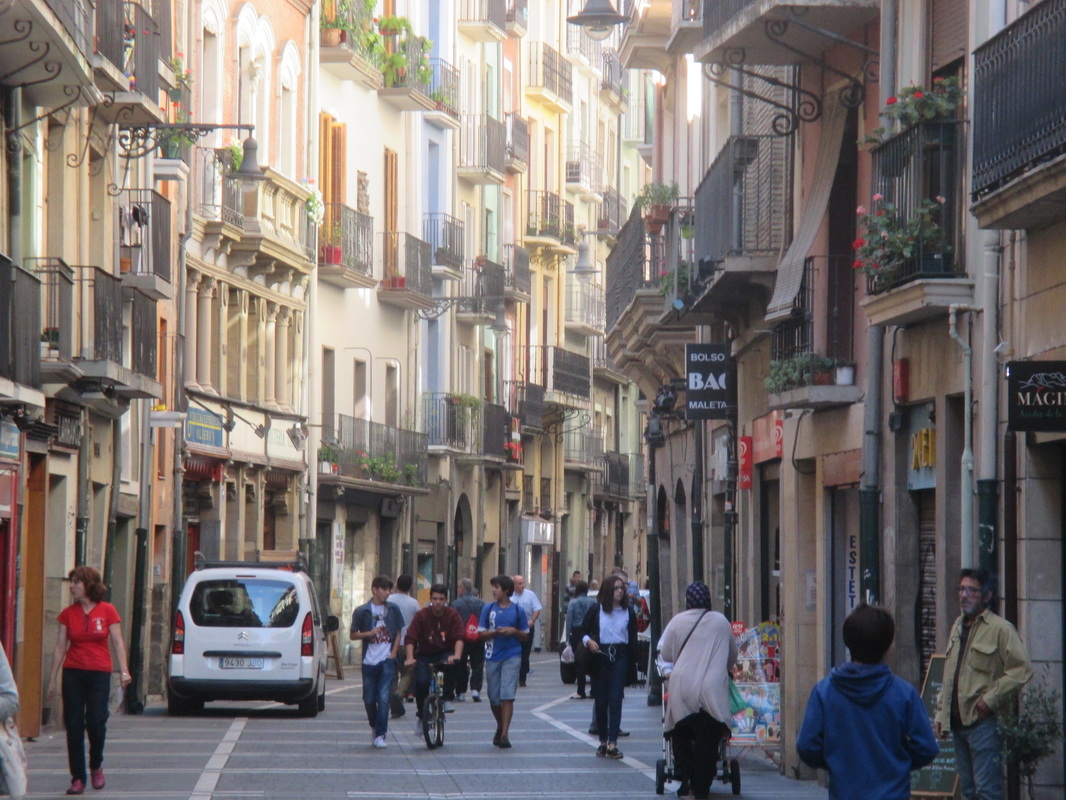
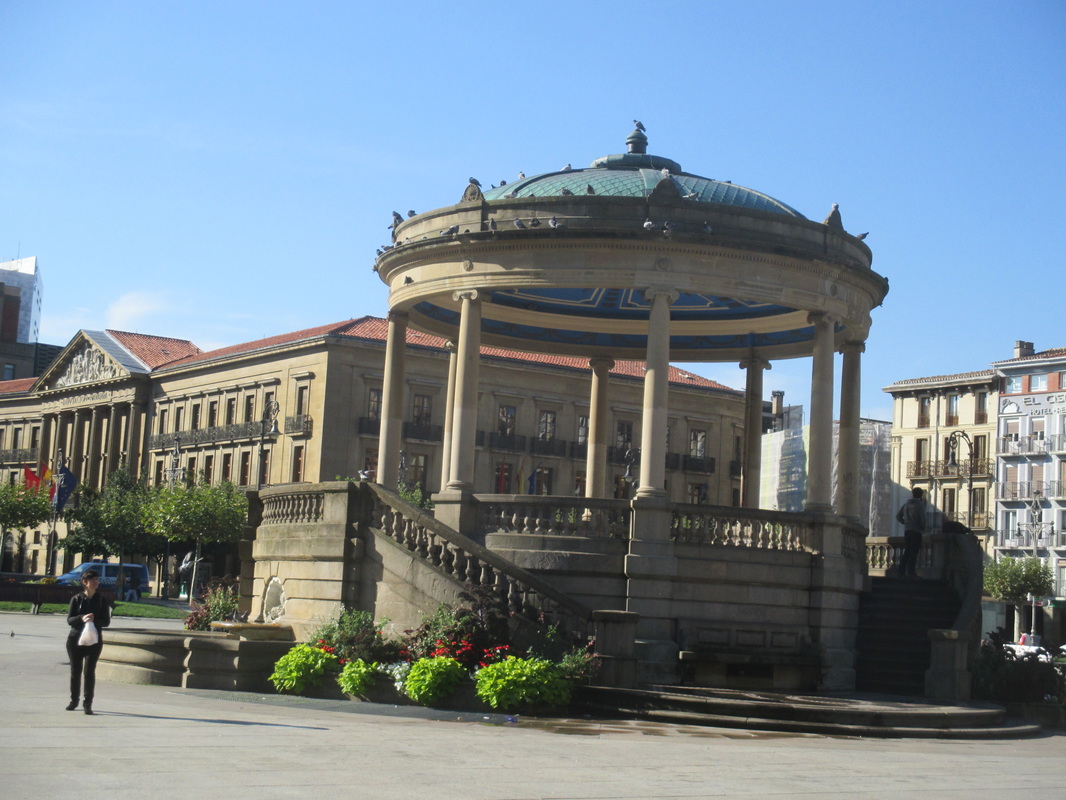
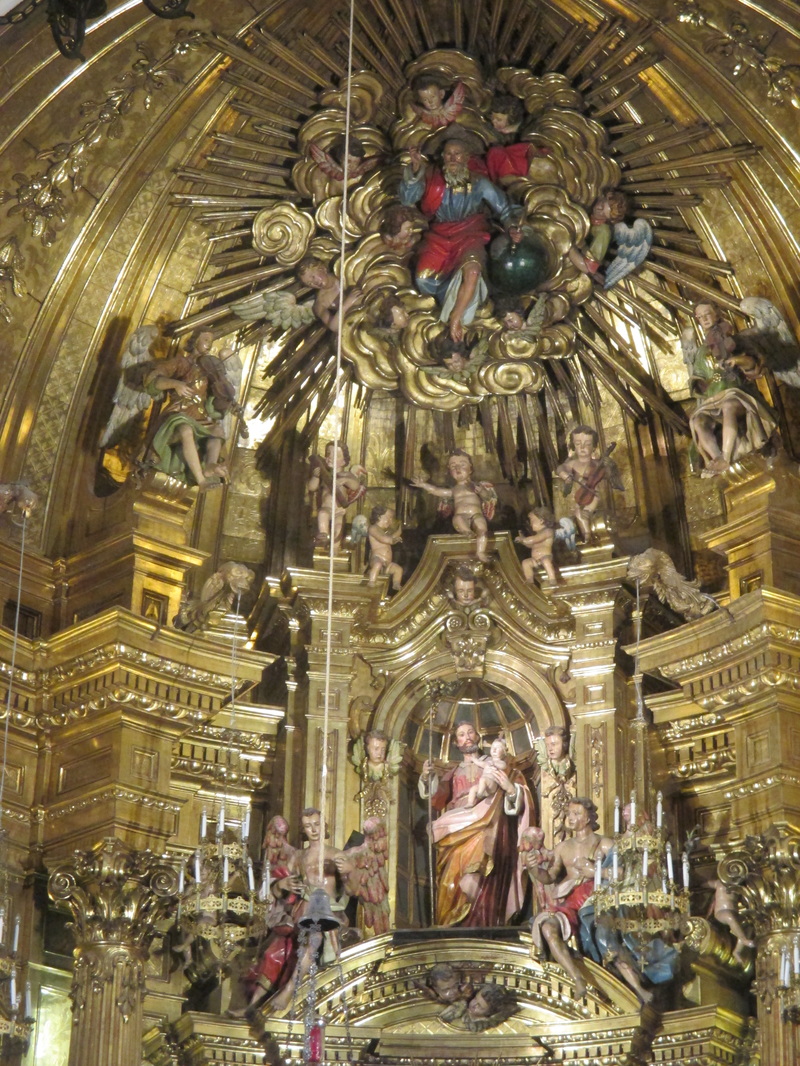
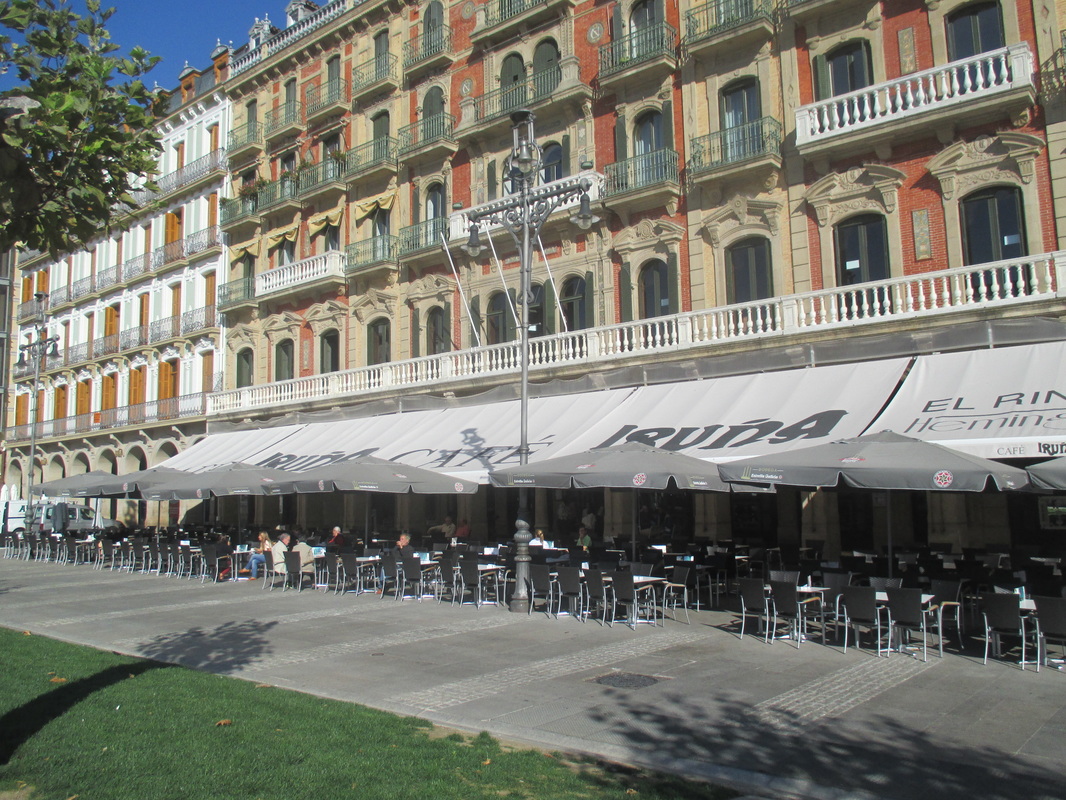
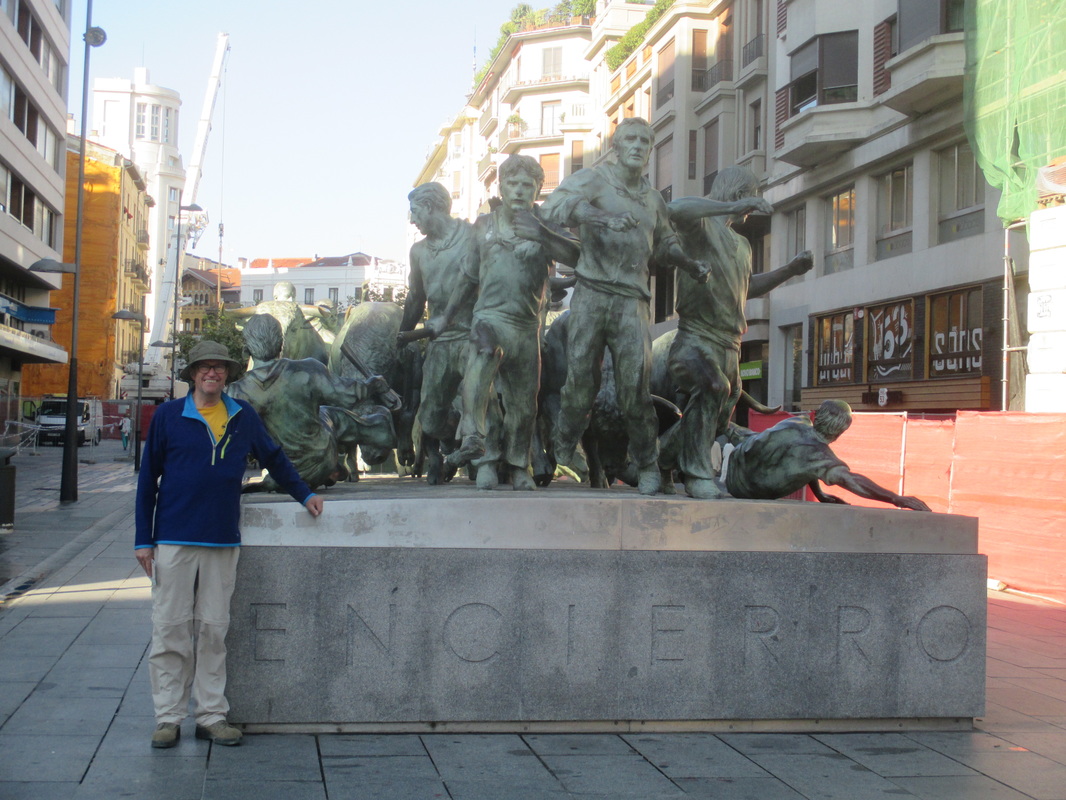
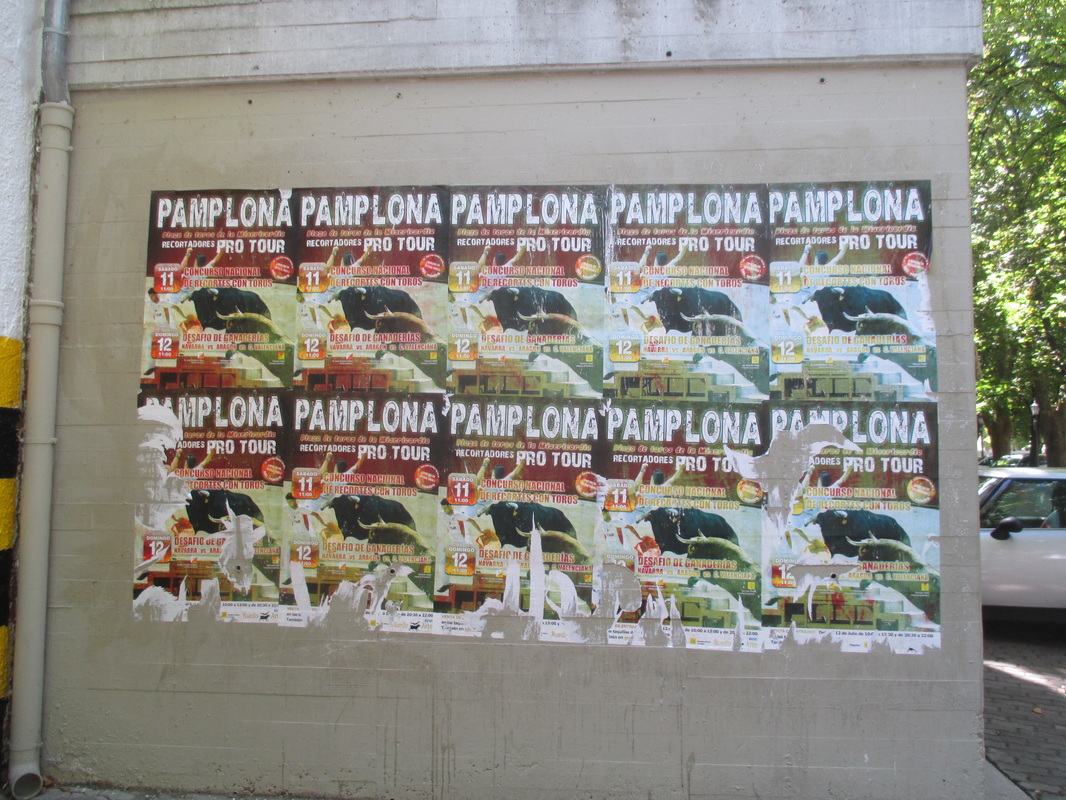
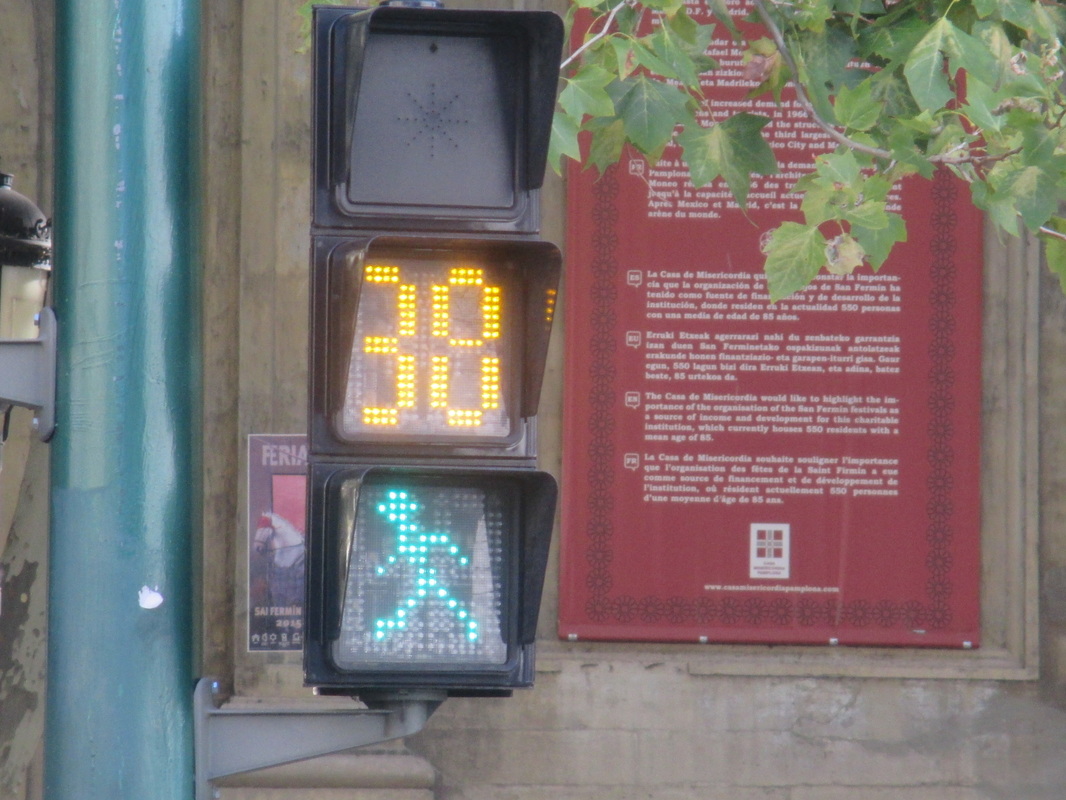
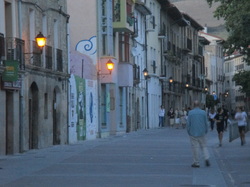
 RSS Feed
RSS Feed

